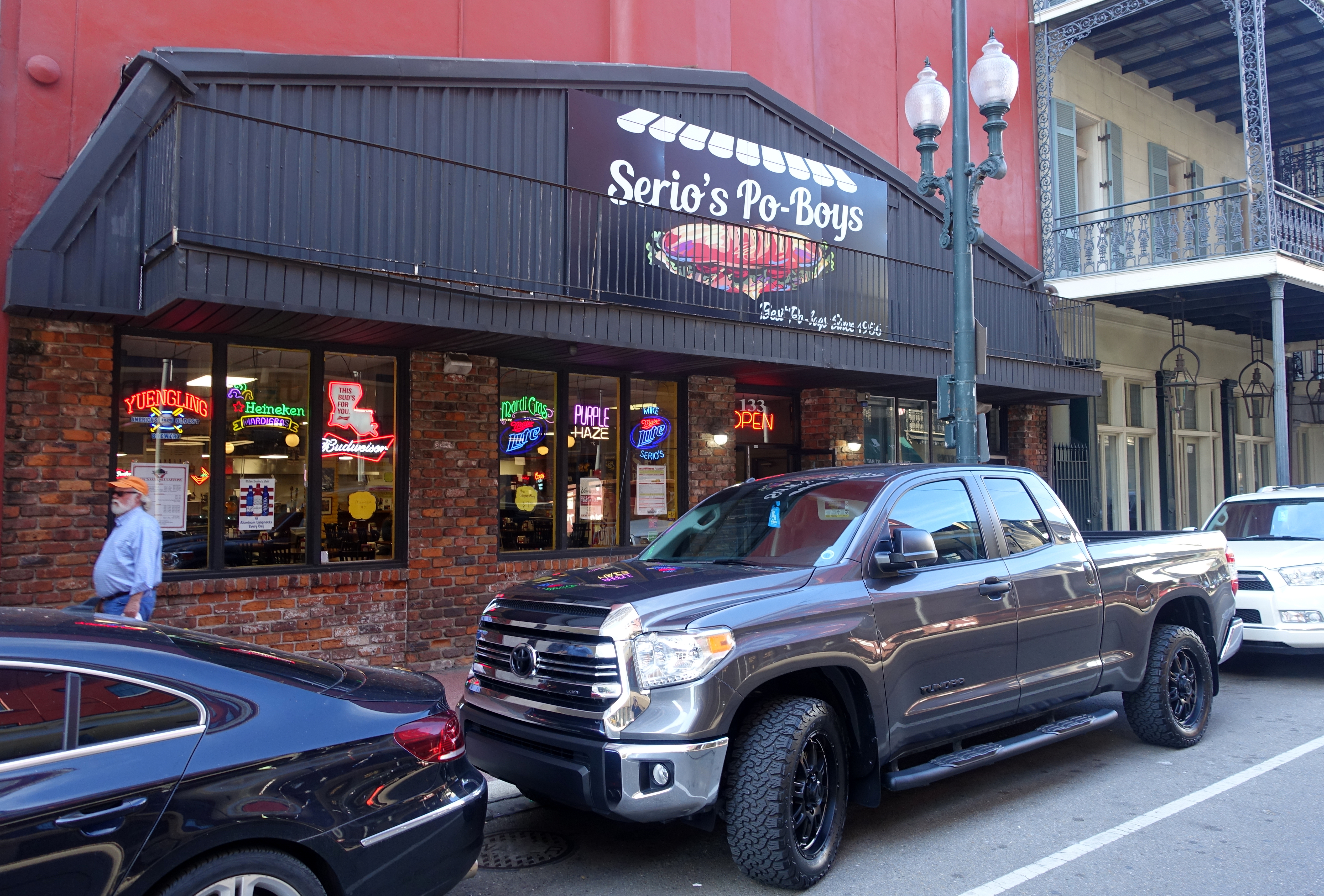One of the great pleasures of travelling across Europe by train is spending time in some very beautiful, and often quite historic, railway stations. Apart from being examples of magnificent architectural design, many of the best stations are reminders of an era when train travel enabled passengers to explore new countries and cultures. With good reason they were often seen as railway ‘temples’ or ‘cathedrals’.
Below are ten of the most beautiful railway stations selected we have enjoyed on our recent travels.
1. London St Pancras.
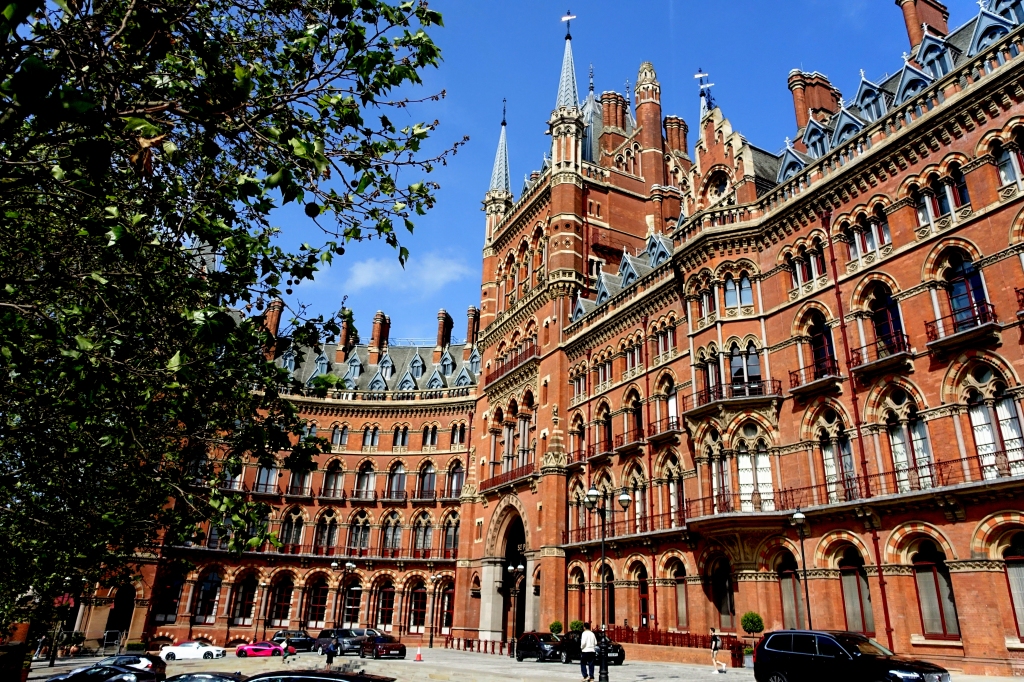
As the home of Eurostar, the commencement of many of our European adventures, but principally because of its magnificent splendour, it seems appropriate to begin with St Pancras.
Many of the major termini of railways built in the 19th and early 20th century featured a showpiece hotel adjacent to the main station. St Pancras is fronted by the splendid gothic Midland Grand Hotel, designed by George Gilbert Scott and first opened in 1873. Having closed for hotel guests in 1935 and fallen into disrepair, the hotel was threatened with demolition until being protected by being given a Grade 1 listing in 1967 . Eventually, the hotel re-opened in 2011, after an extensive programme of restoration.

The main station also survived demolition, and was restored to its former glory in 2007 to coincide with it succeeding Waterloo as the Eurostar terminal. St Pancras boasts a superb roof which spans five tracks and when it opened in 1868, was the largest single span roof in the world. The station’s striking red walls contain over 60 million bricks (see https://stpancras.com/history/creating-an-icon for an historical overview), which indicates the huge effort which went into its construction. As part of its restoration programme a range of interesting works of art have been installed which provide a more contemporary edge.
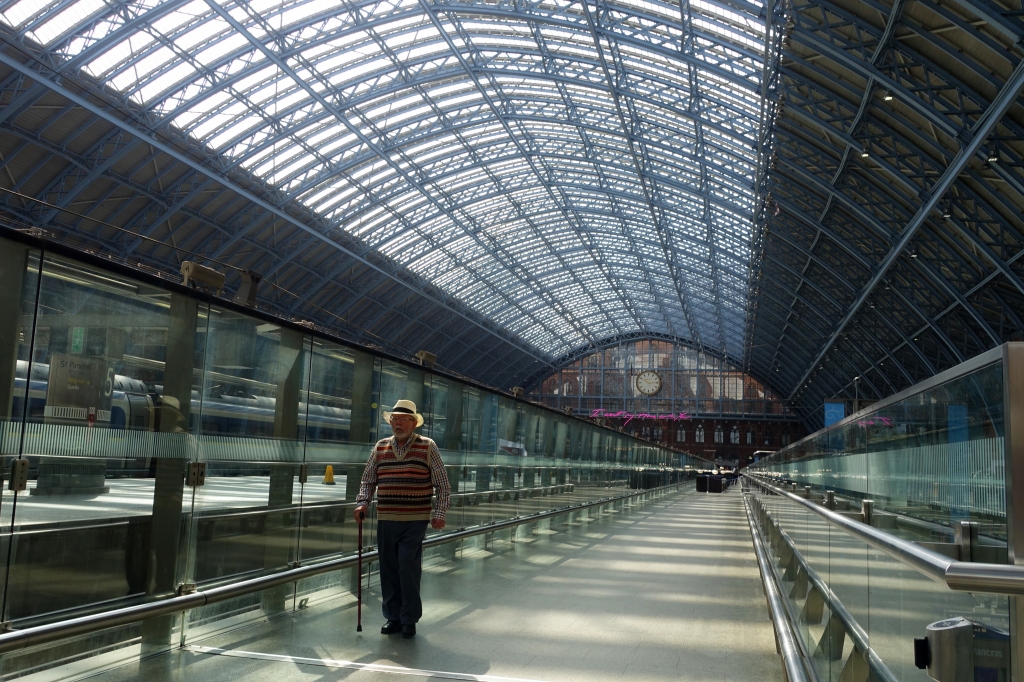


2. Sao Bento, Porto
Opened in 1916 on the site of a former convent, and inspired by French architectural style, the station is renowned for its display of 22000 Azulejo tiles which are a distinctive feature of the Porto landscape. They depict notable scenes form Portuguese history.
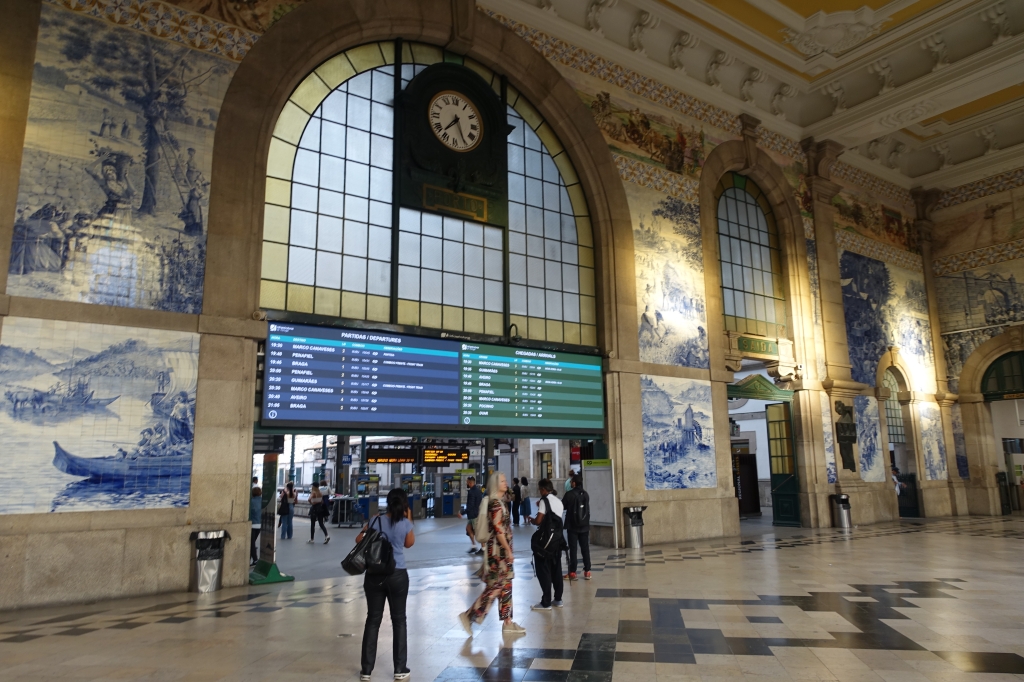


The station is situated in the heart of Porto’s historic urban centre, alongside old dwellings which cascade down its hilly streets. The completion of the station was delayed by several years because of a landslide at the opening to the tunnel leading to the station. To add to the historic flavour, vintage trams still haul passengers up the steep neighbouring streets.

3. Helsinki
Since it was completed in 1914, Helsinki station has been heralded as one of the most beautiful railway stations in the world.
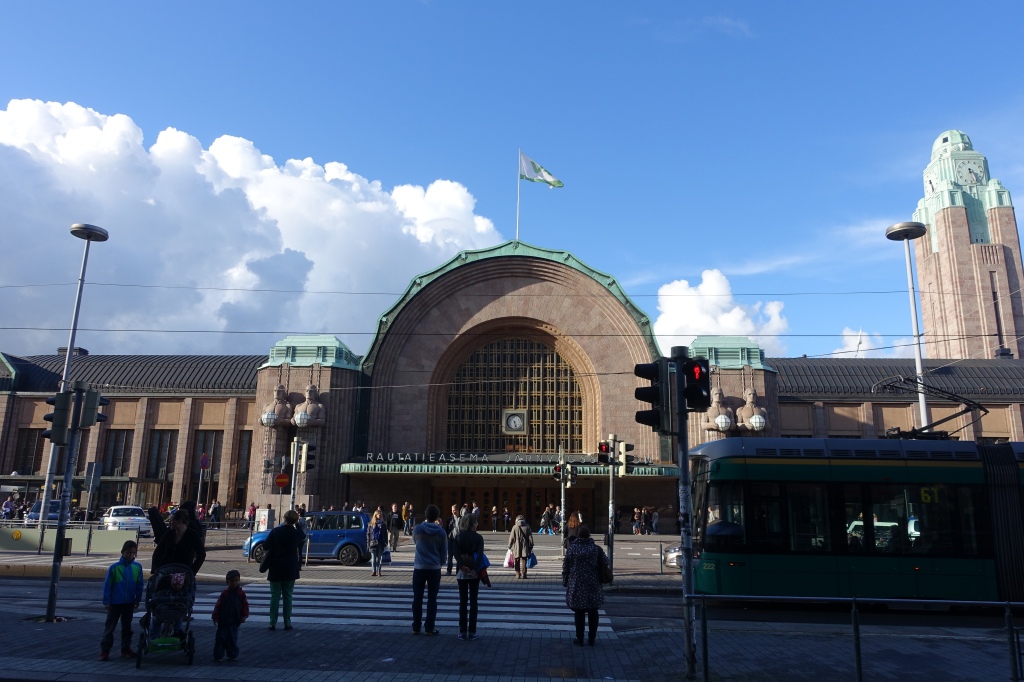

As well as the adjoining tower, the station’s striking granite facade is notable for being flanked by statues of four lantern bearers, otherwise known as the ‘stone men‘
The interior is just as impressive, as illustrated by the palatial vaulted reservations/waiting room.

4. Bilbao-Concordia
The much photographed facade of the station which overlooks the Nervion River is a beautiful example of Belle Epoque (art nouveau) architecture which was popular when it opened in 1902. We encountered the station as the final stop on the Narrow guage FEVE railway which traverses northern Spain, linking Bilbao with Ferrol in Galicia.


The future of the station is in doubt, as there are plans to move all its services to the adjacent Bilbao-Abando station. Although relatively modern, Abando proudly boasts one of the most beautiful stained glass windows to be found in any of Europe’s railway stations. Designed by Gaspar Abando, and completed in 1948 by the union of Irun Glaziers, the great stained glass window of Abando’ depicts what is meant to be a typical scene of Basque industrial workers.
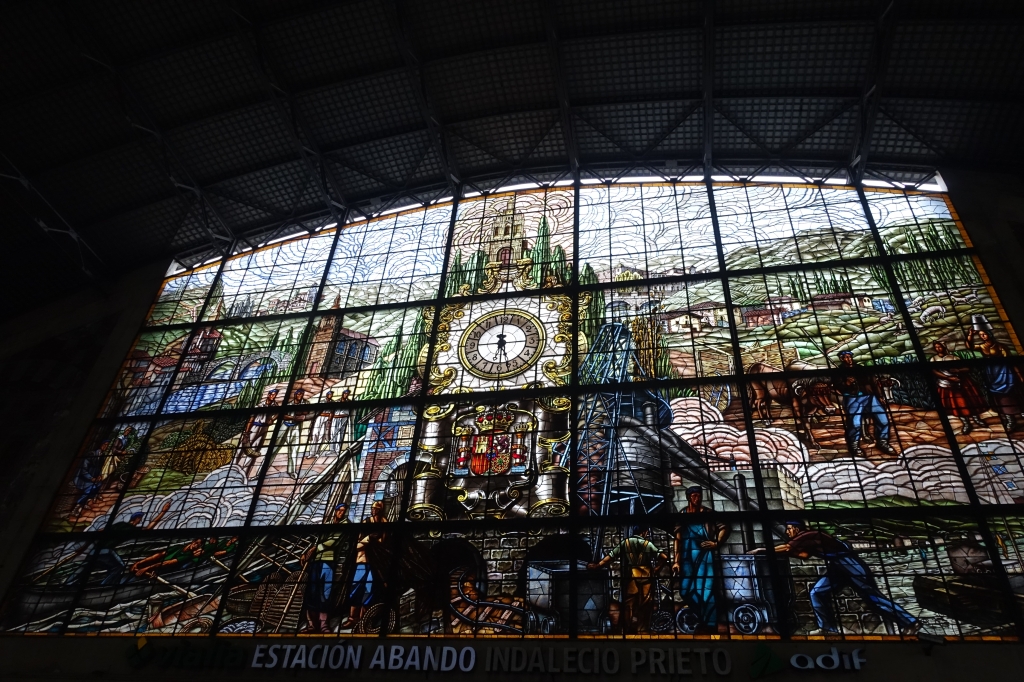
5. Leipzig
Leipzig Hauptbahnhof is Europe’s largest railway station. Its facade is almost 300 metres wide and inside there are 19 platforms
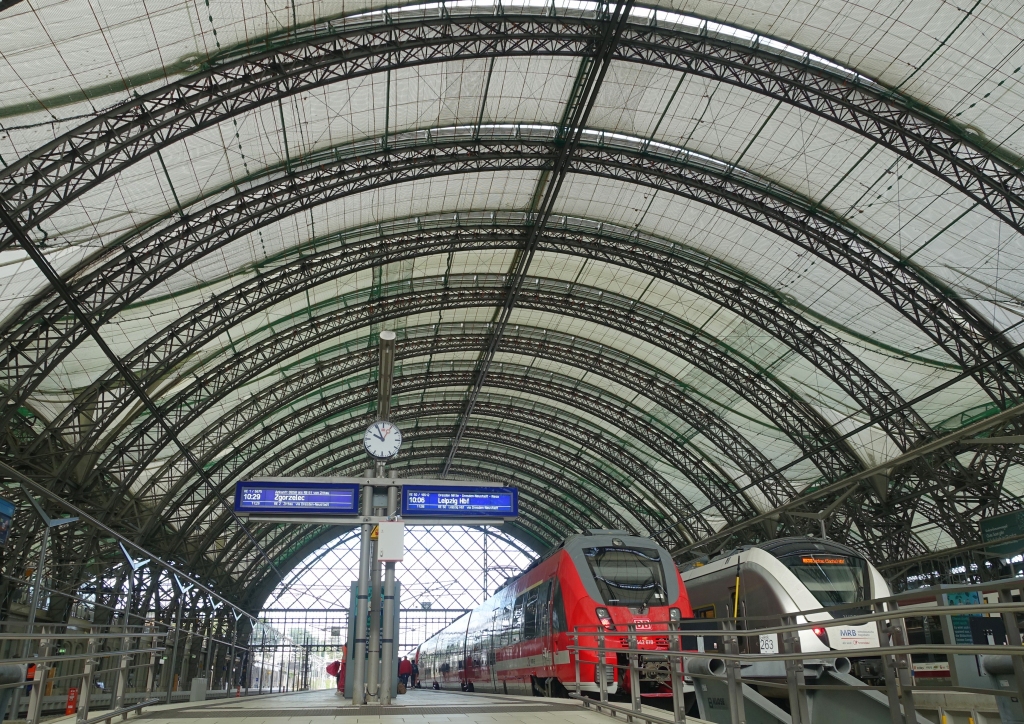
On arrival, it’s scale and design is quite awe inspiring, an impression quite hard to capture in one image.
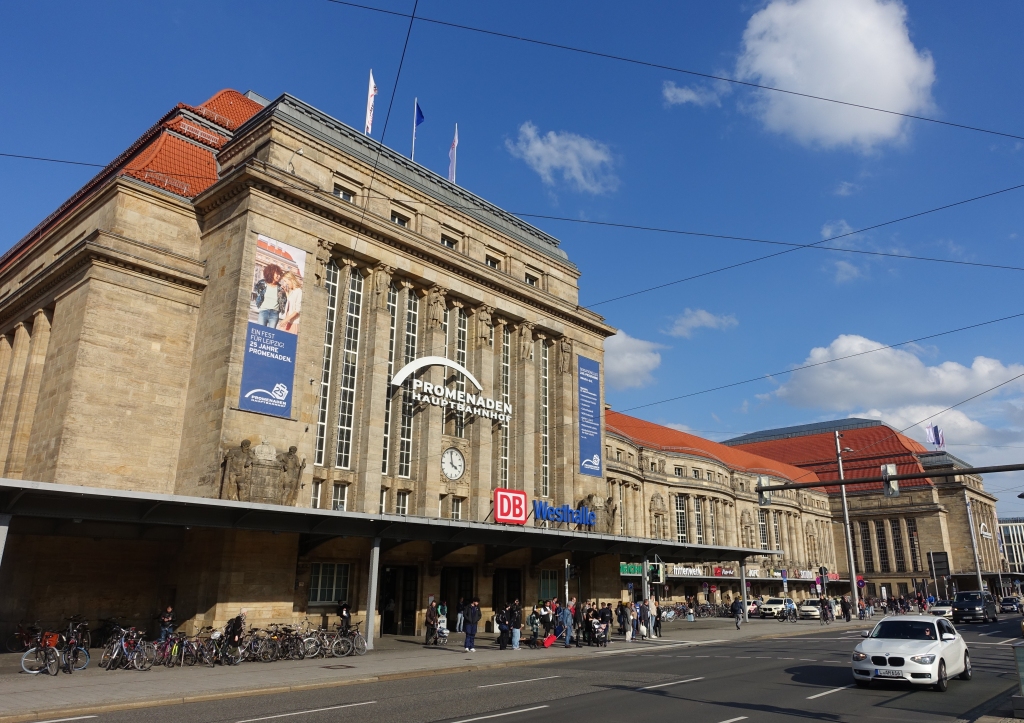
This picture shows the two main reception frontages book-ending the station facade. There are two identical entrance halls and concourses because the station originally served two state railway networks – Prussia and Royal Saxony, whose trains had to use separate platforms and sections of the station.

6. Antwerp
Opened in 1905, the station is dubbed as the ‘Middenstatie‘ or ‘Railway Cathedral’ by Antwerp’s citizens.
As soon as you disembark, Its beauty is apparent on approaching the main entrance hall whose grandeur matches many a cathedral.
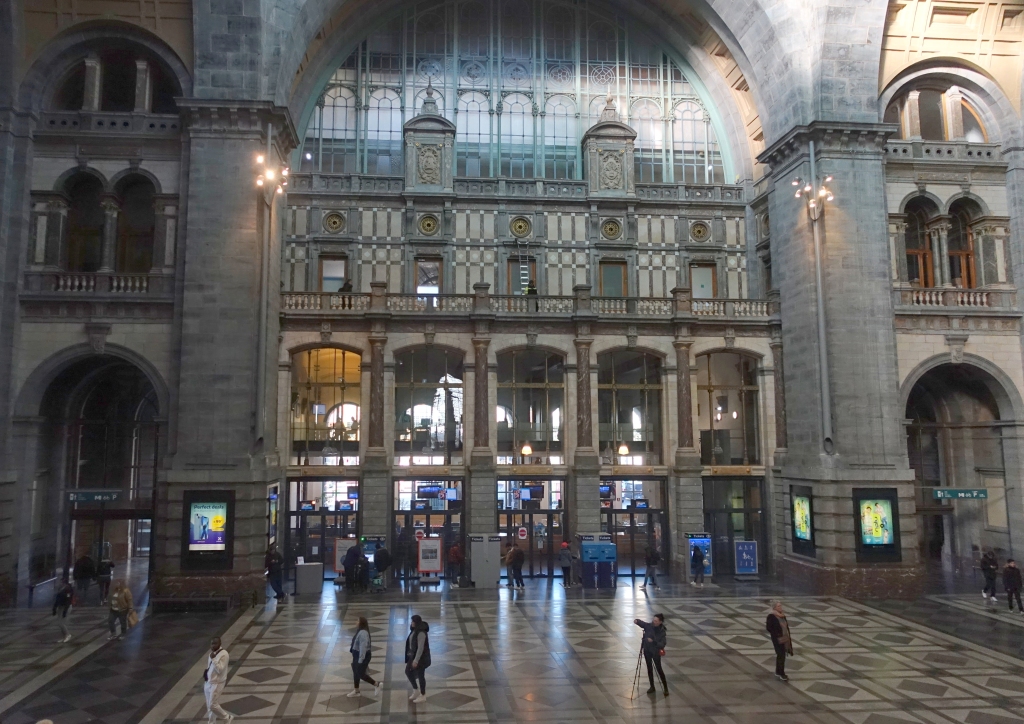
Even the station buffet is magisterial

7. Rotterdam
As befitting a city with an array of interesting modern architecture, Rotterdam’s railway station is very eye-catching and deserves the plaudits and awards bestowed upon it since its opening in 2014. Its bright, airy and bustling main concourse provides a very welcoming arrival in the city.


8. Kyiv
We were fortunate to visit the great city of Kyiv in 2019 prior to the Russian invasion https://culturescapes.blog/2019/07/07/ukraine-in-the-shadow-of-the-bear/
Arriving on an overnight train from Odesa, we marvelled at the baroque beauty of the 1932 station.


Internally, the majestic entrance hall towers over its passengers, and it is reassuring to know that it still functions effectively as a transport hub, despite all the disruption brought about by the war with Russia.

9. Glasgow Central
The original station was built over the site of a village in the 1870s, but soon proved too small to cope with passenger numbers, and was rebuilt over two levels, being completed in 1905. Although lacking much of a station frontage, the Glasgow Central concourse is very atmospheric with its dark wood panelling fronting offices, shops and cafes.

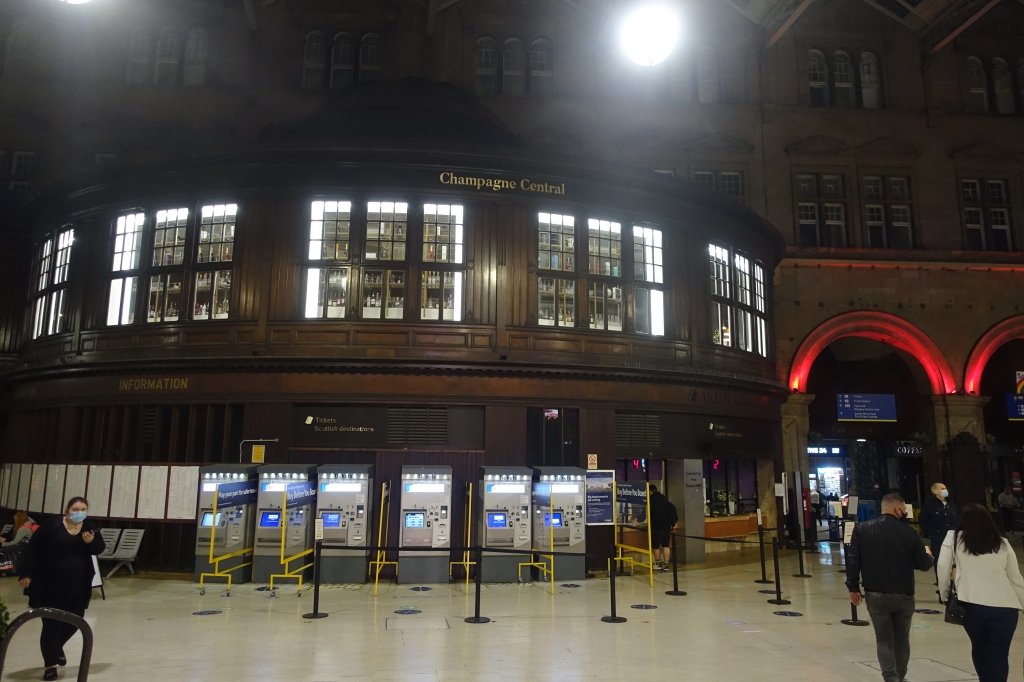




10. Wemyss Bay
We travelled the 25 miles from Glasgow Central to Wemyss Bay (pronounced Weemz) in order to catch the ferry to Bute. However, the station, an architectural gem, is worth visiting just for itself. Completed in 1903, it was designed to provide a sheltered walkway which led the passengers down to the ferry, whilst their luggage was taken by trolley on a separate passageway. It comprises a beautiful combination of glass and steel with a style inspired by the ‘arts and crafts’ movement of the time. To appreciate the full glory of its glass roof, it needs to be experienced on a sunny day.
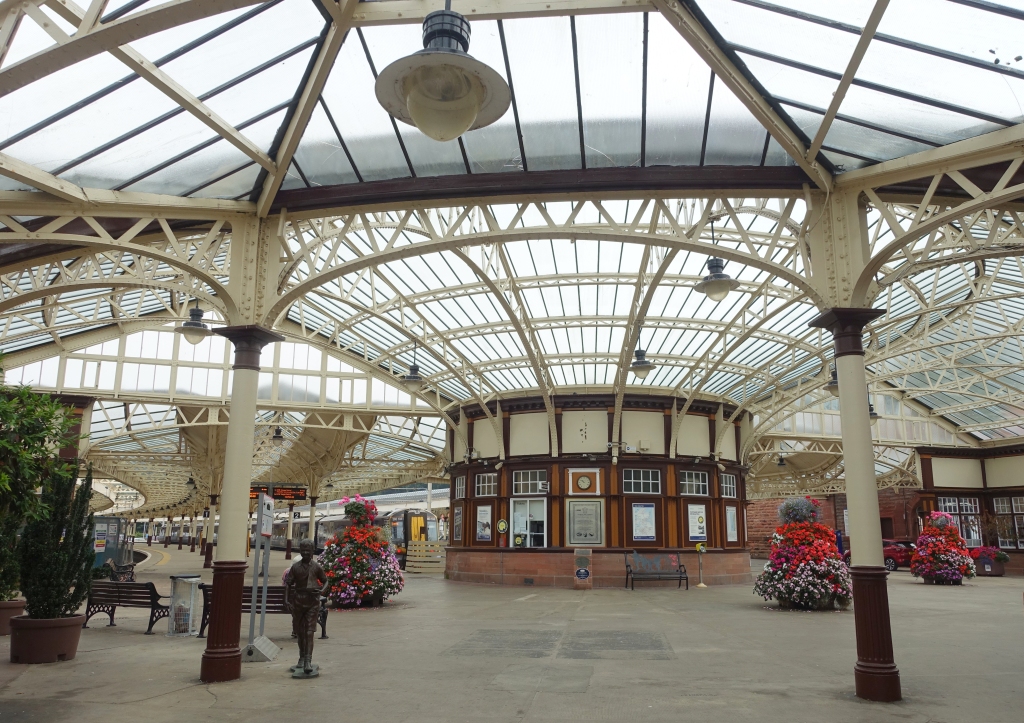


Choosing these 10 station has meant the omission of several worthy contenders. Here are a few others that came close:











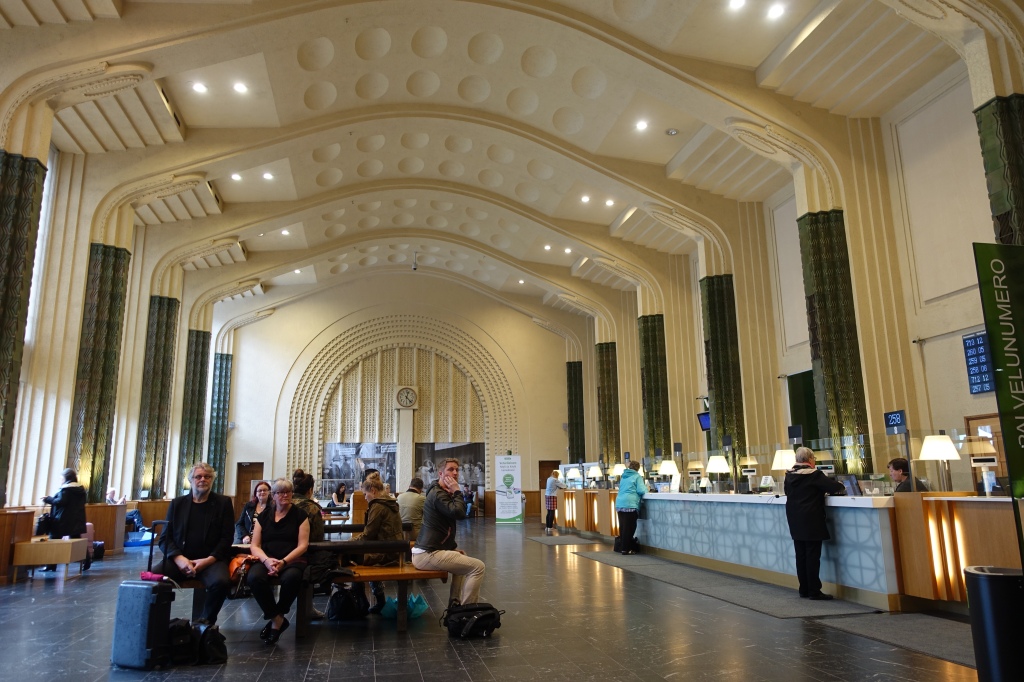










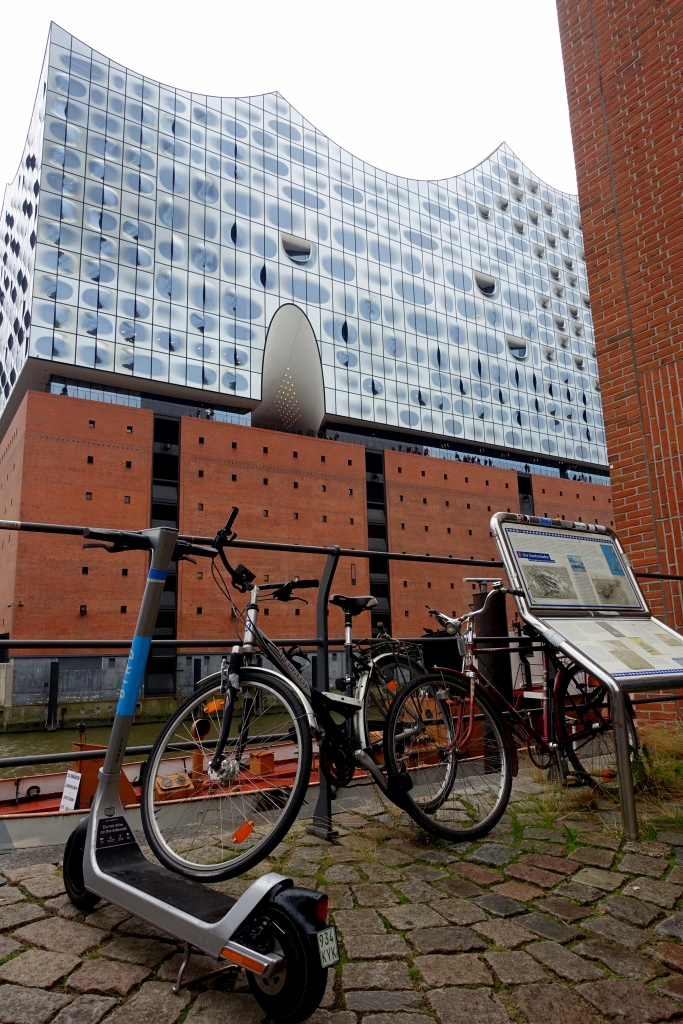
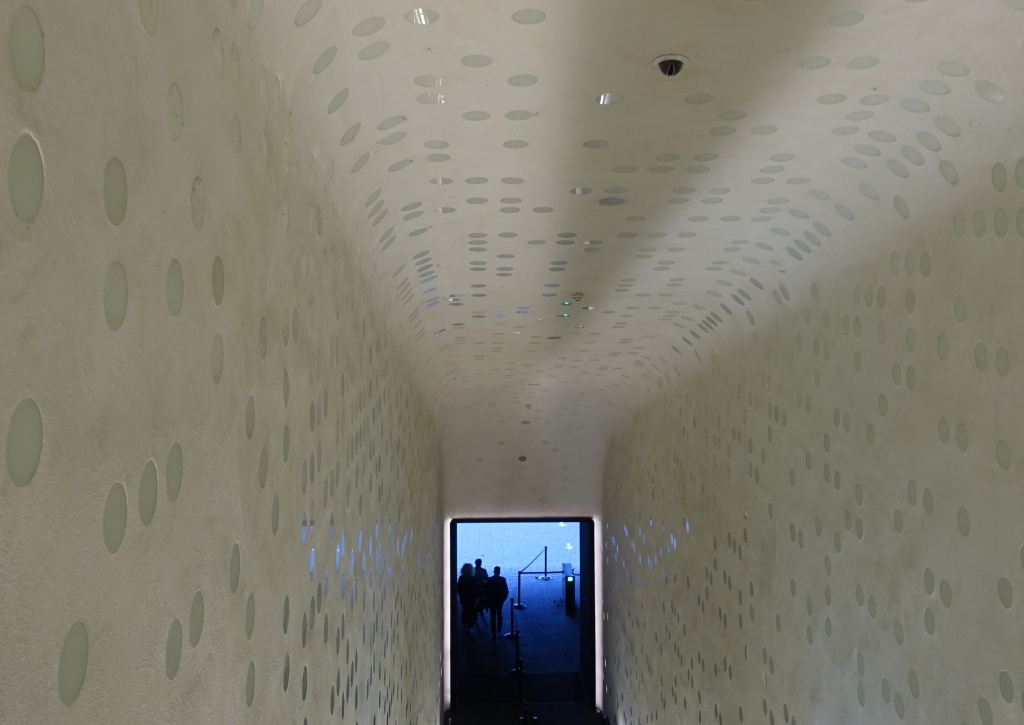
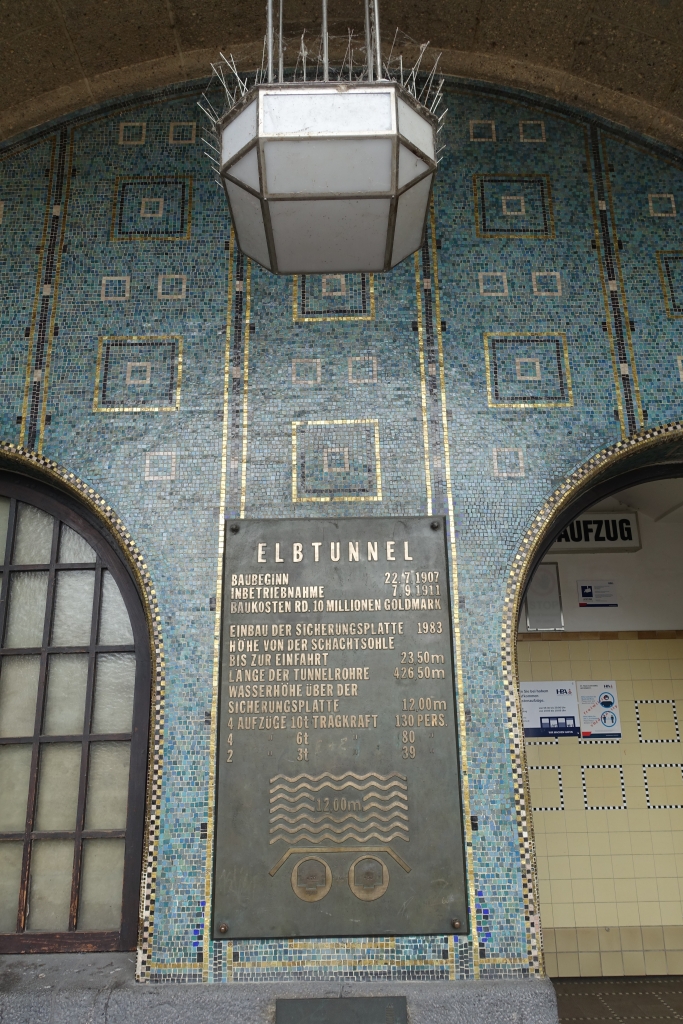
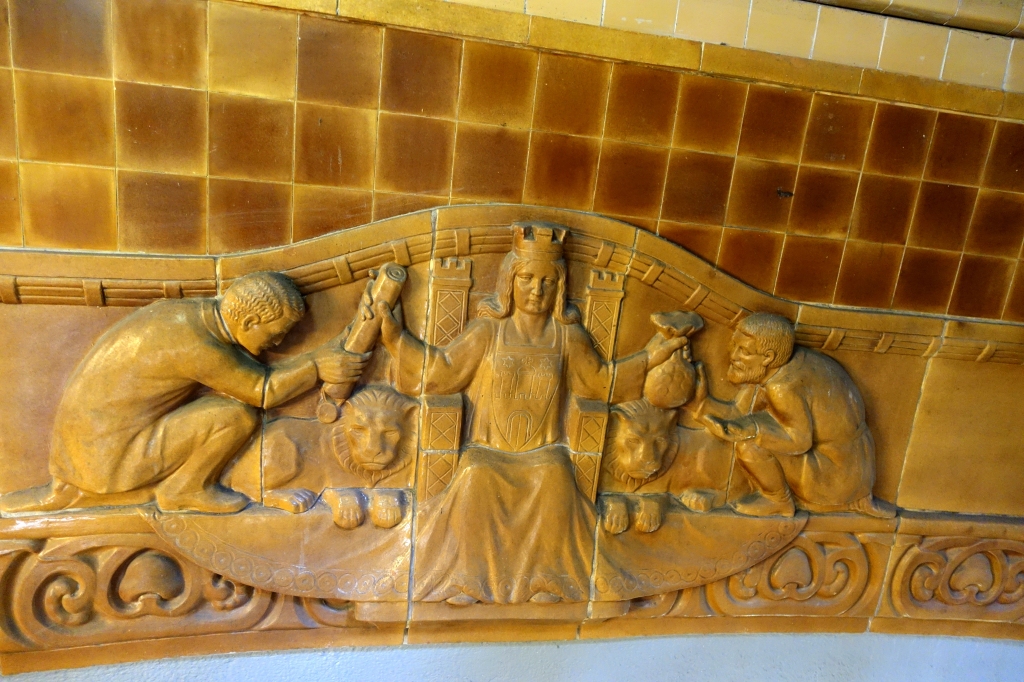
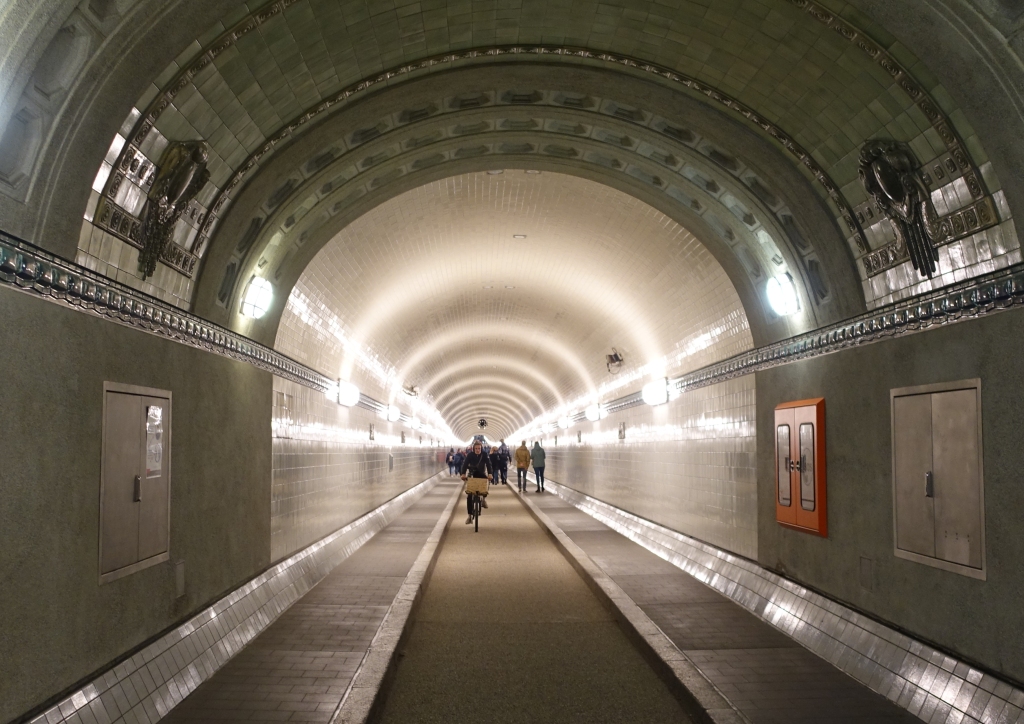


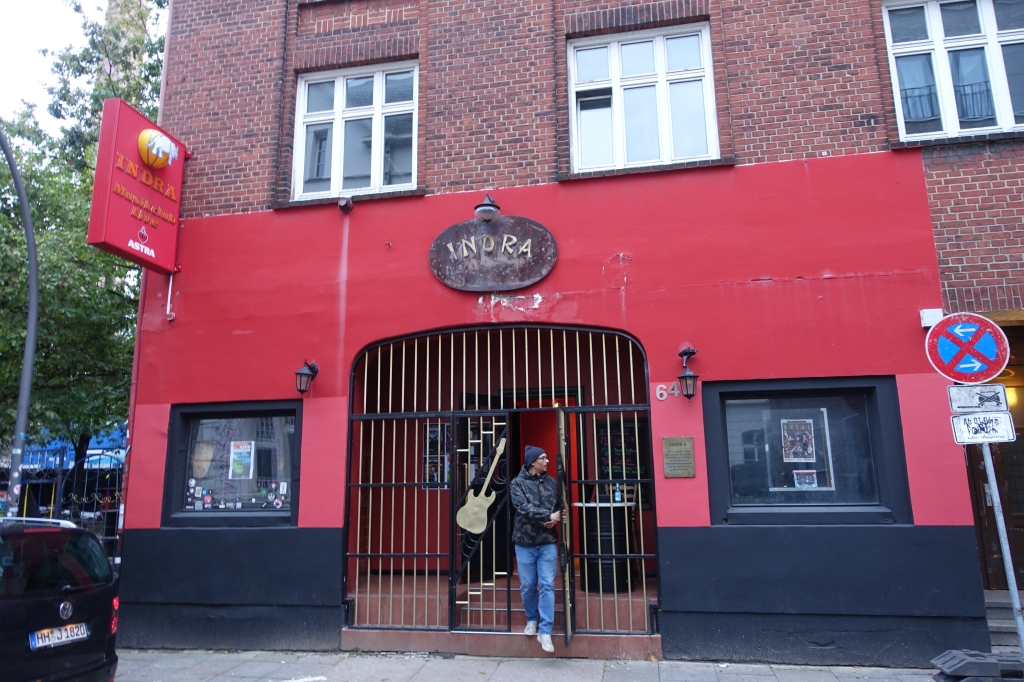

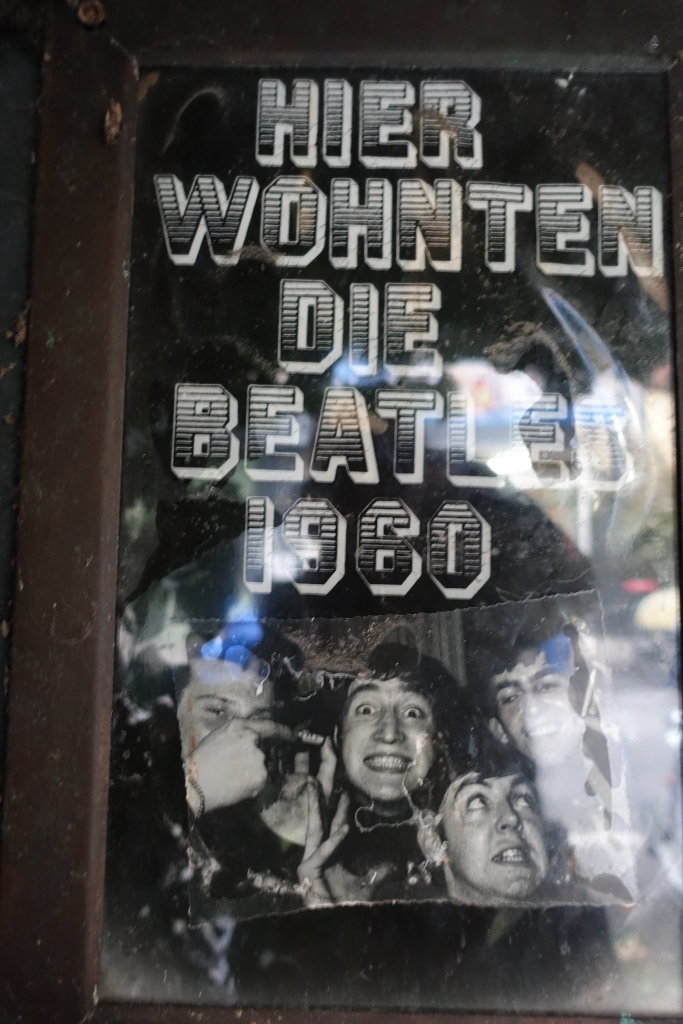
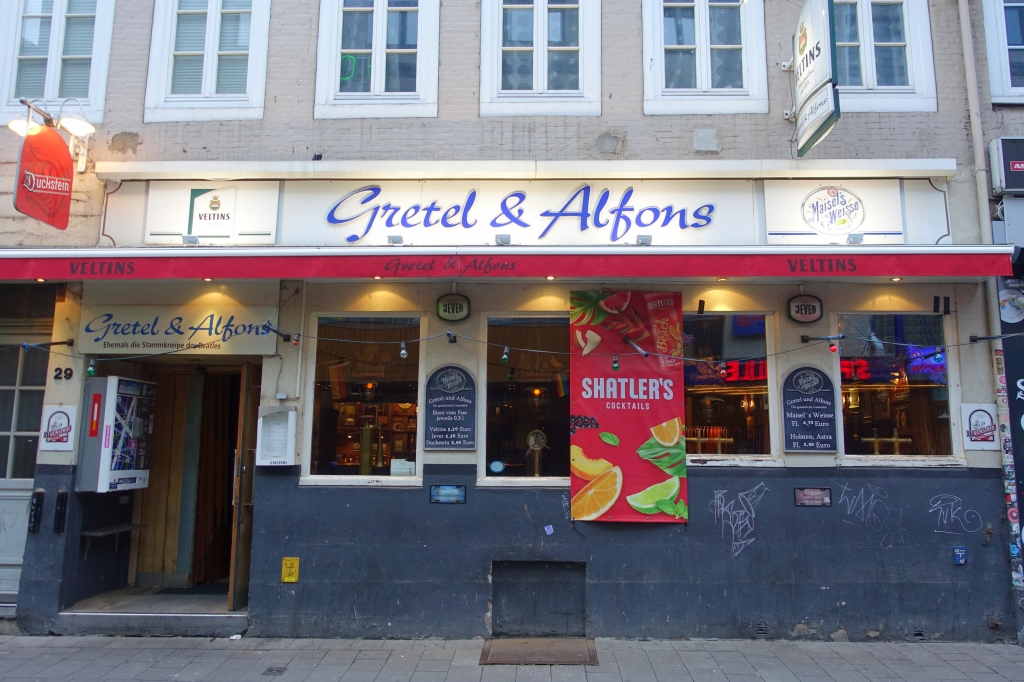

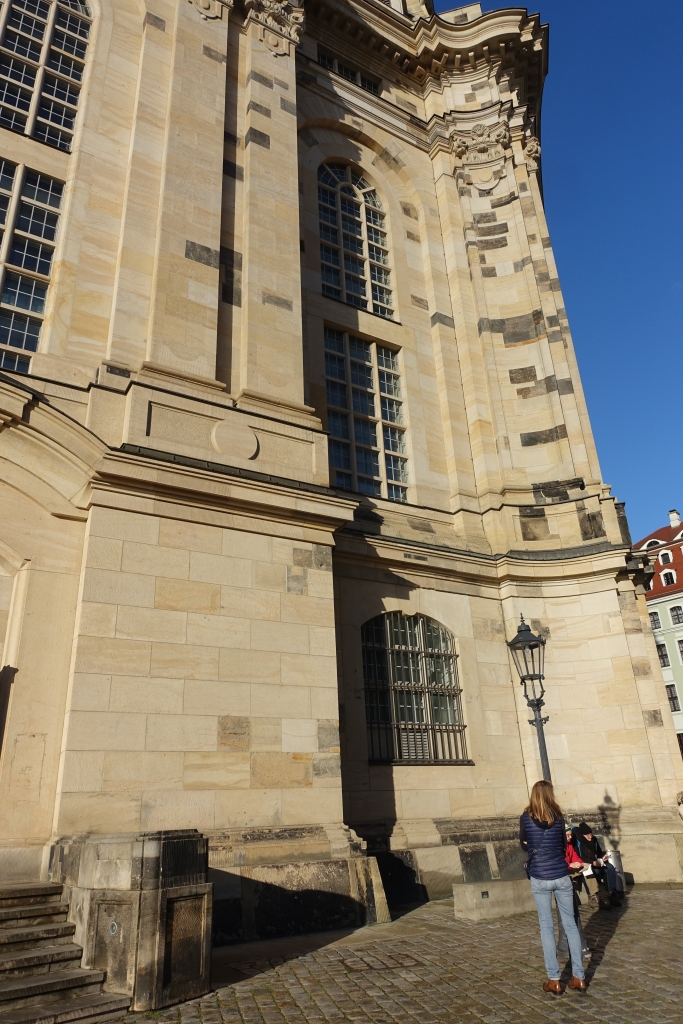


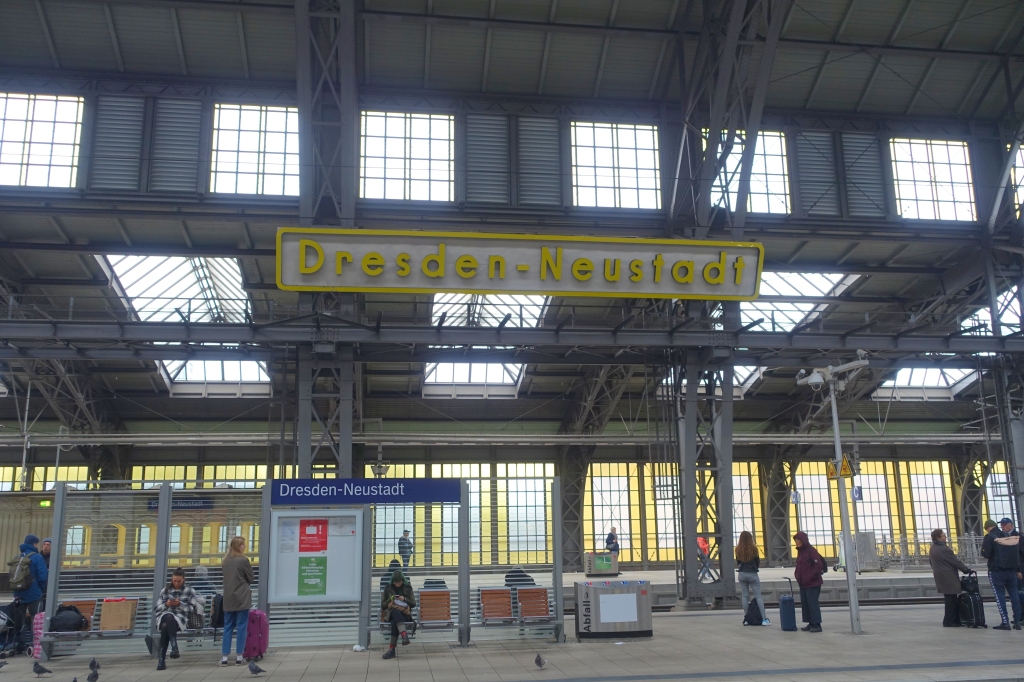




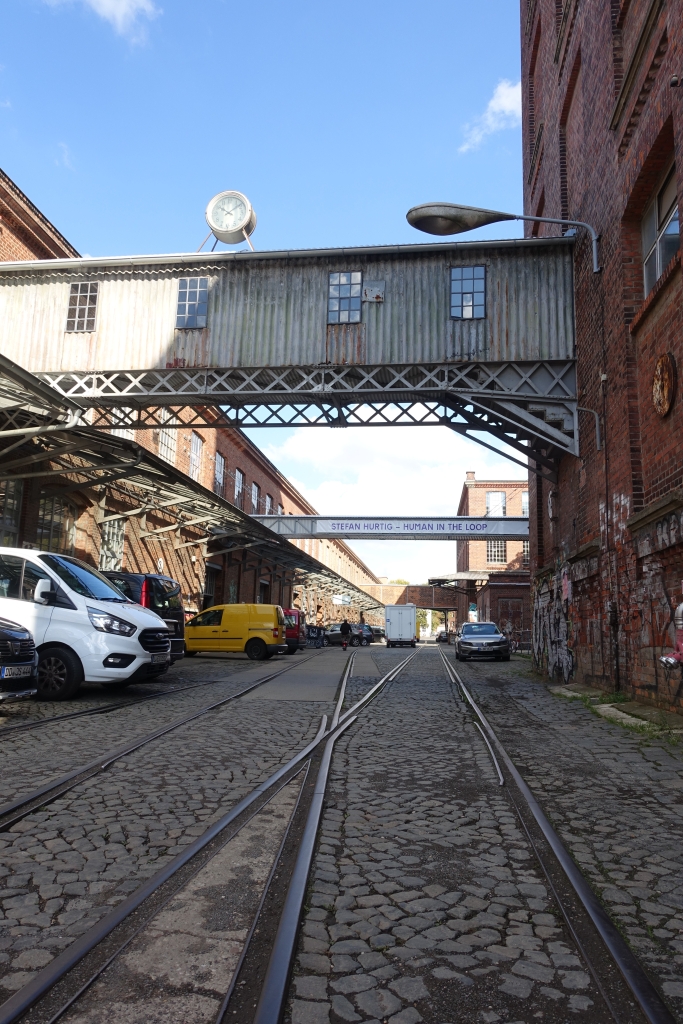

















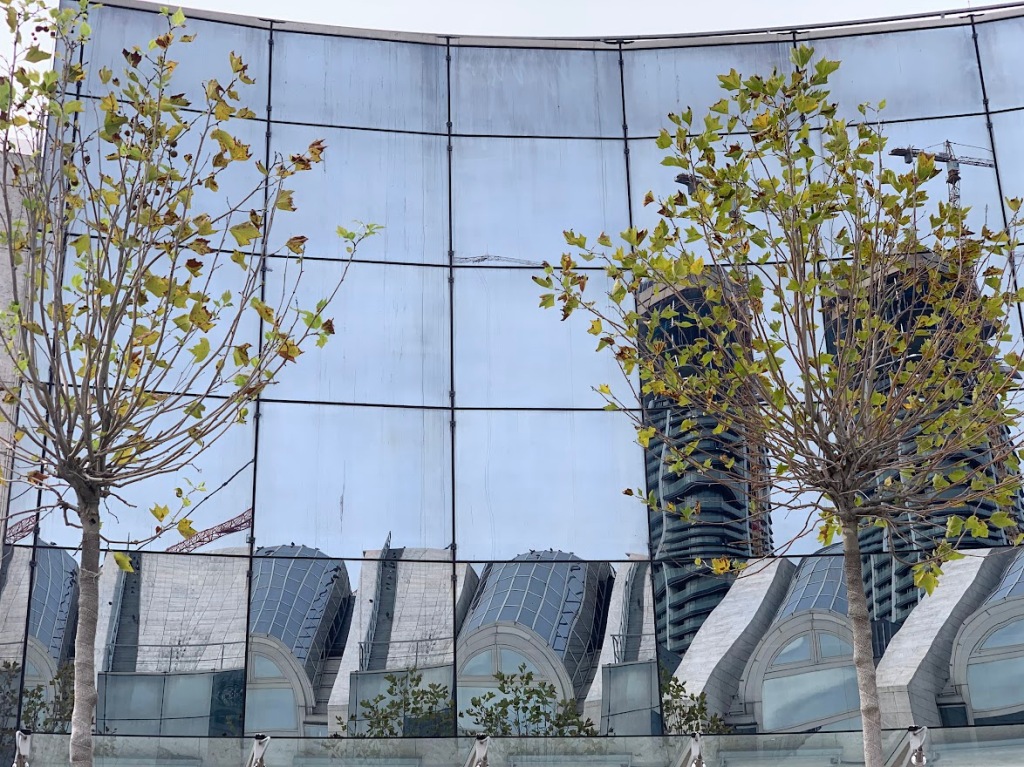


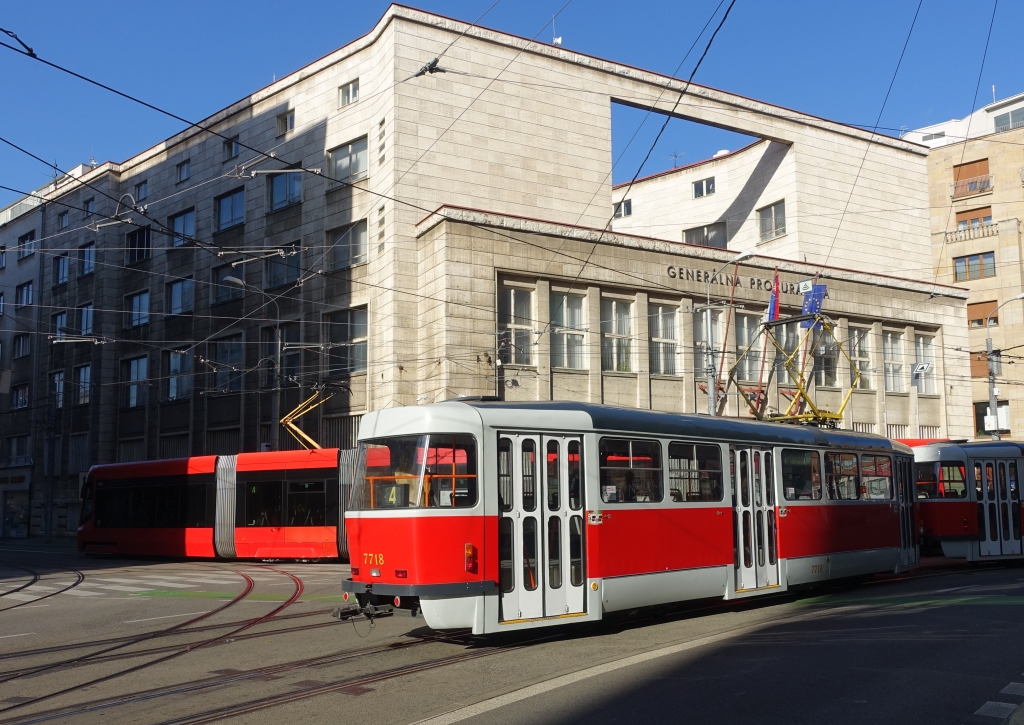


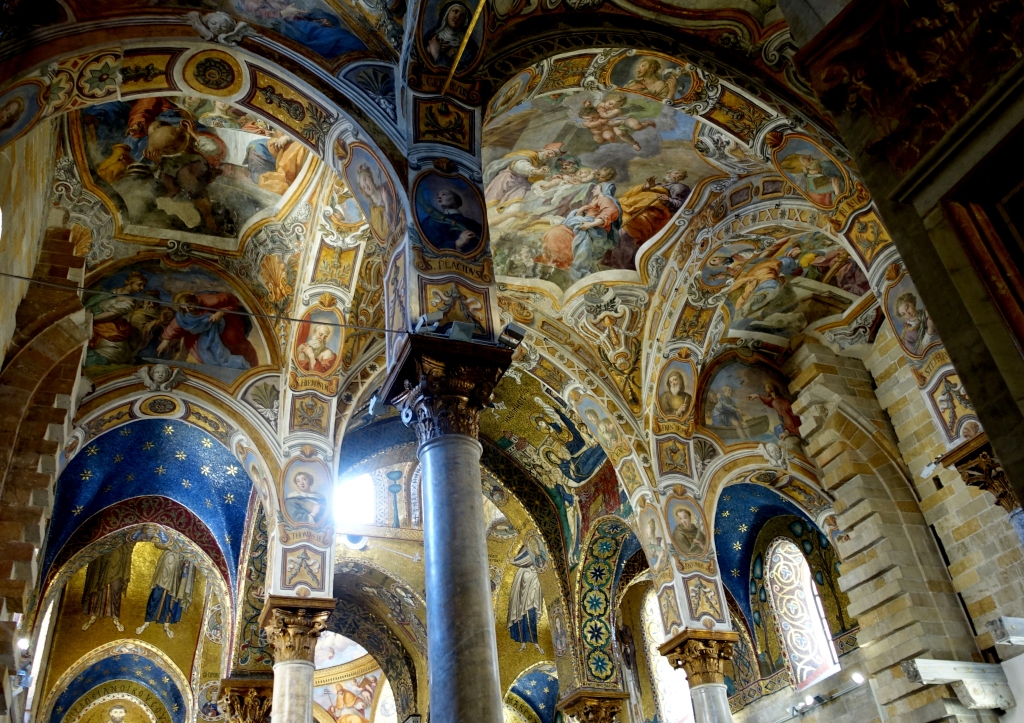



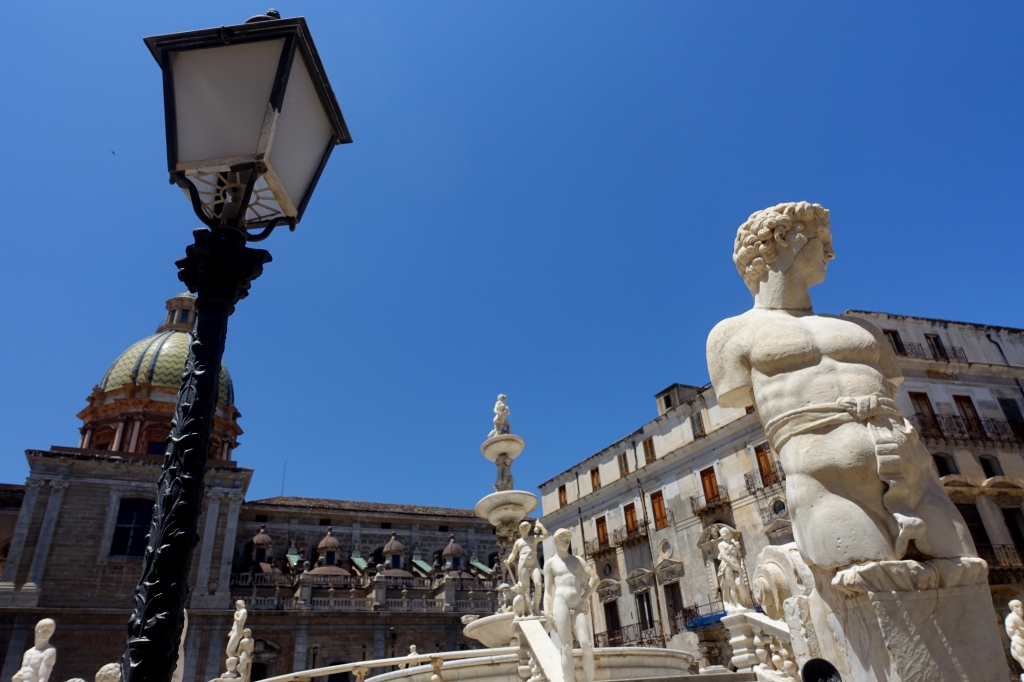


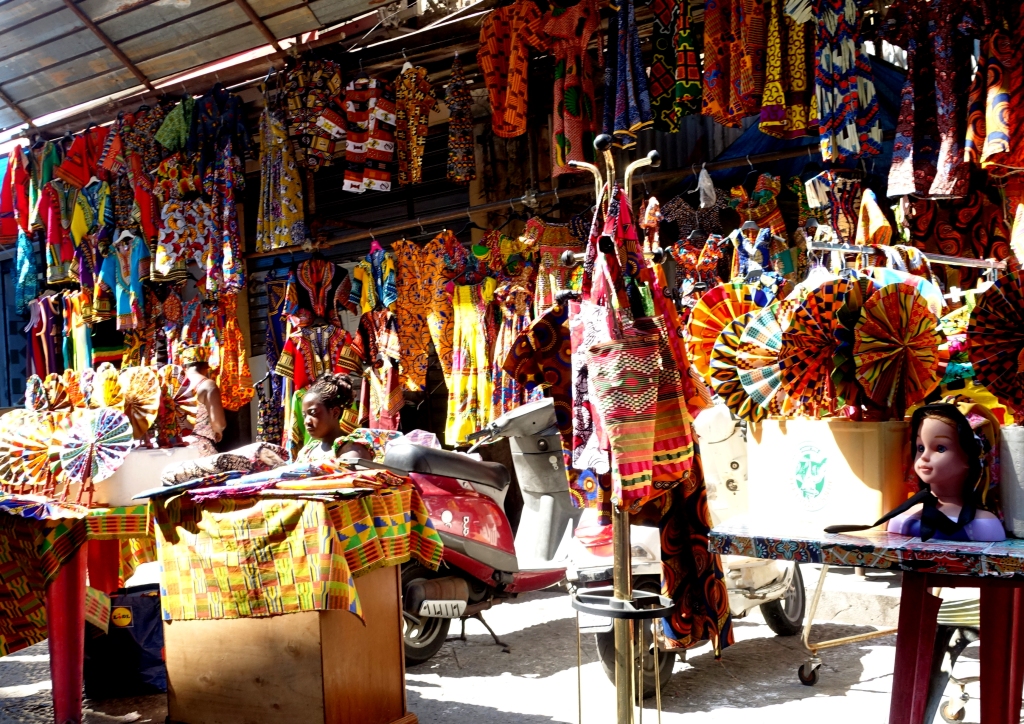





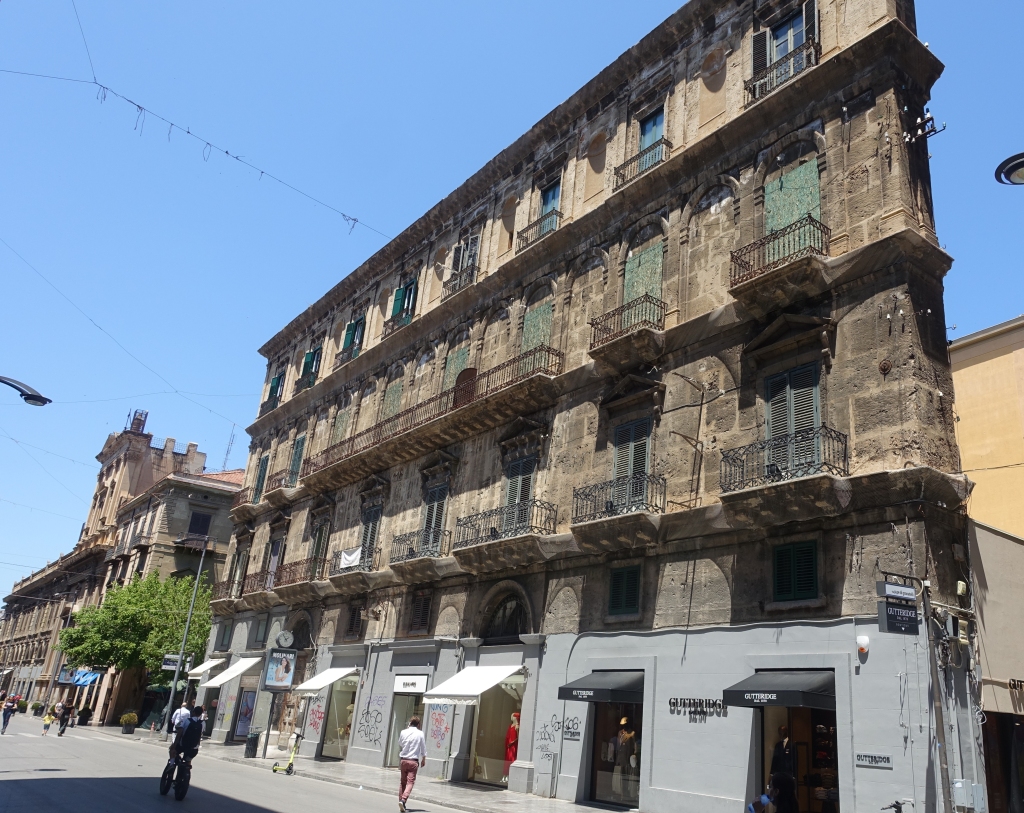



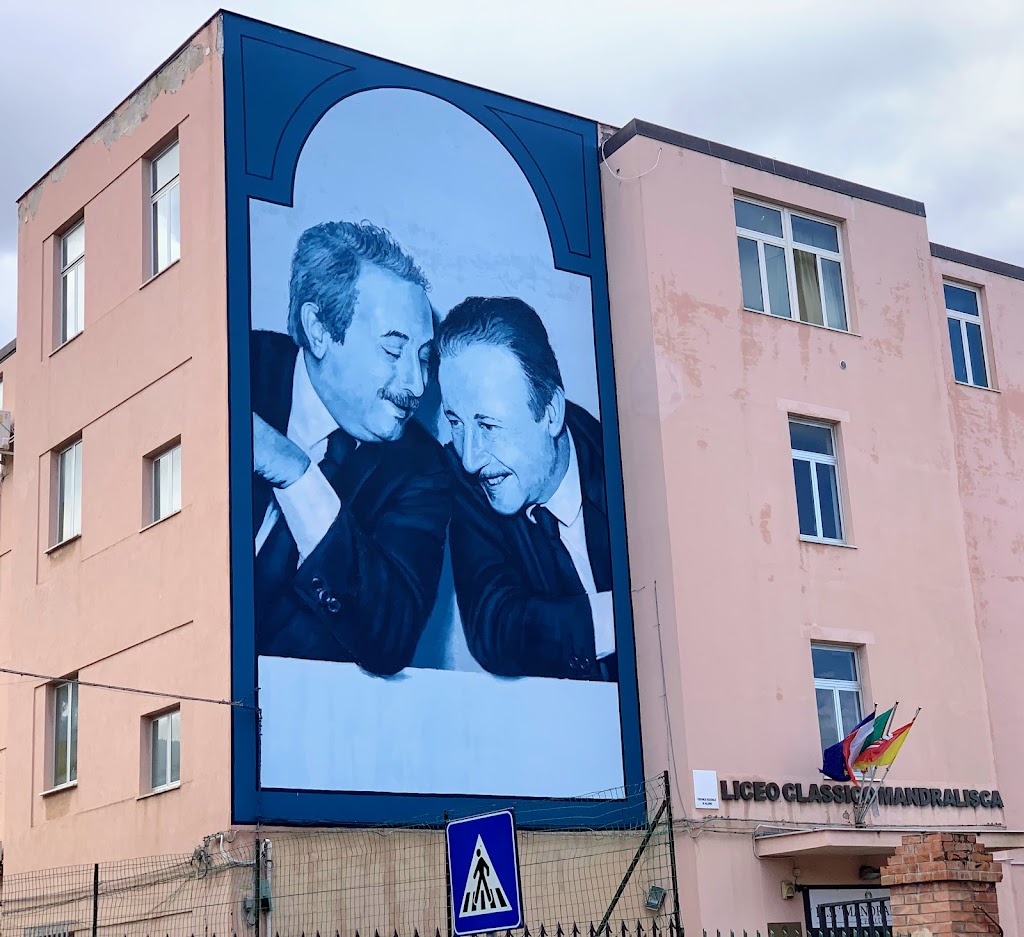

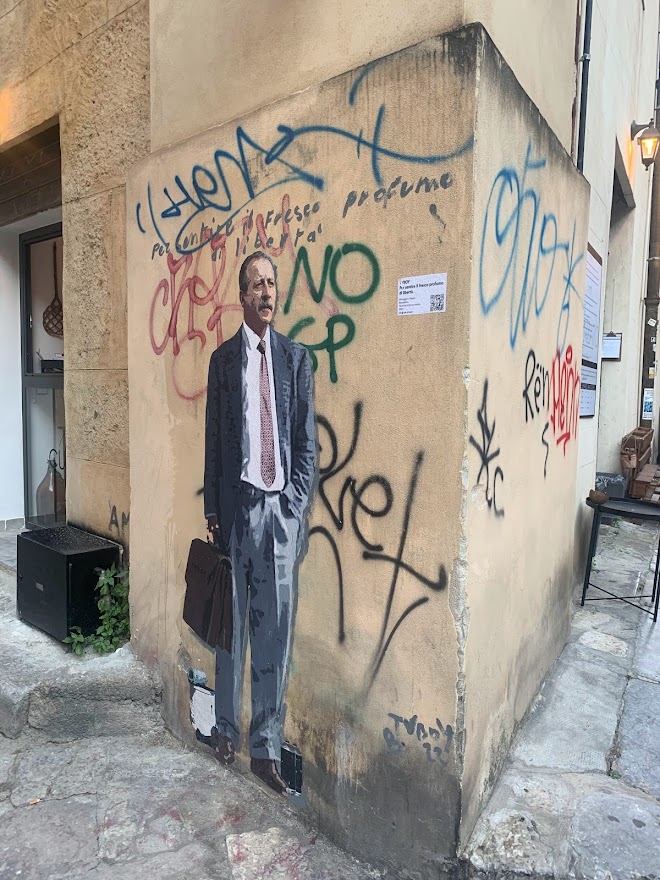

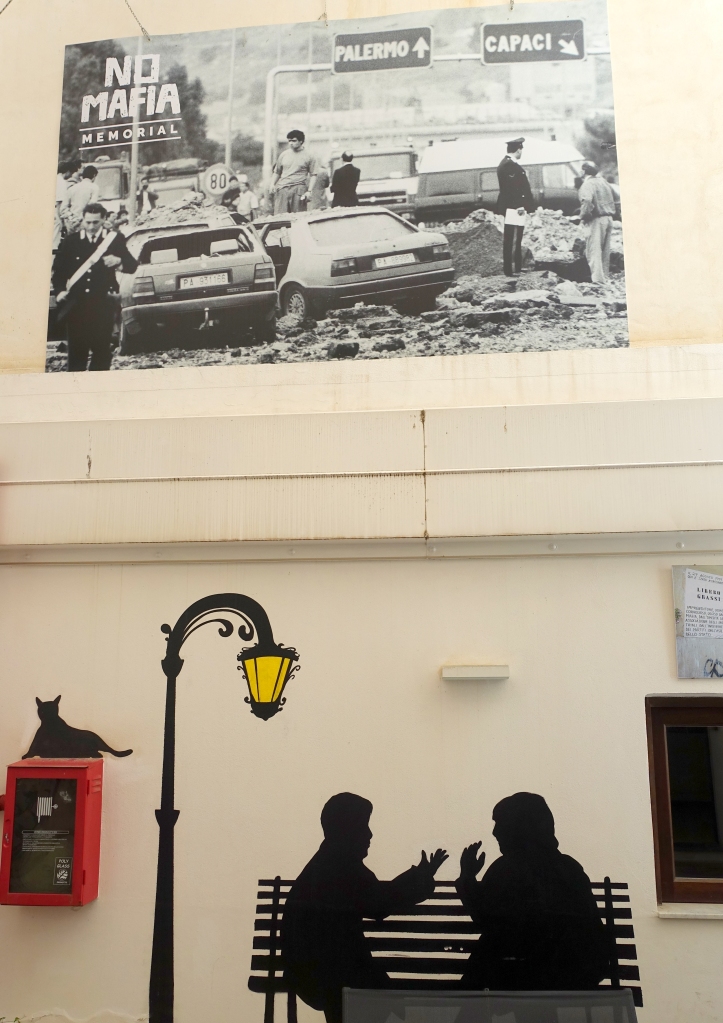



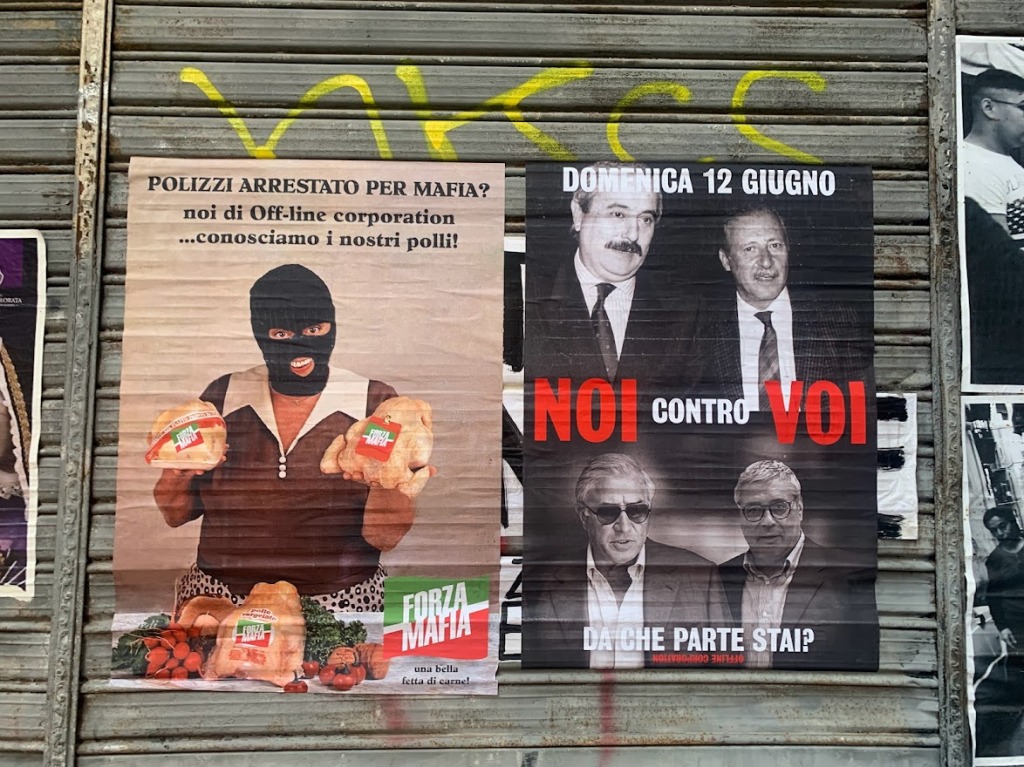

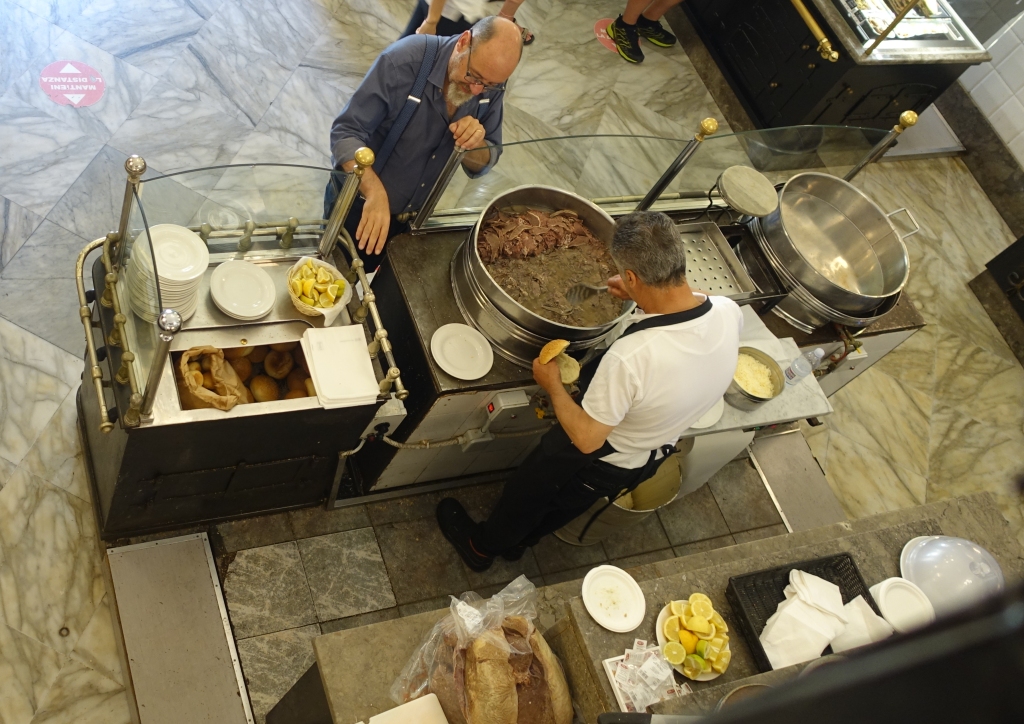

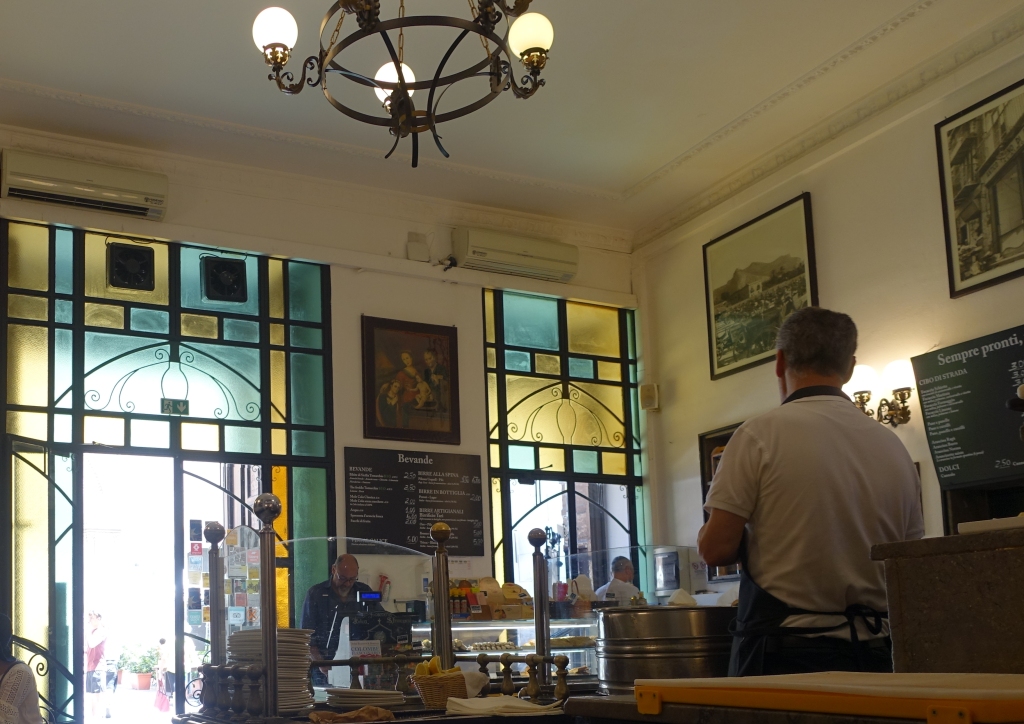










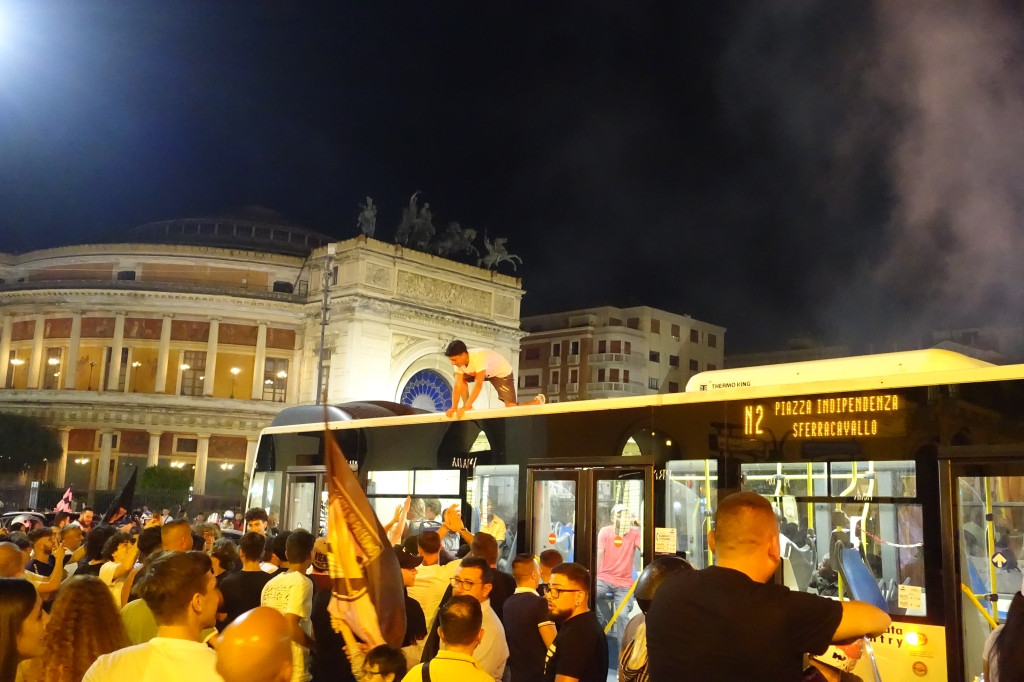







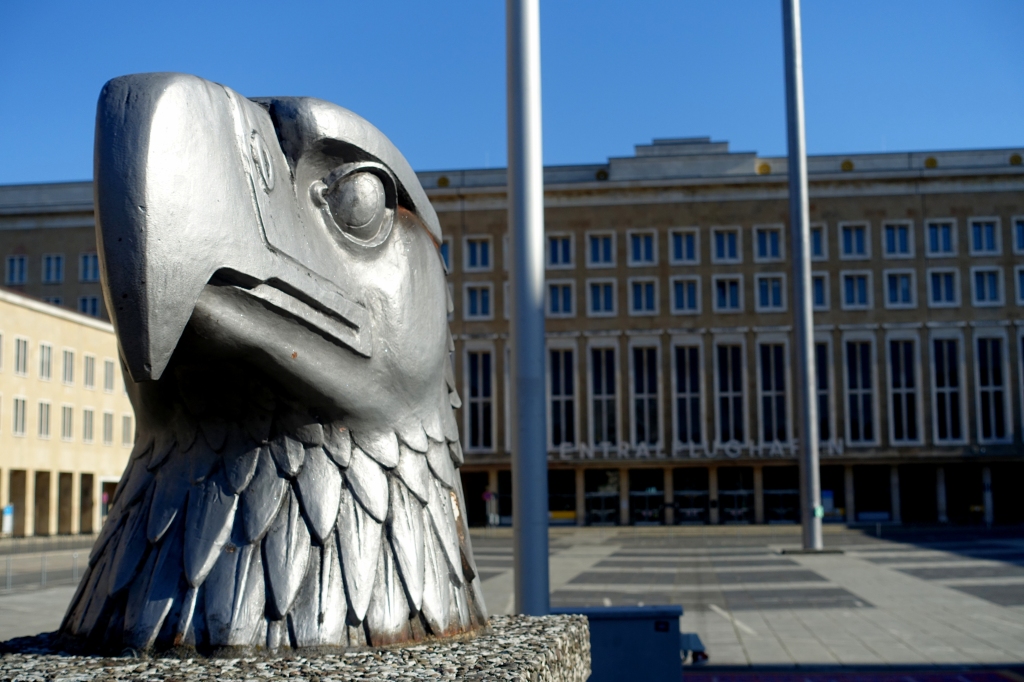
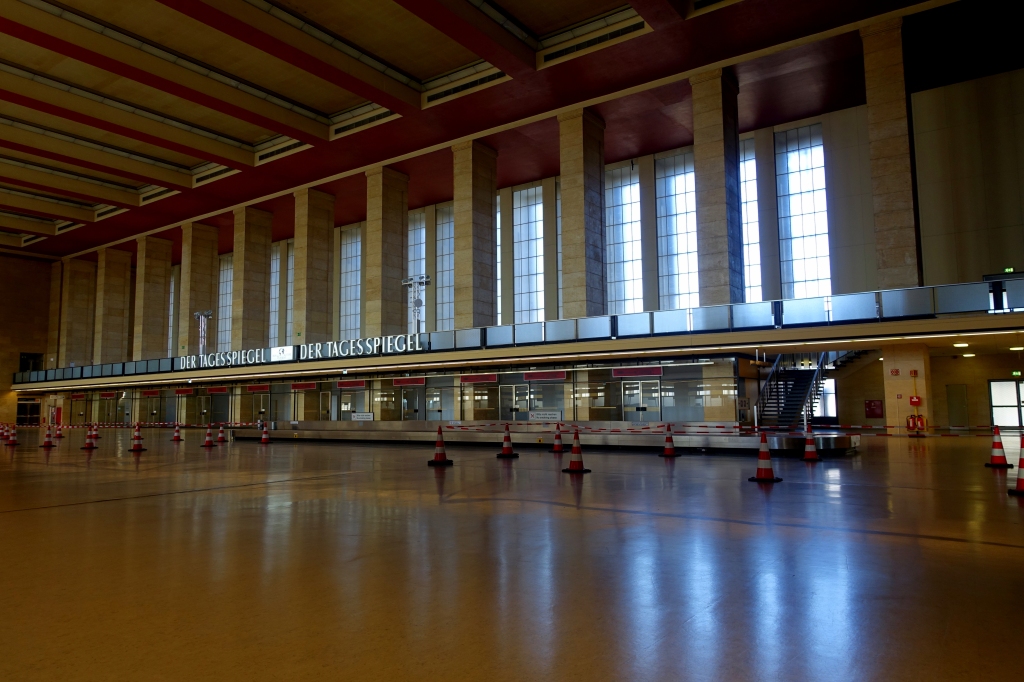
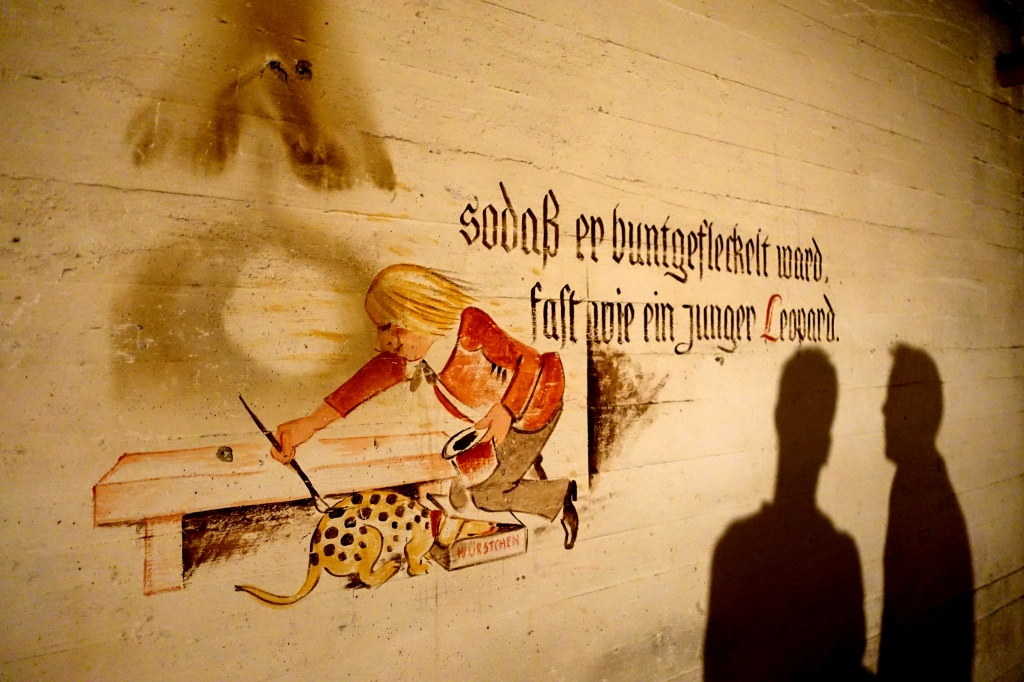






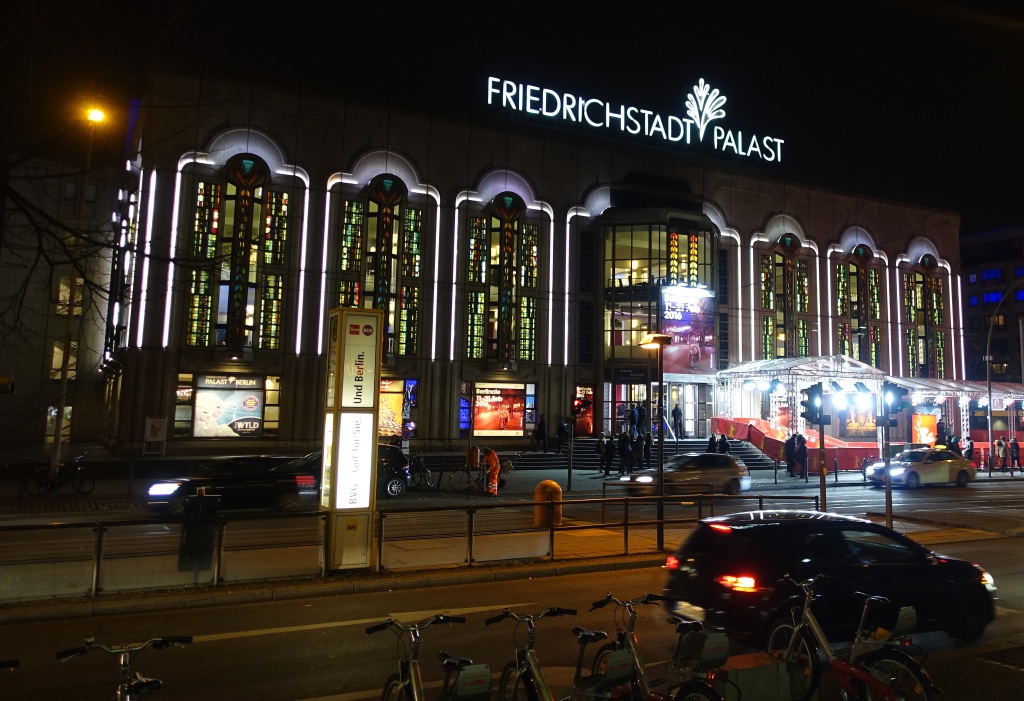




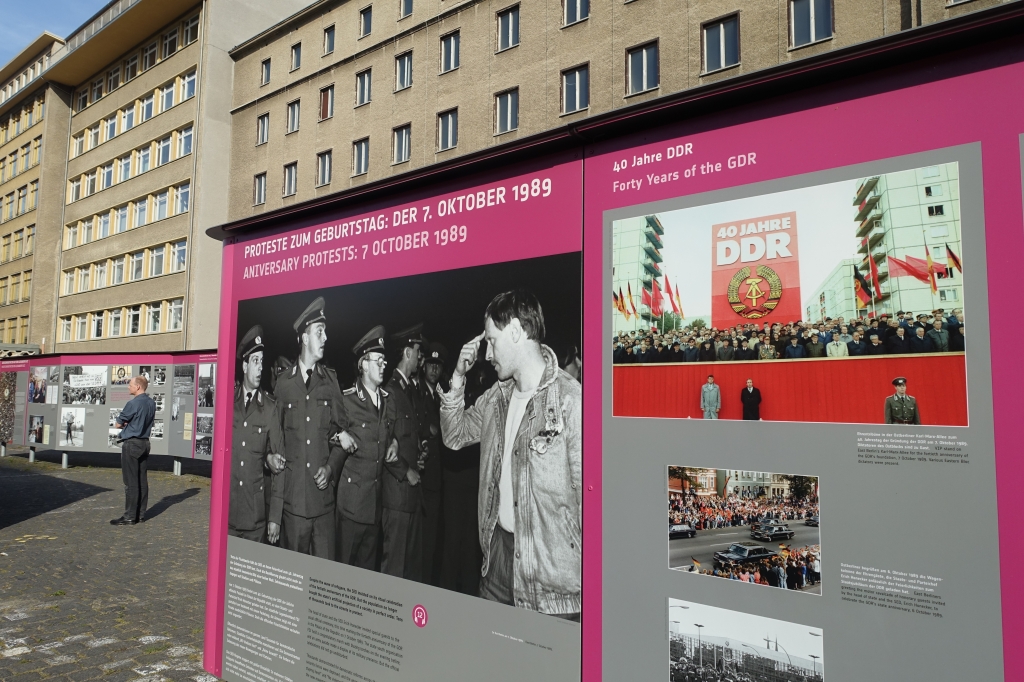


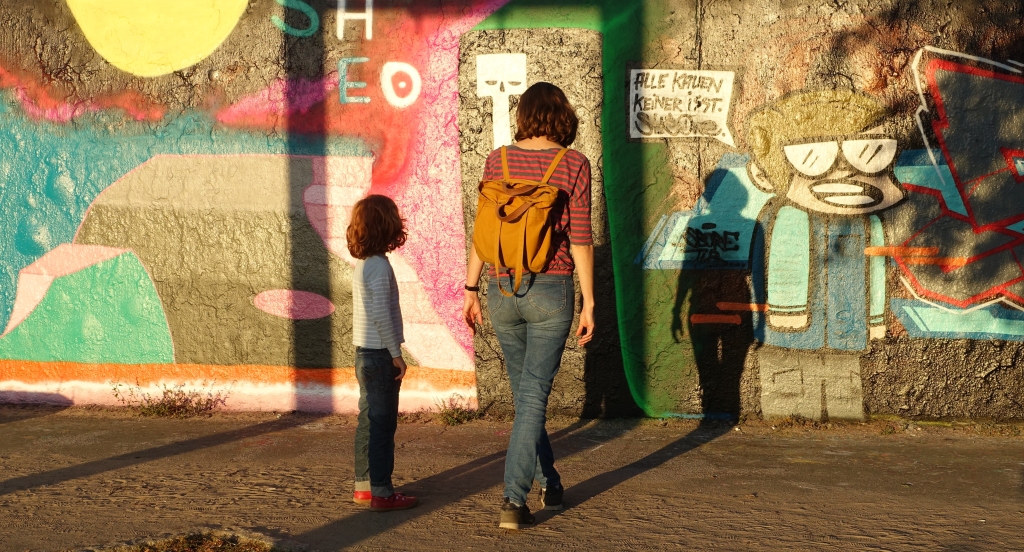

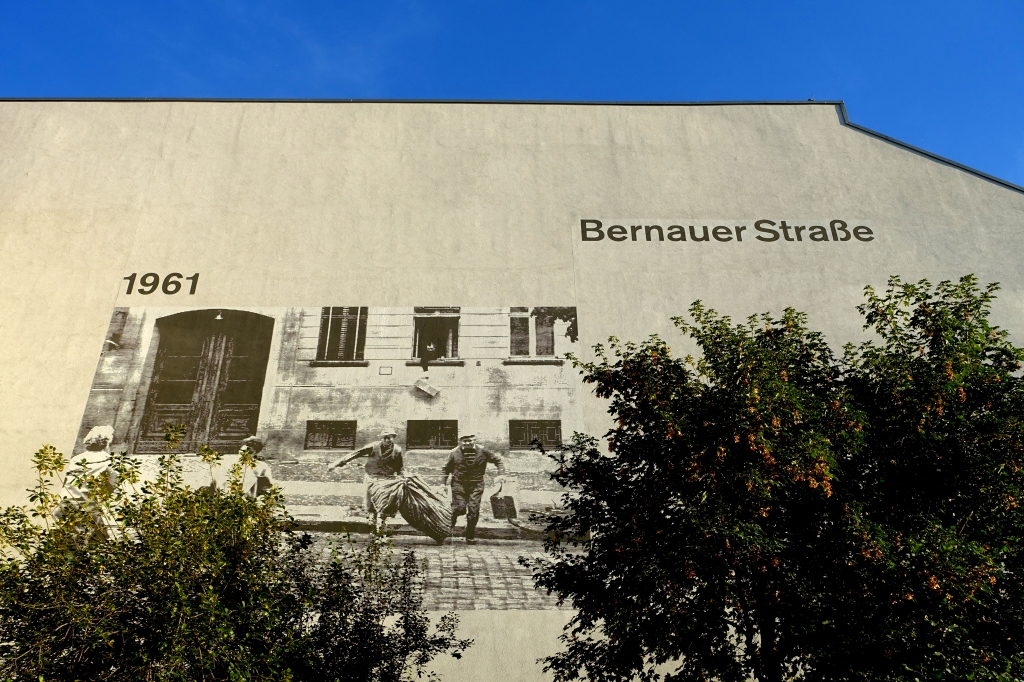
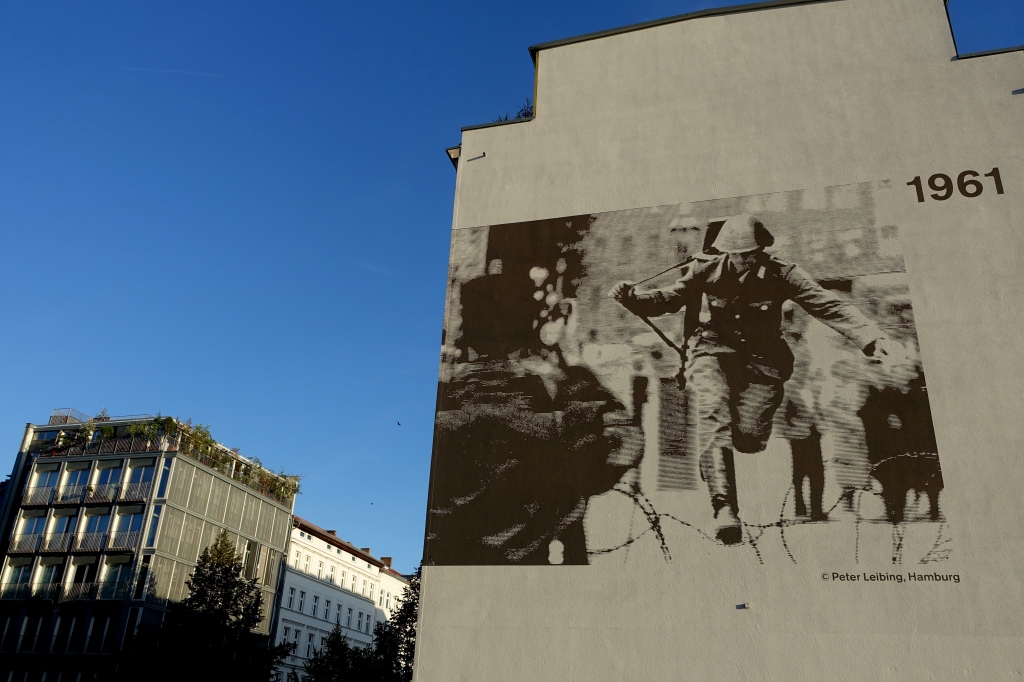






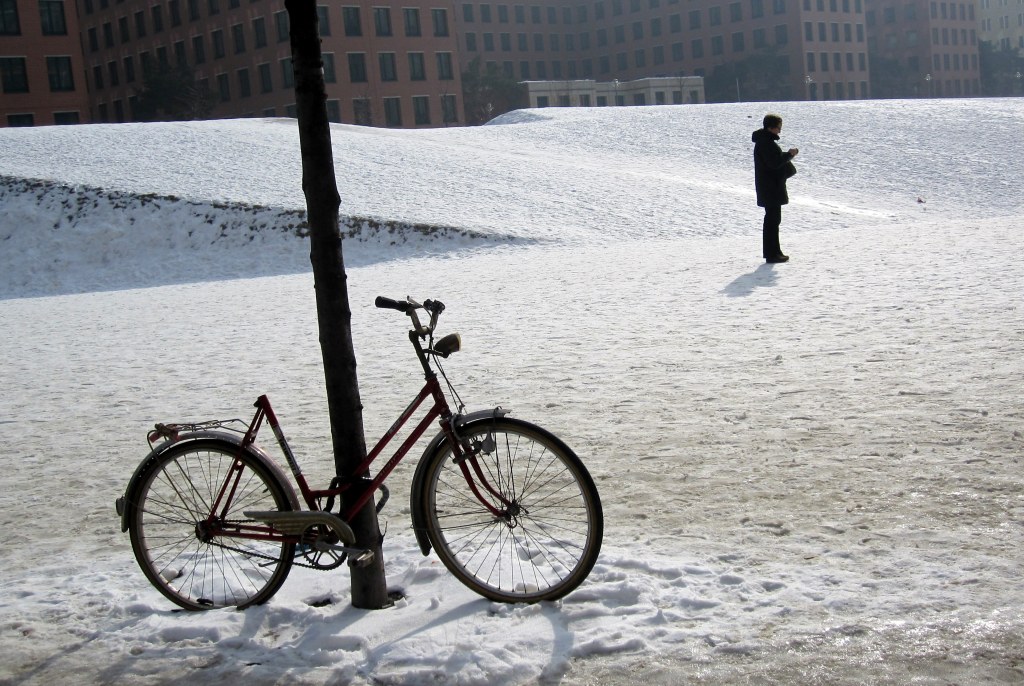


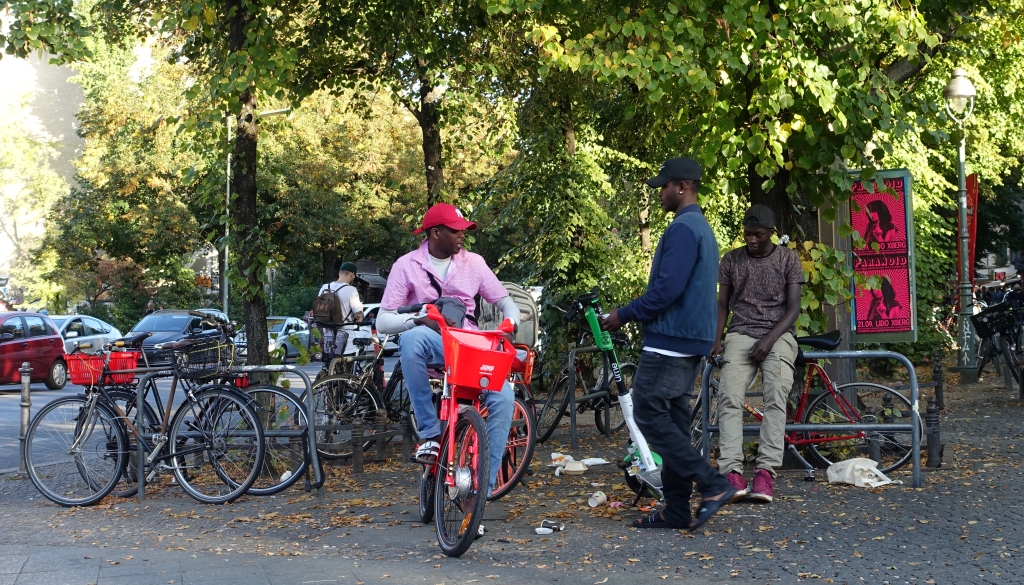









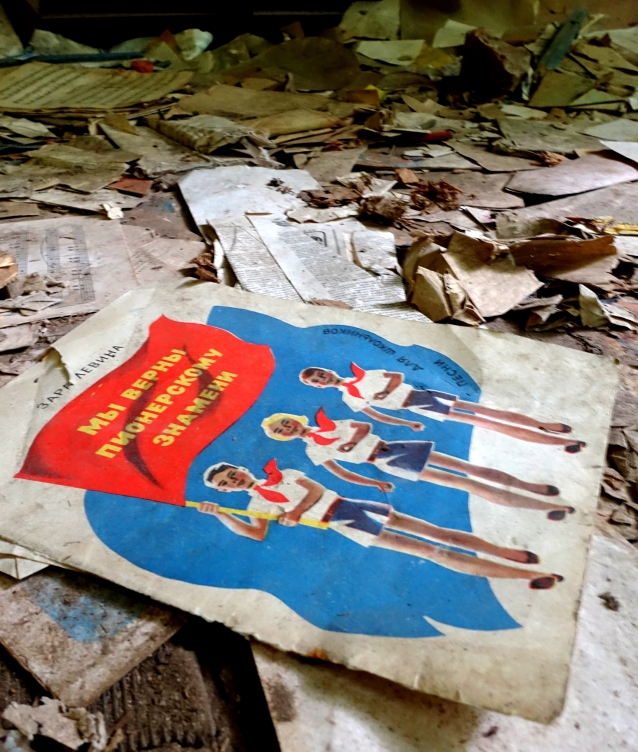

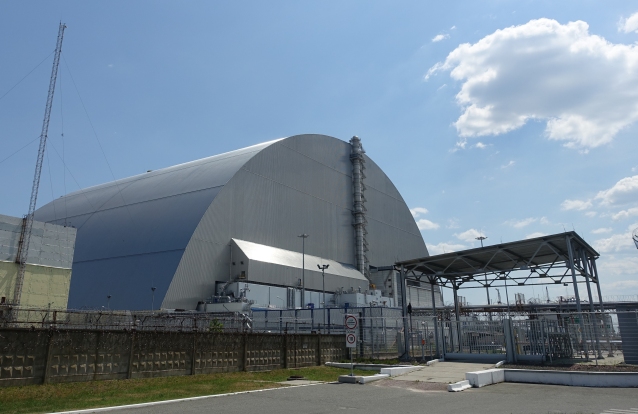

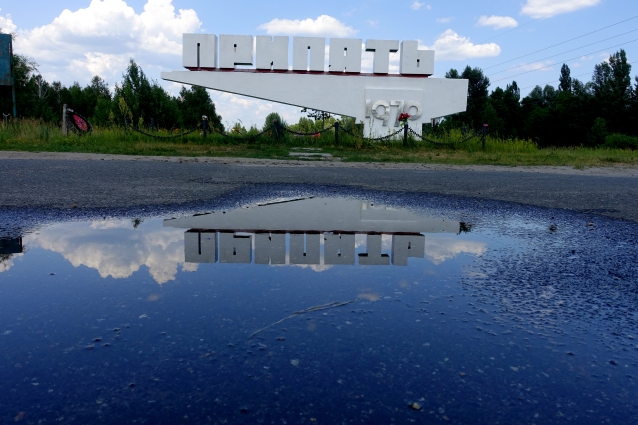



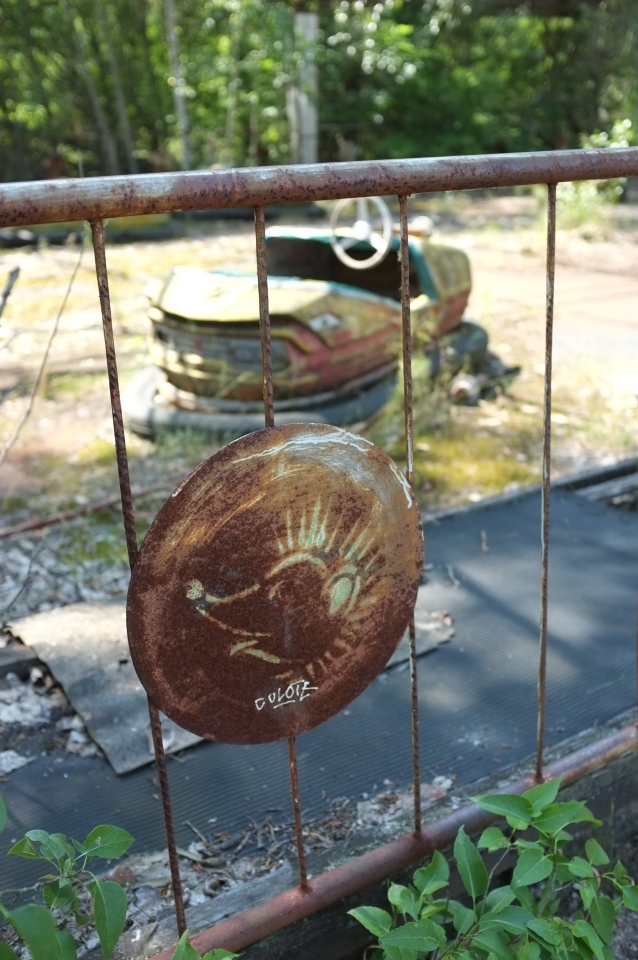

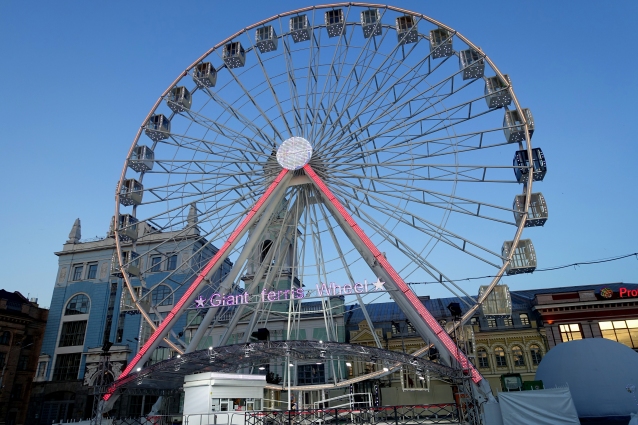








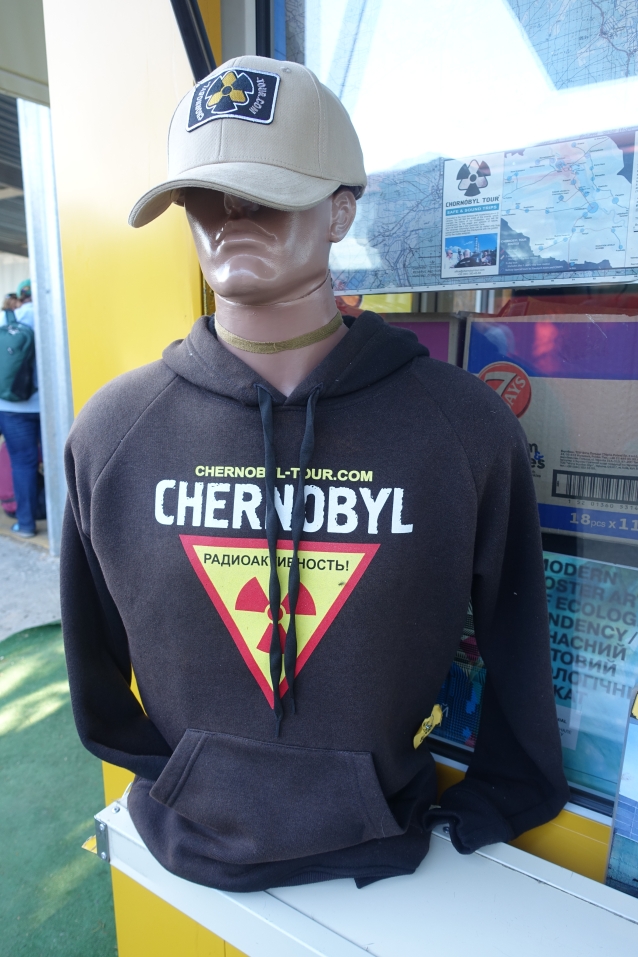
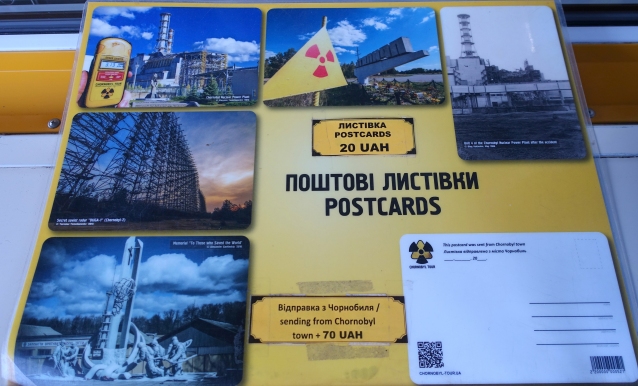
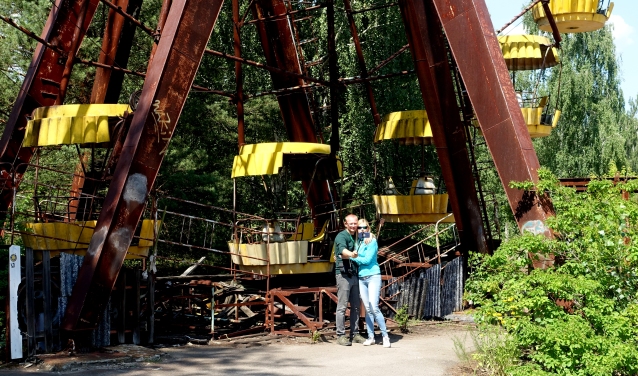
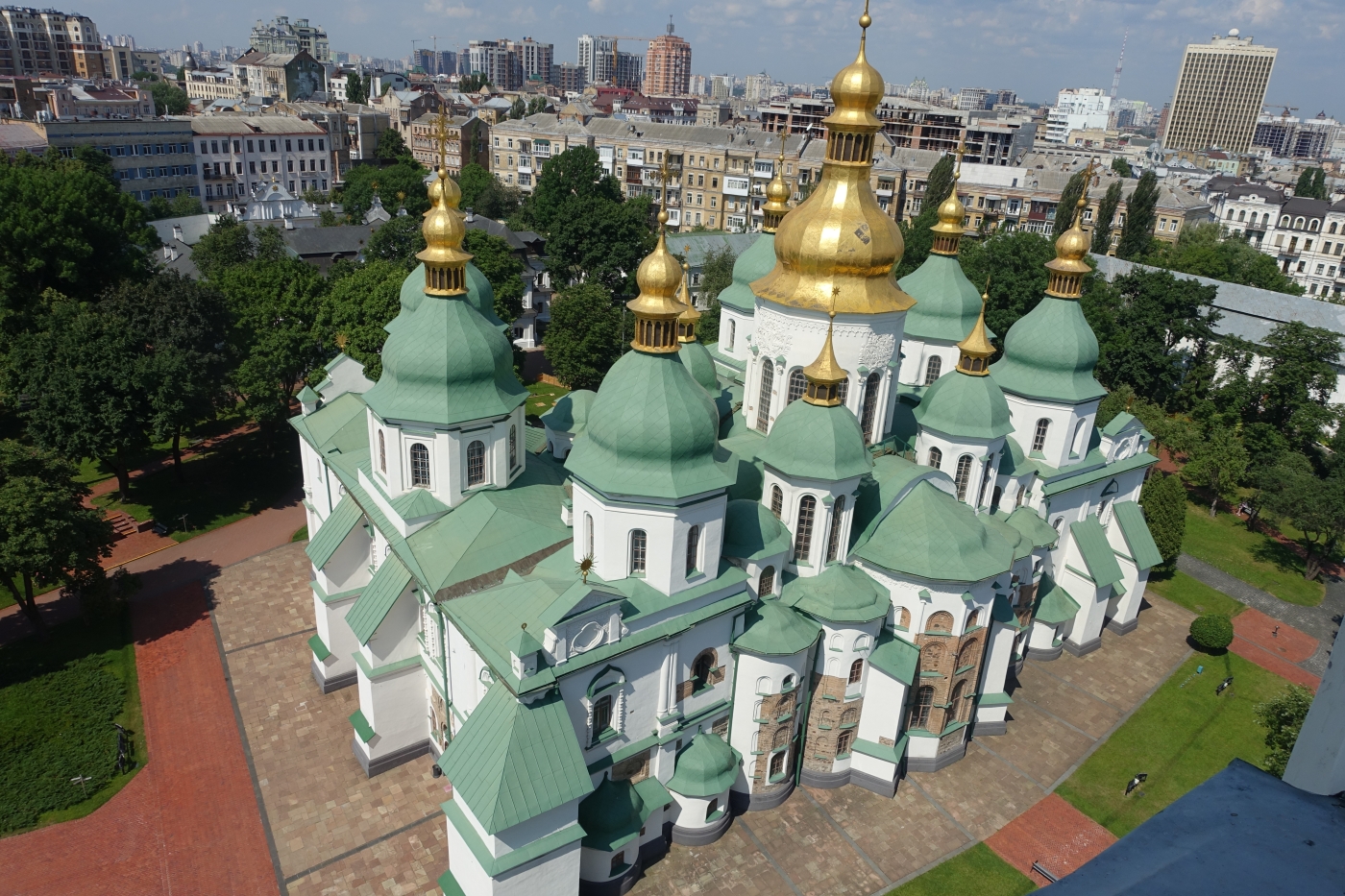







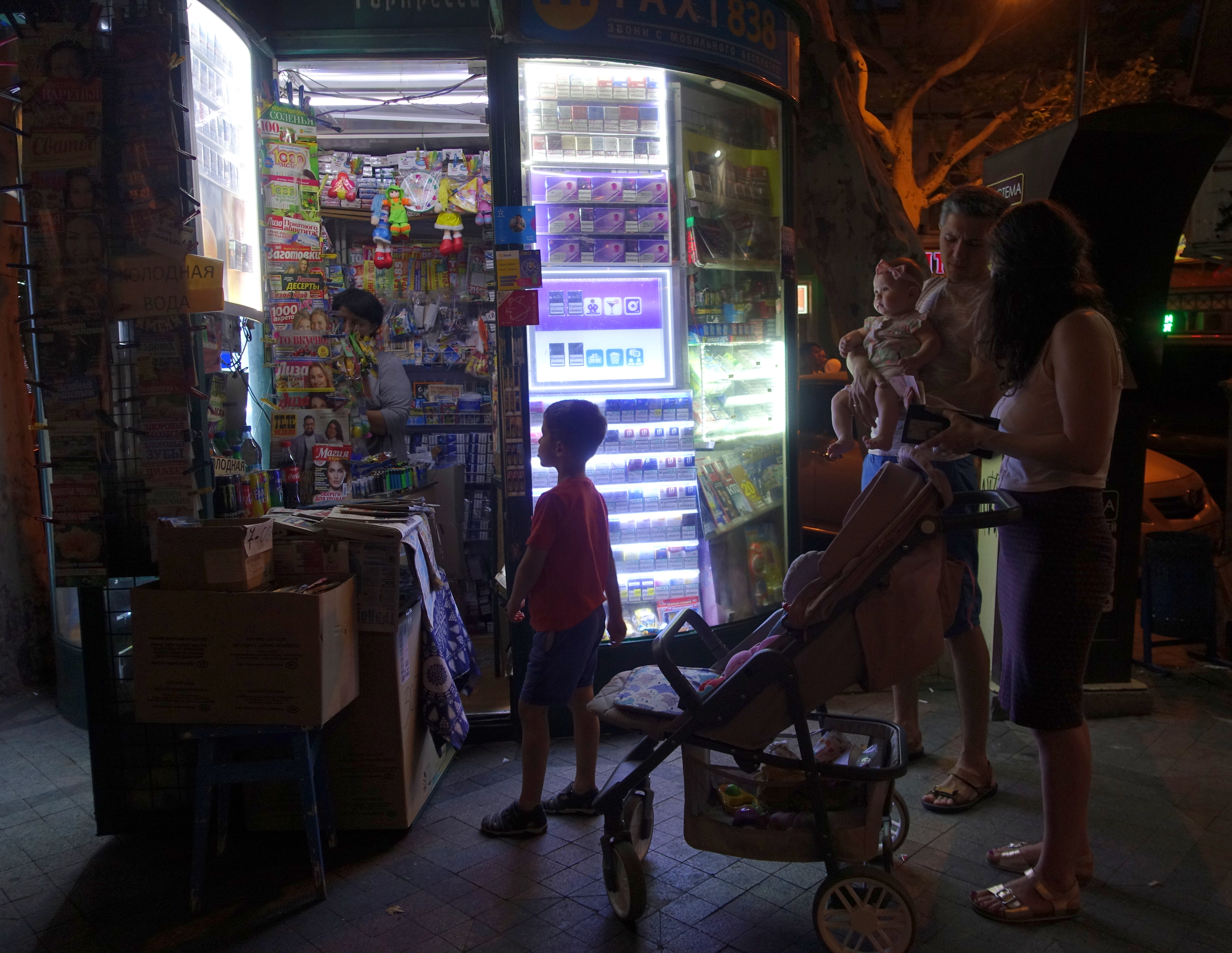

 Odesa Opera House
Odesa Opera House  Chekhov’s bedroom suite in the Hotel Londonskaya
Chekhov’s bedroom suite in the Hotel Londonskaya

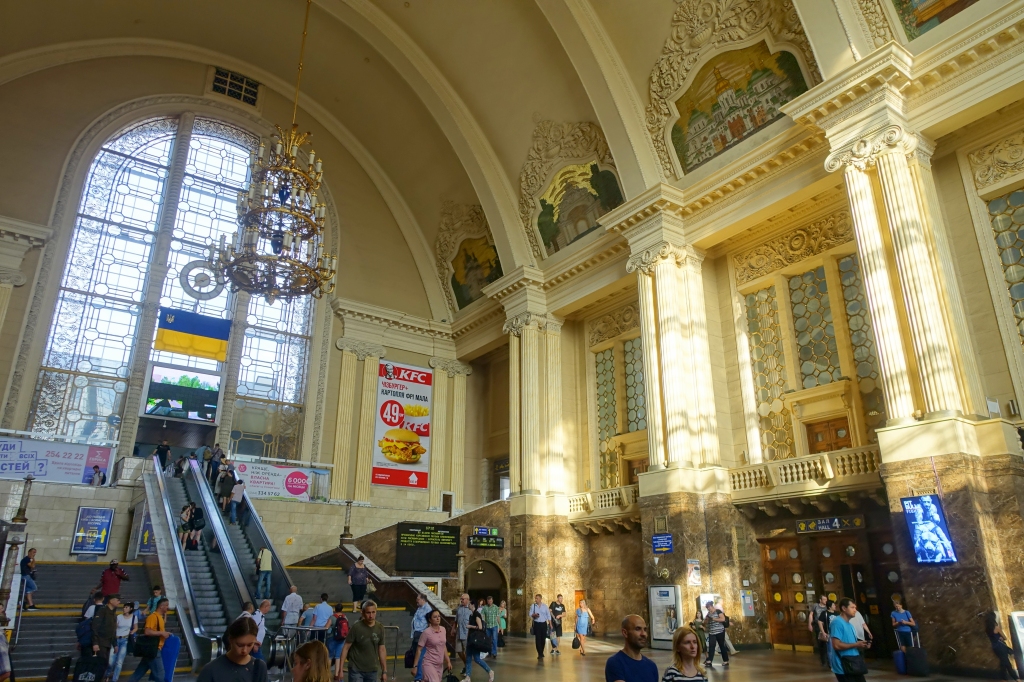










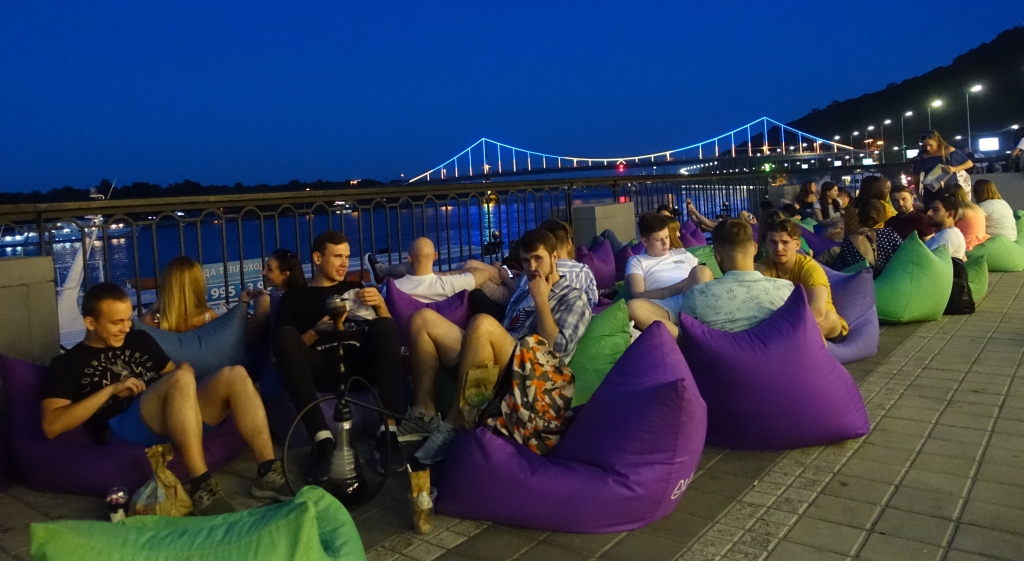

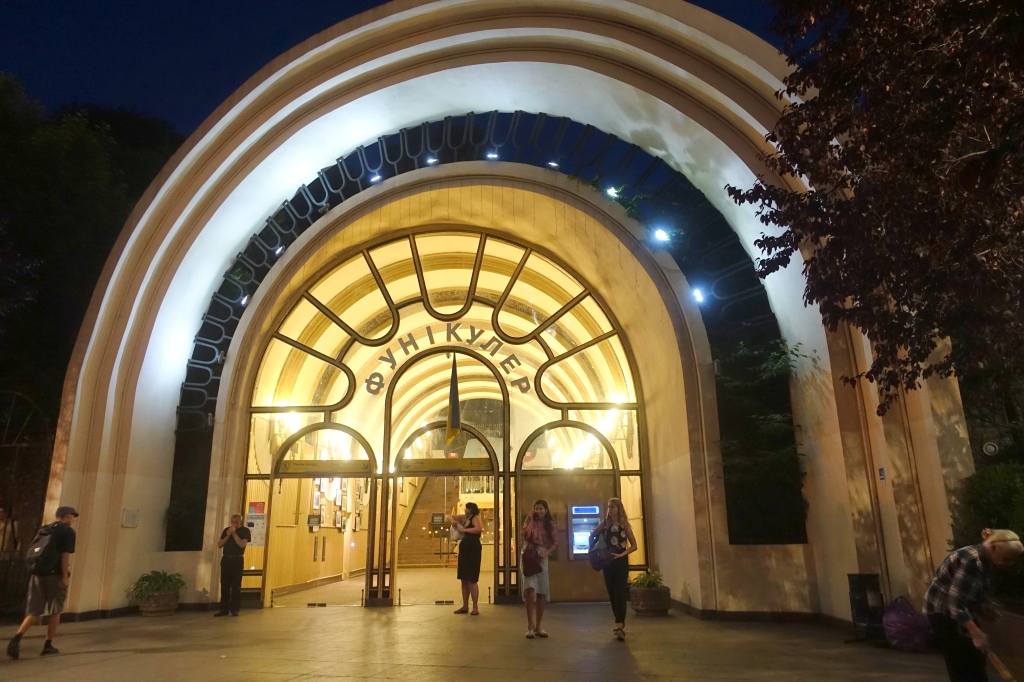











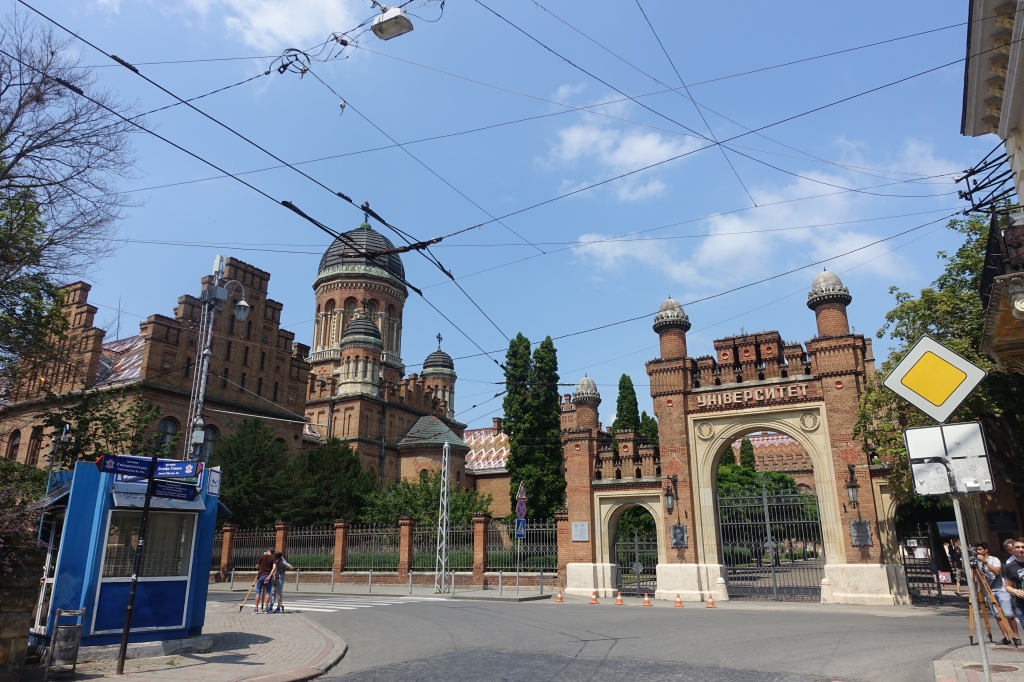

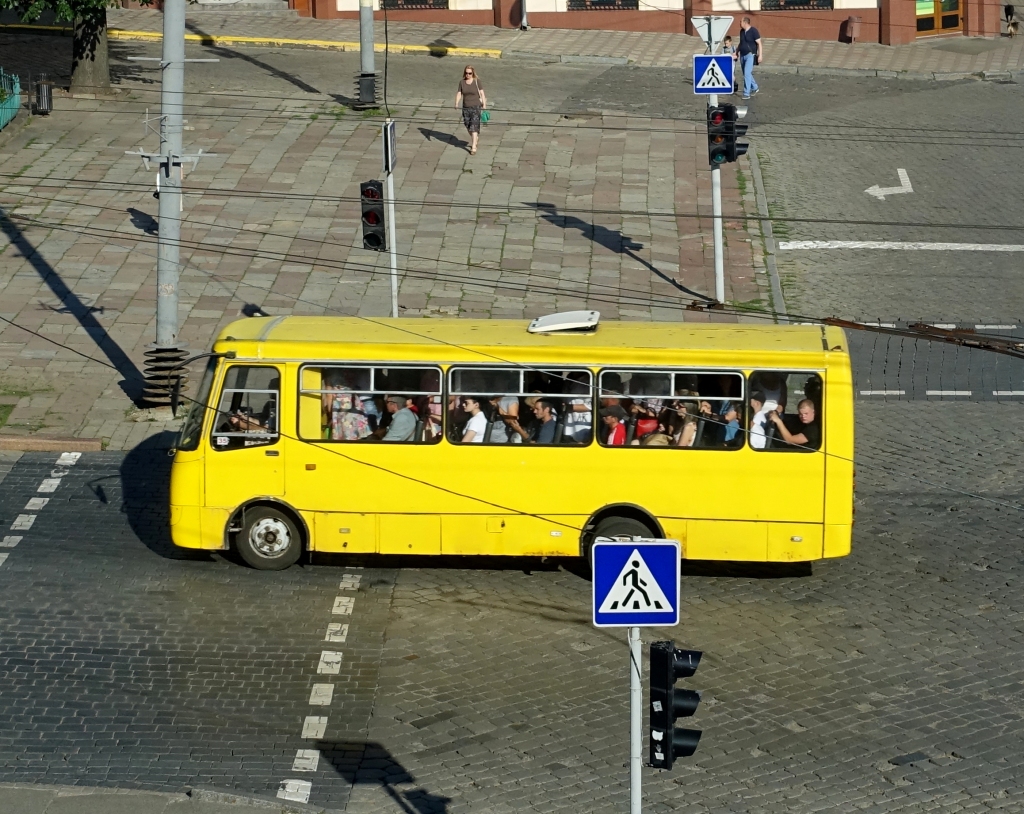




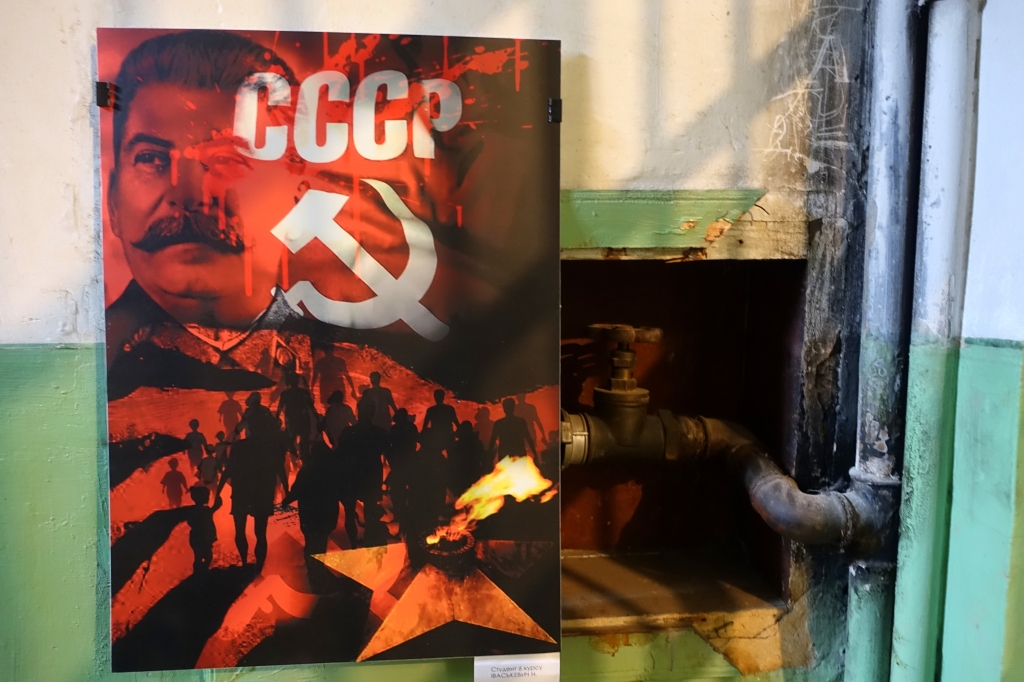
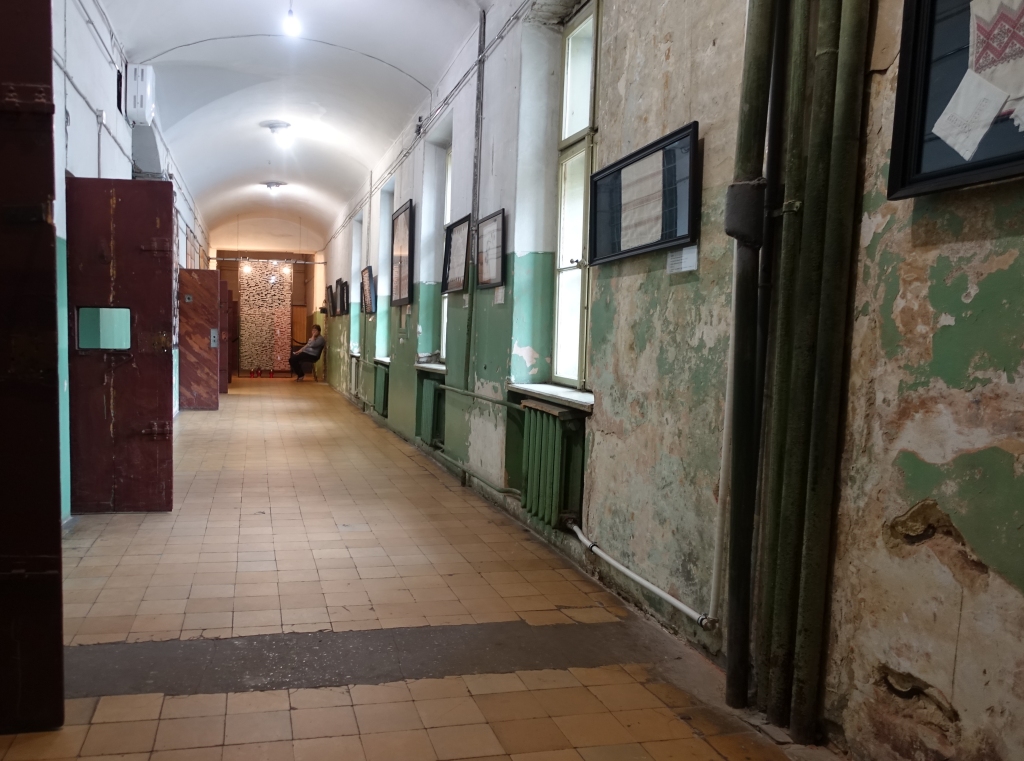






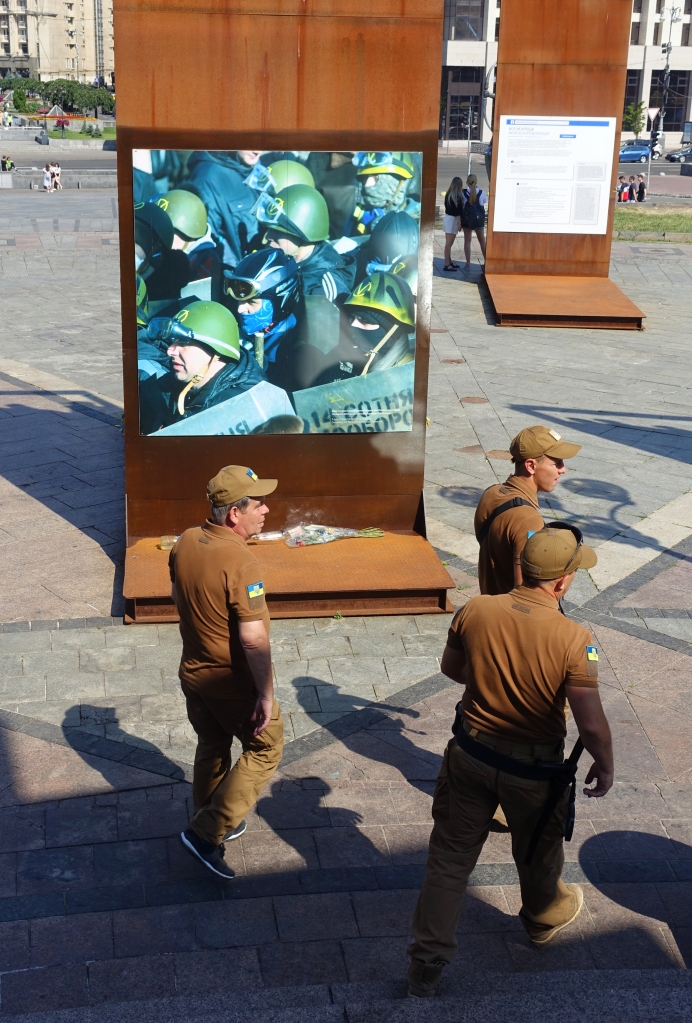





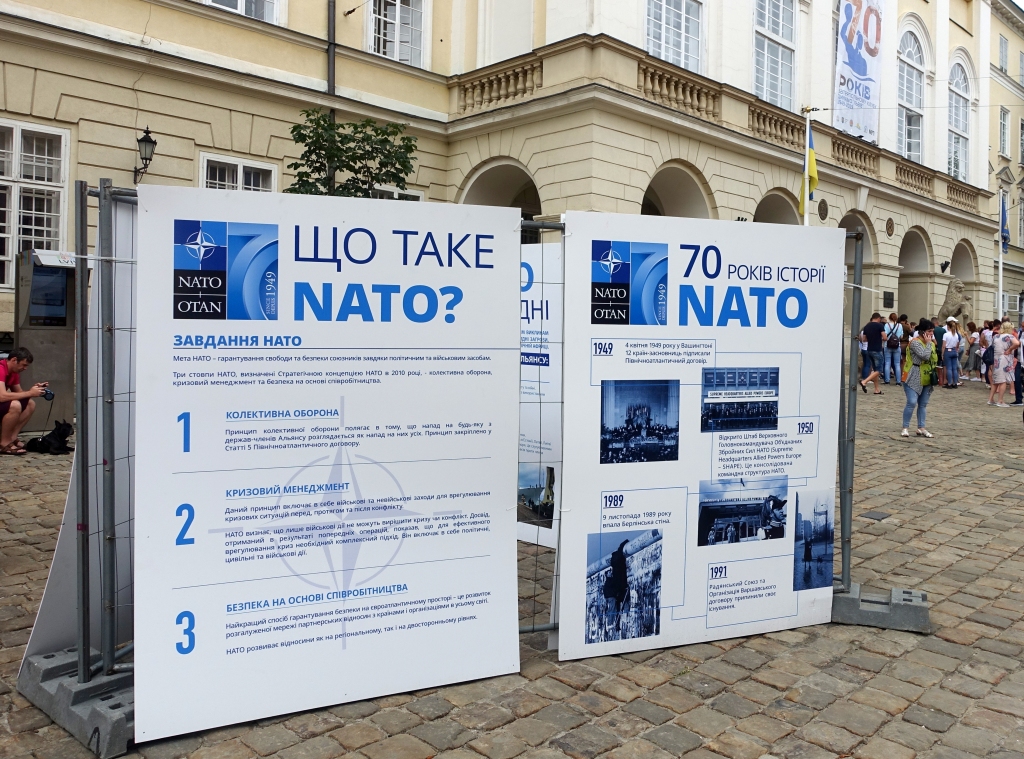


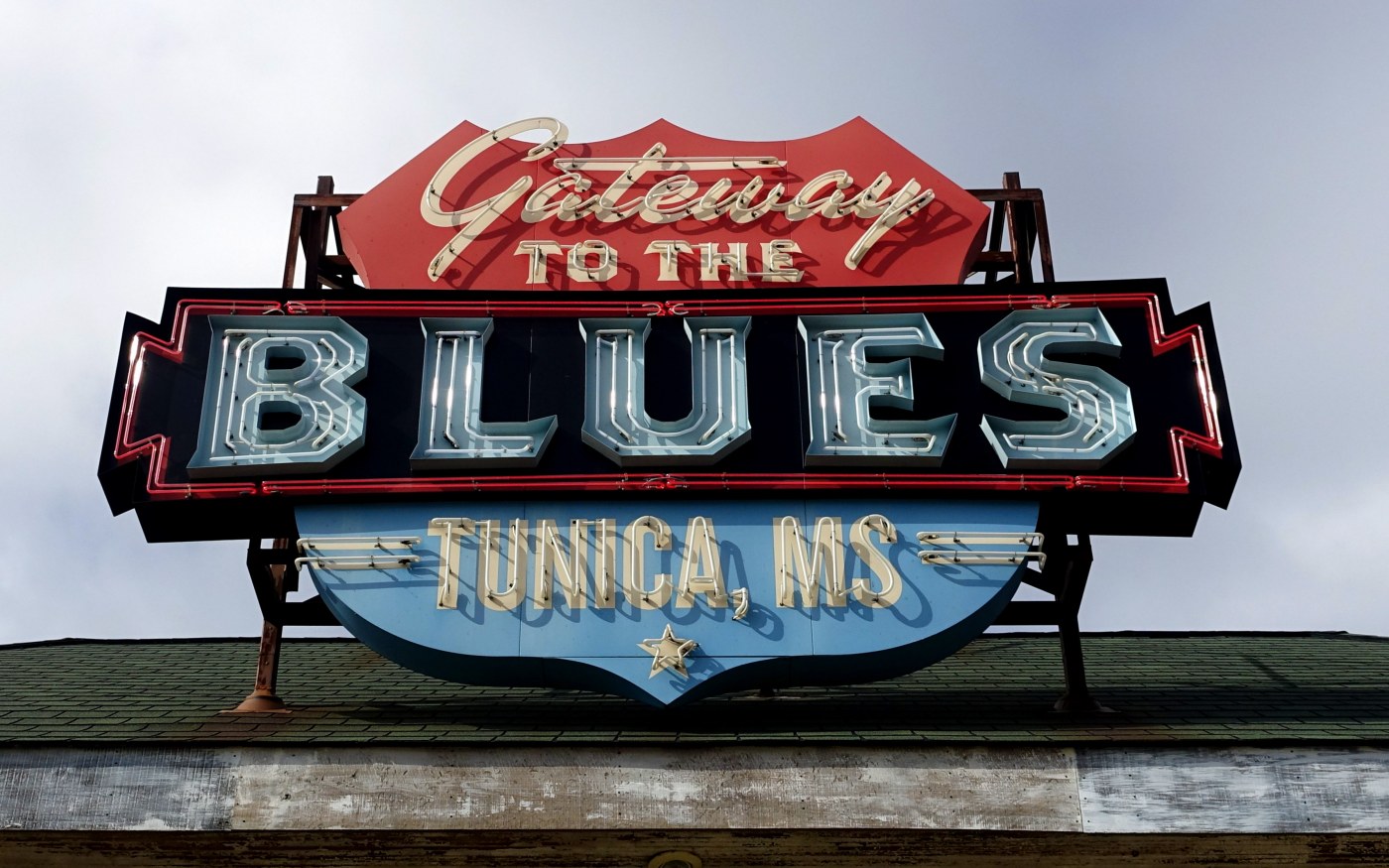

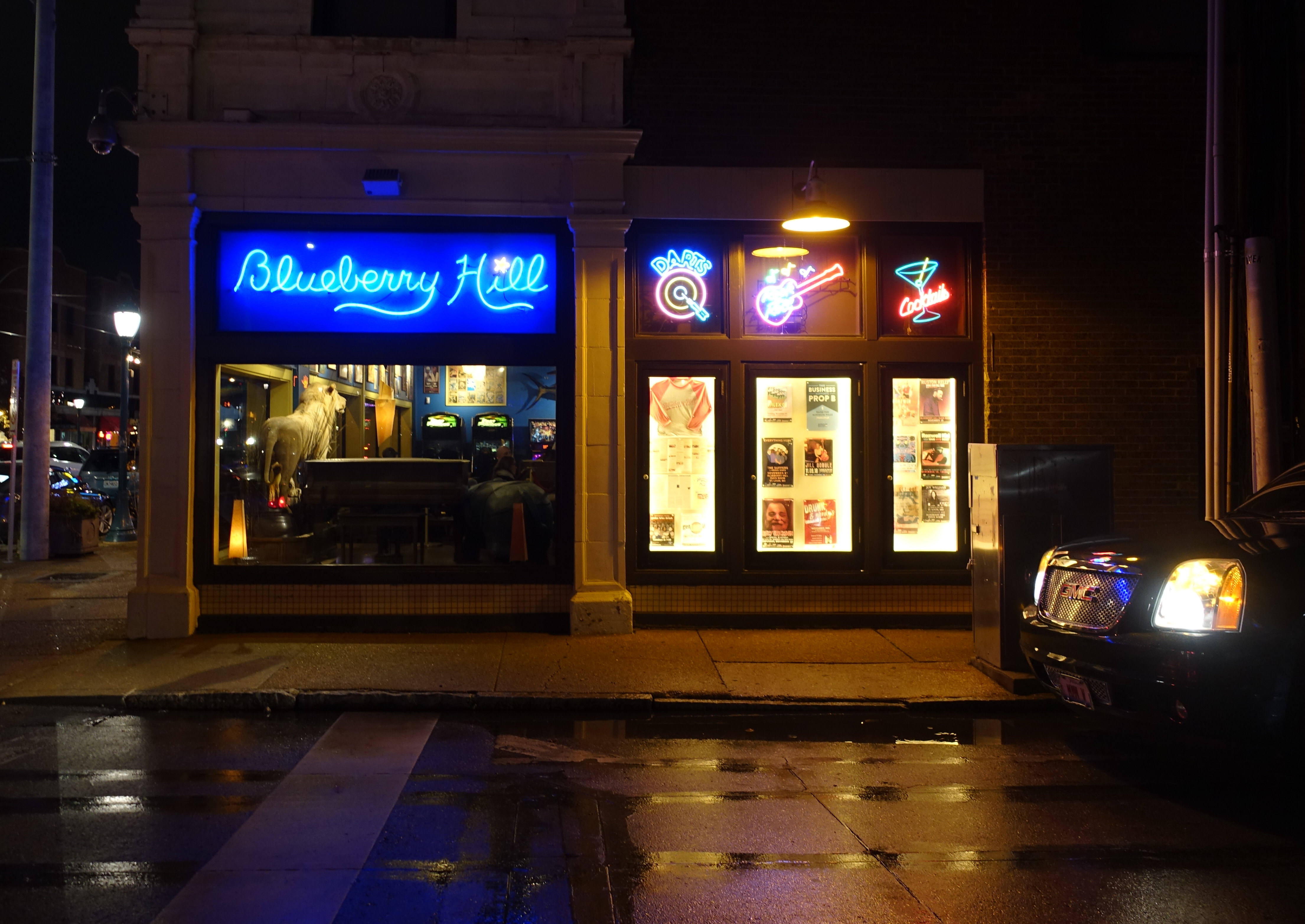
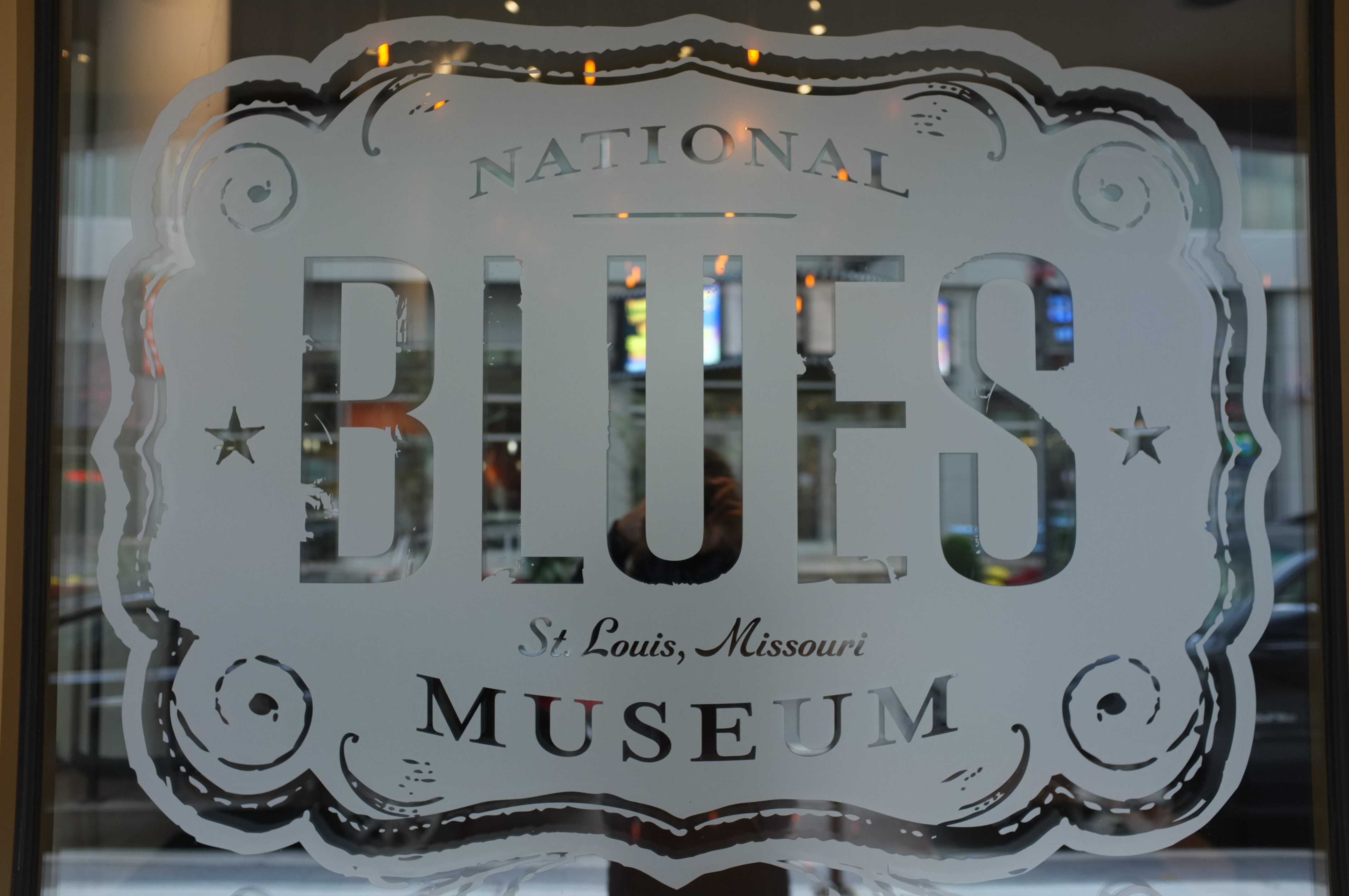






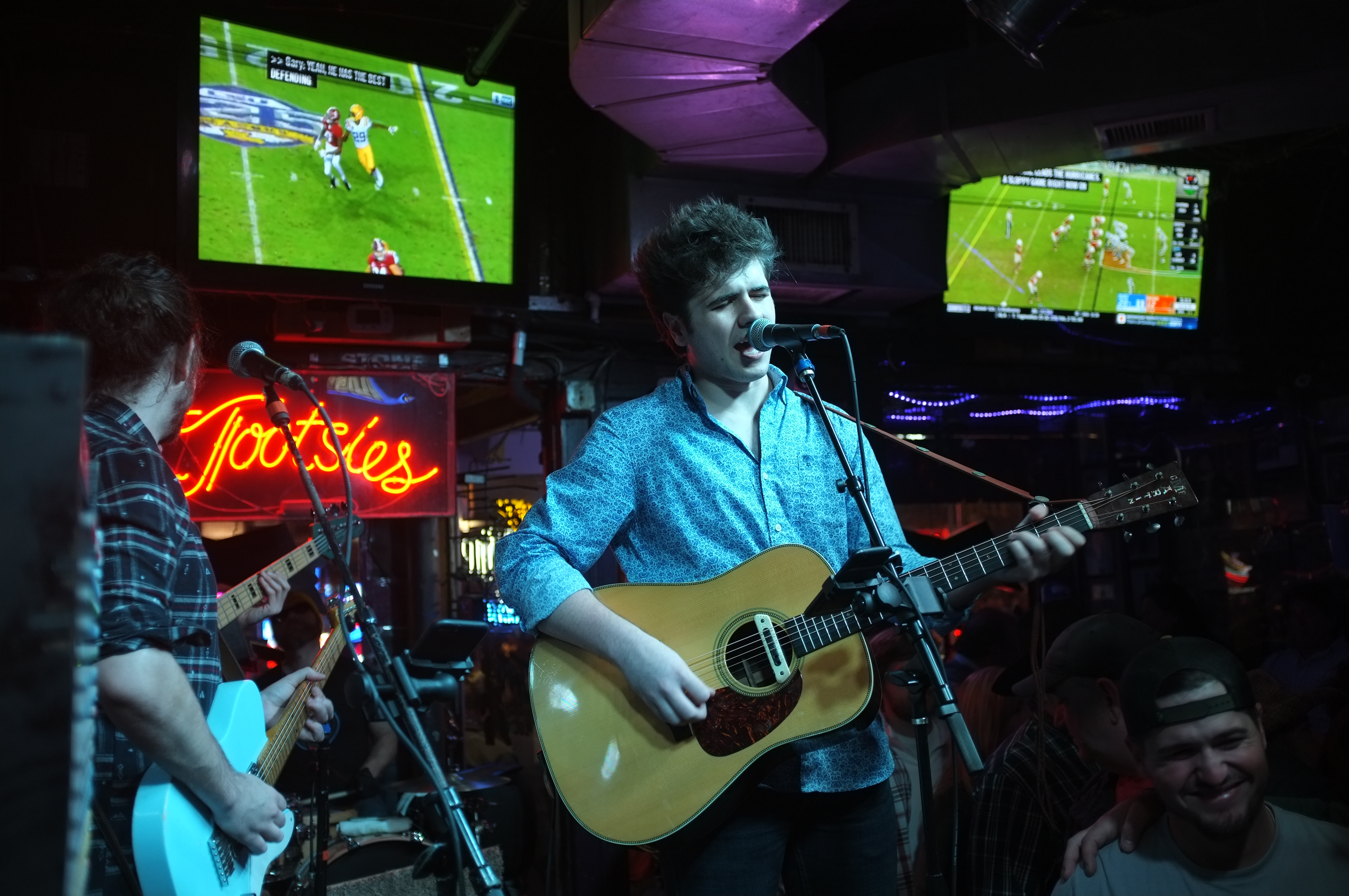




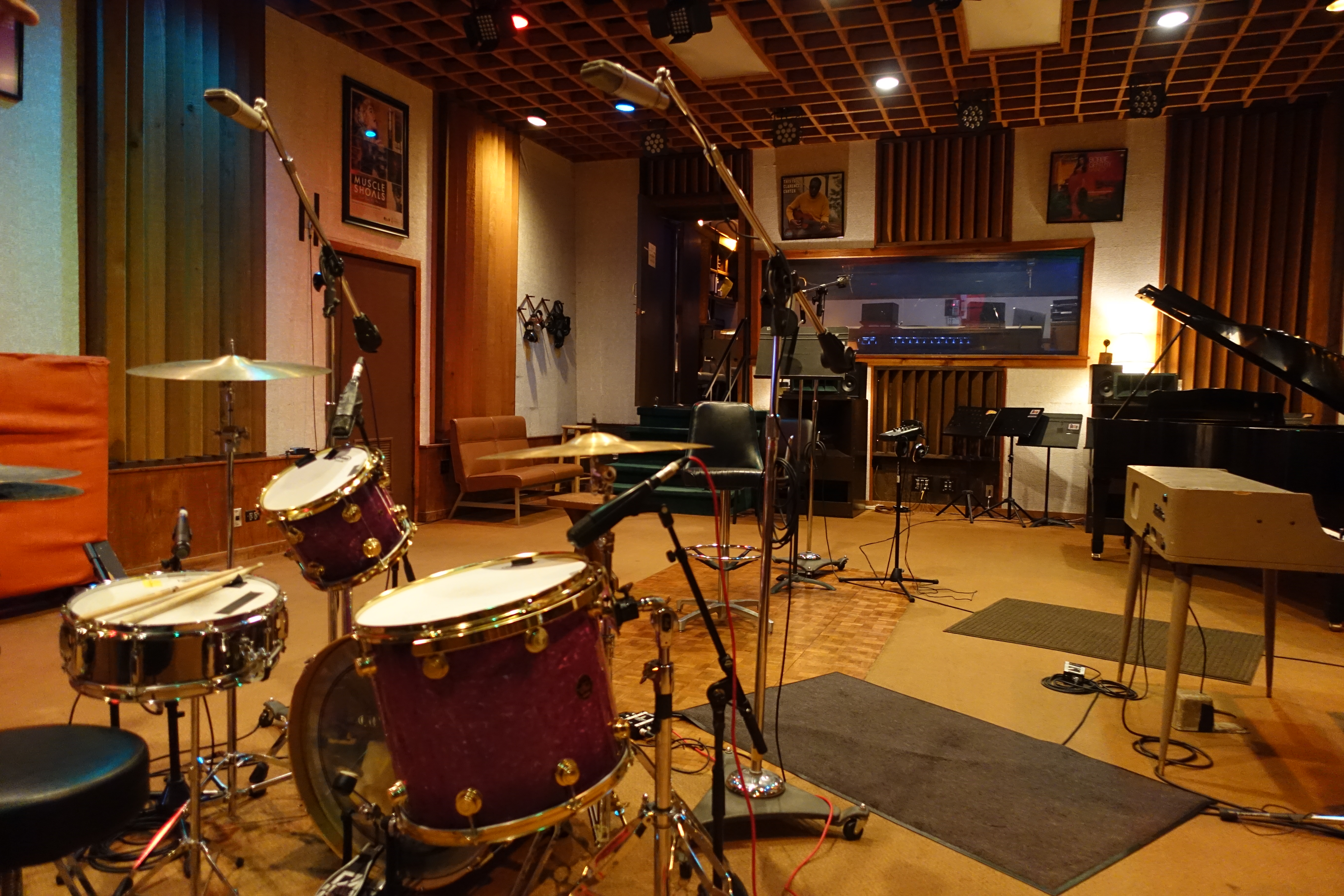


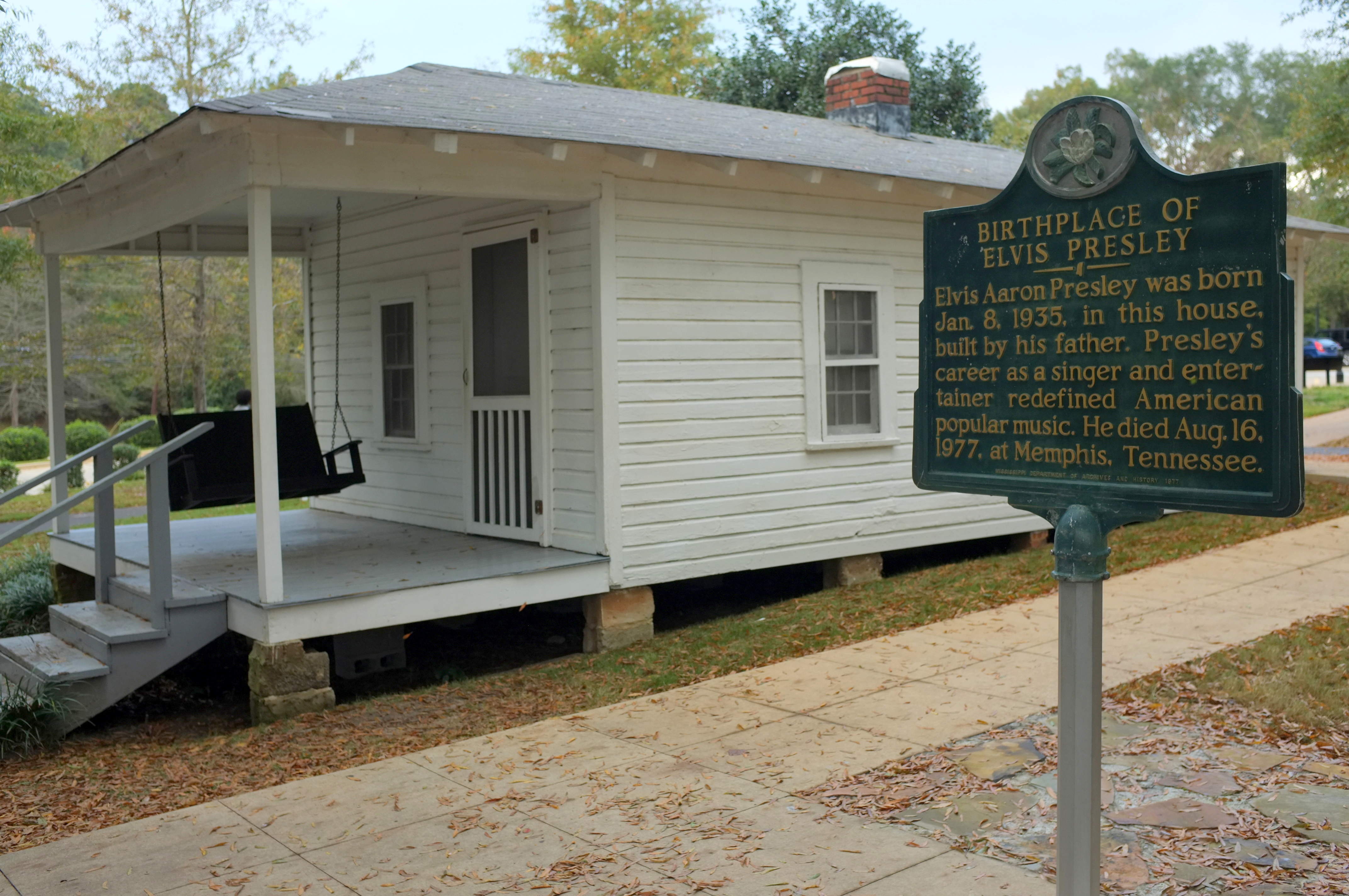 Elvis found fame by recording in the nearby city of Memphis in the state of Tennesee.
Elvis found fame by recording in the nearby city of Memphis in the state of Tennesee.
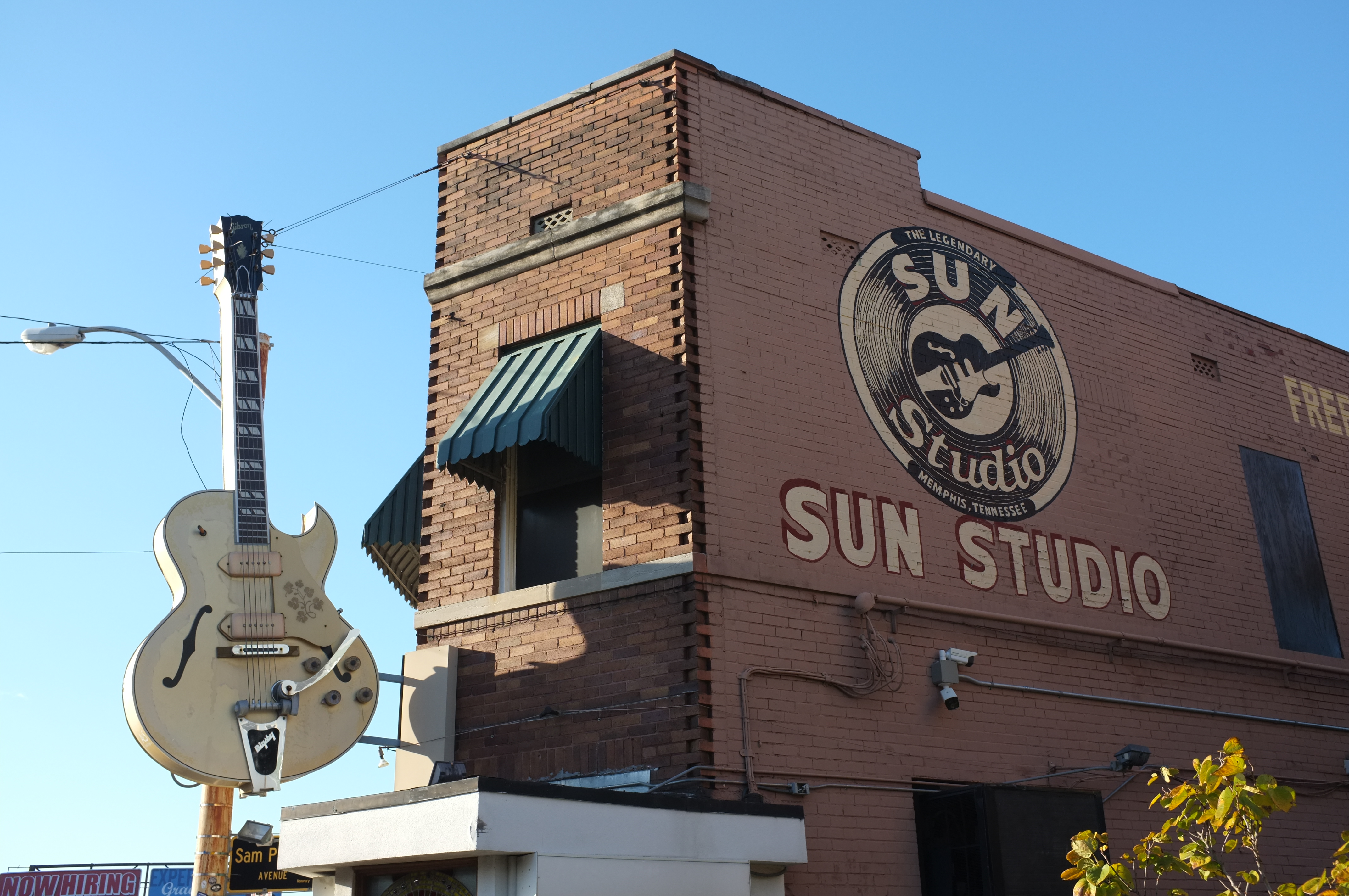

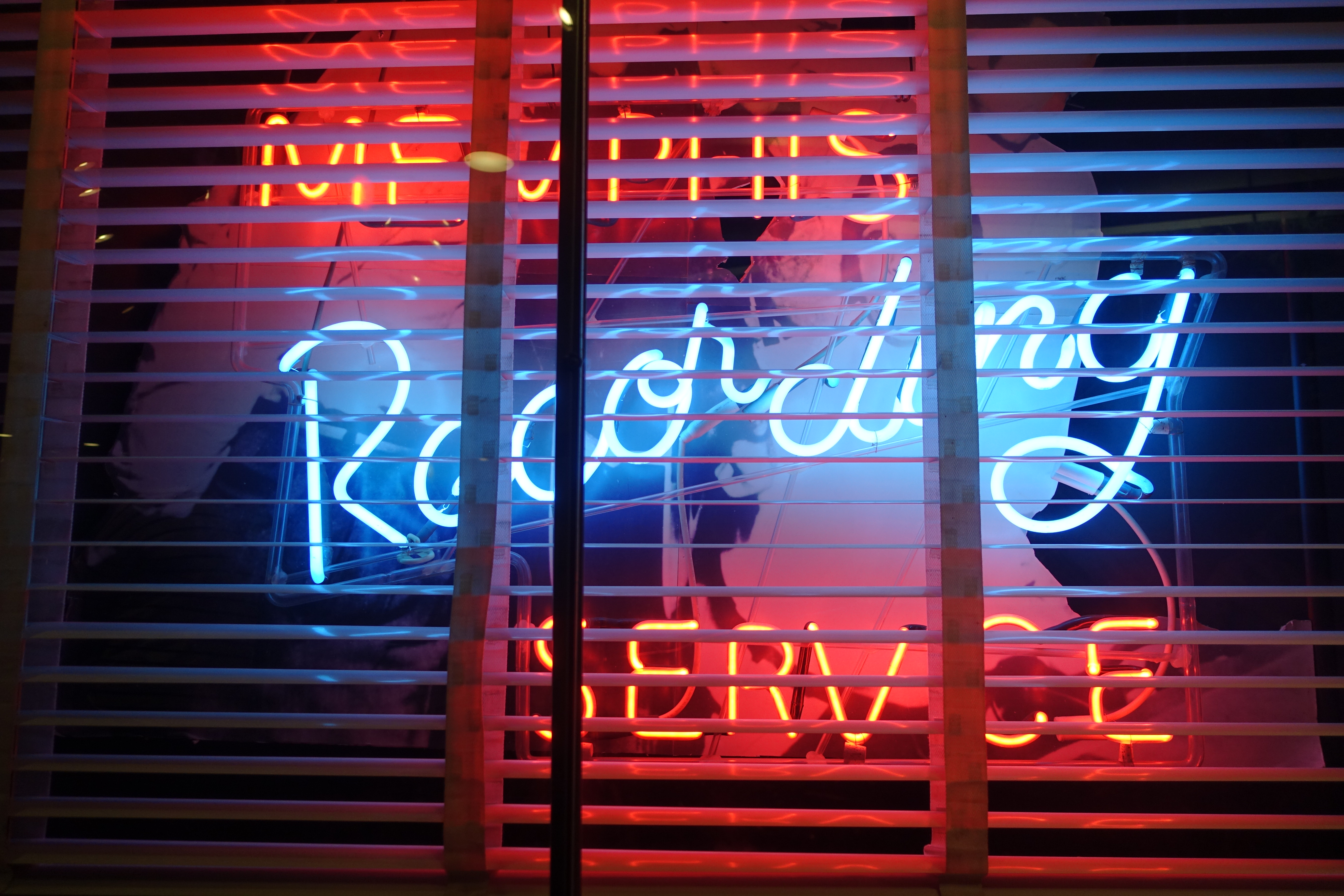




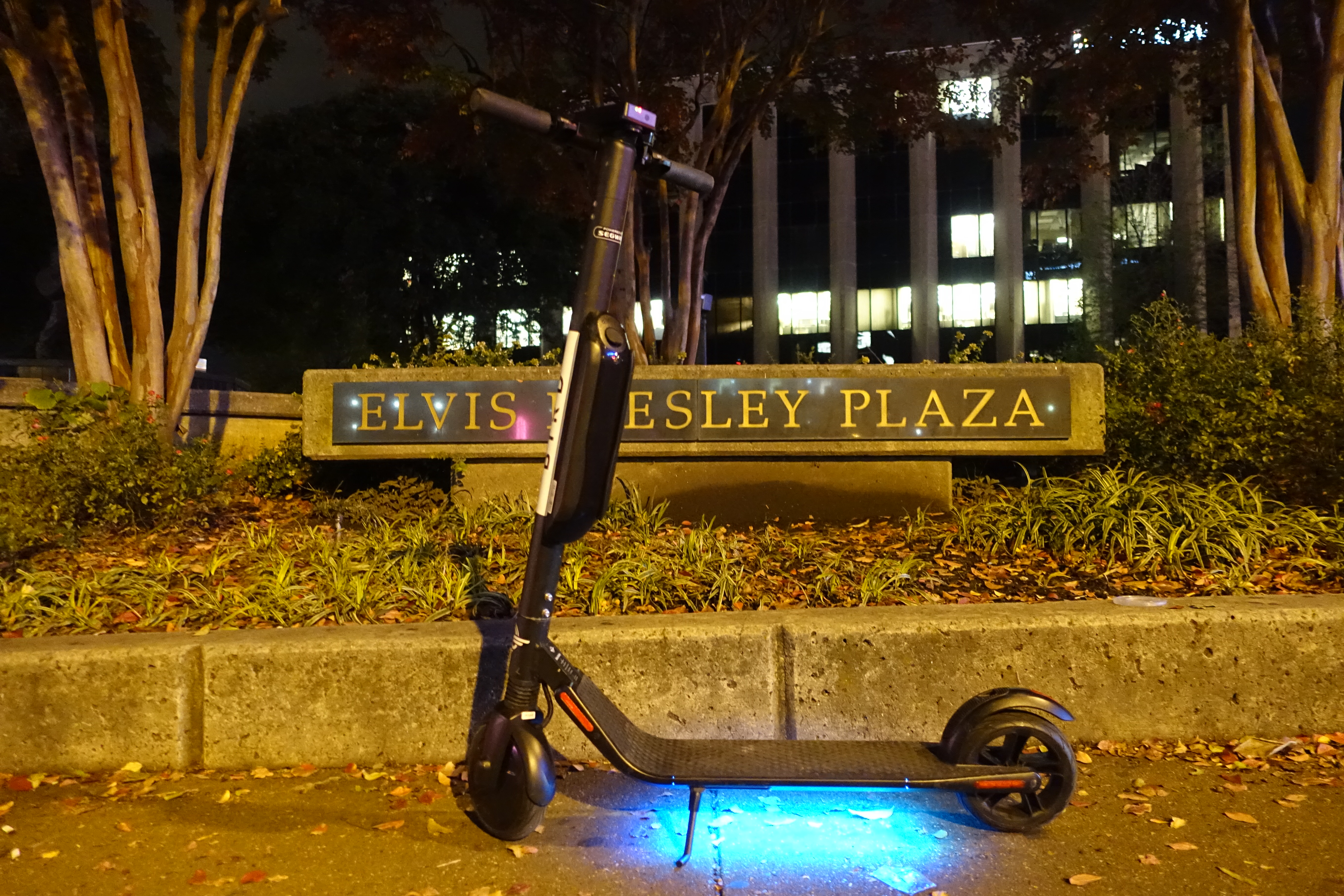
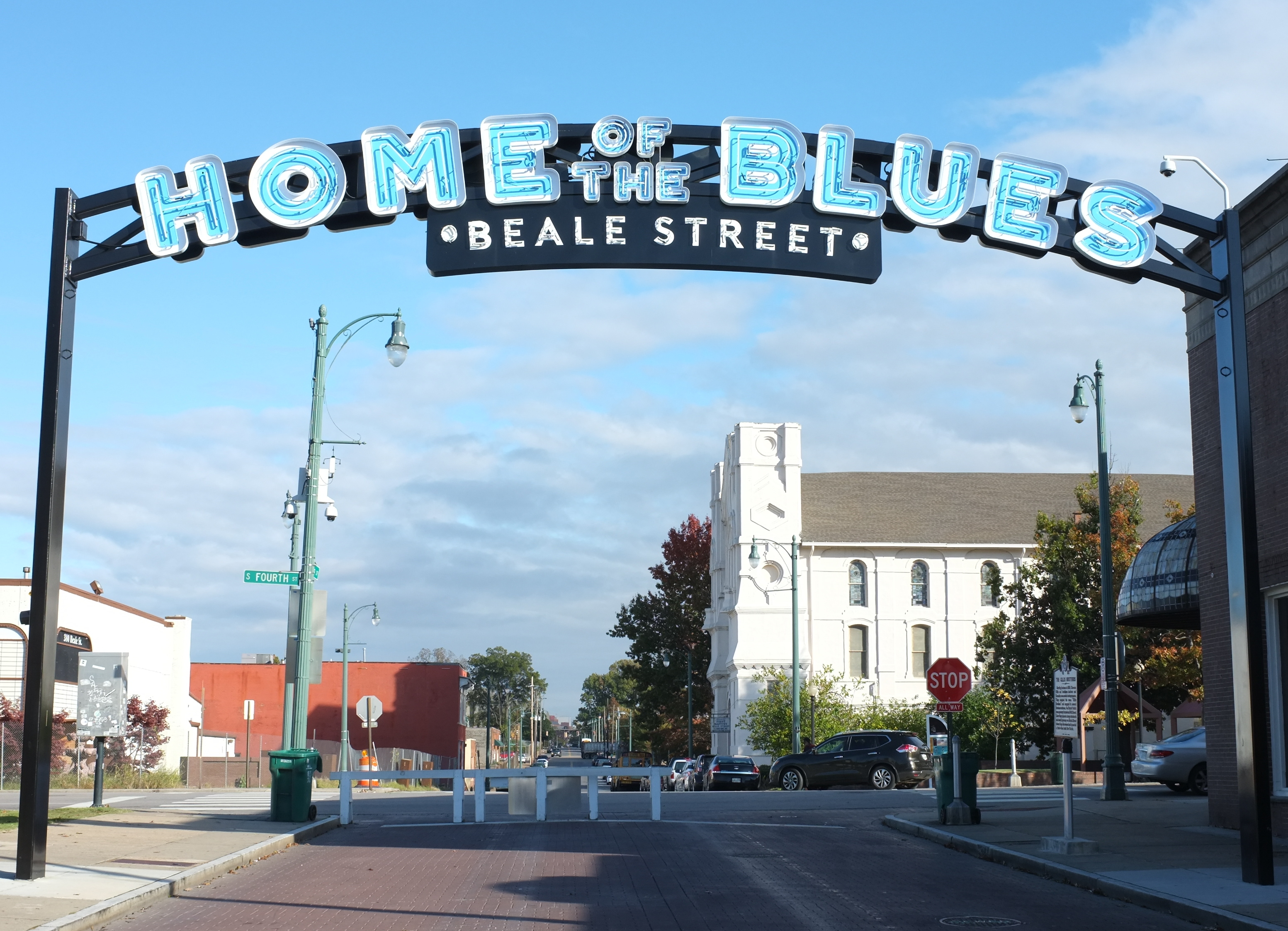
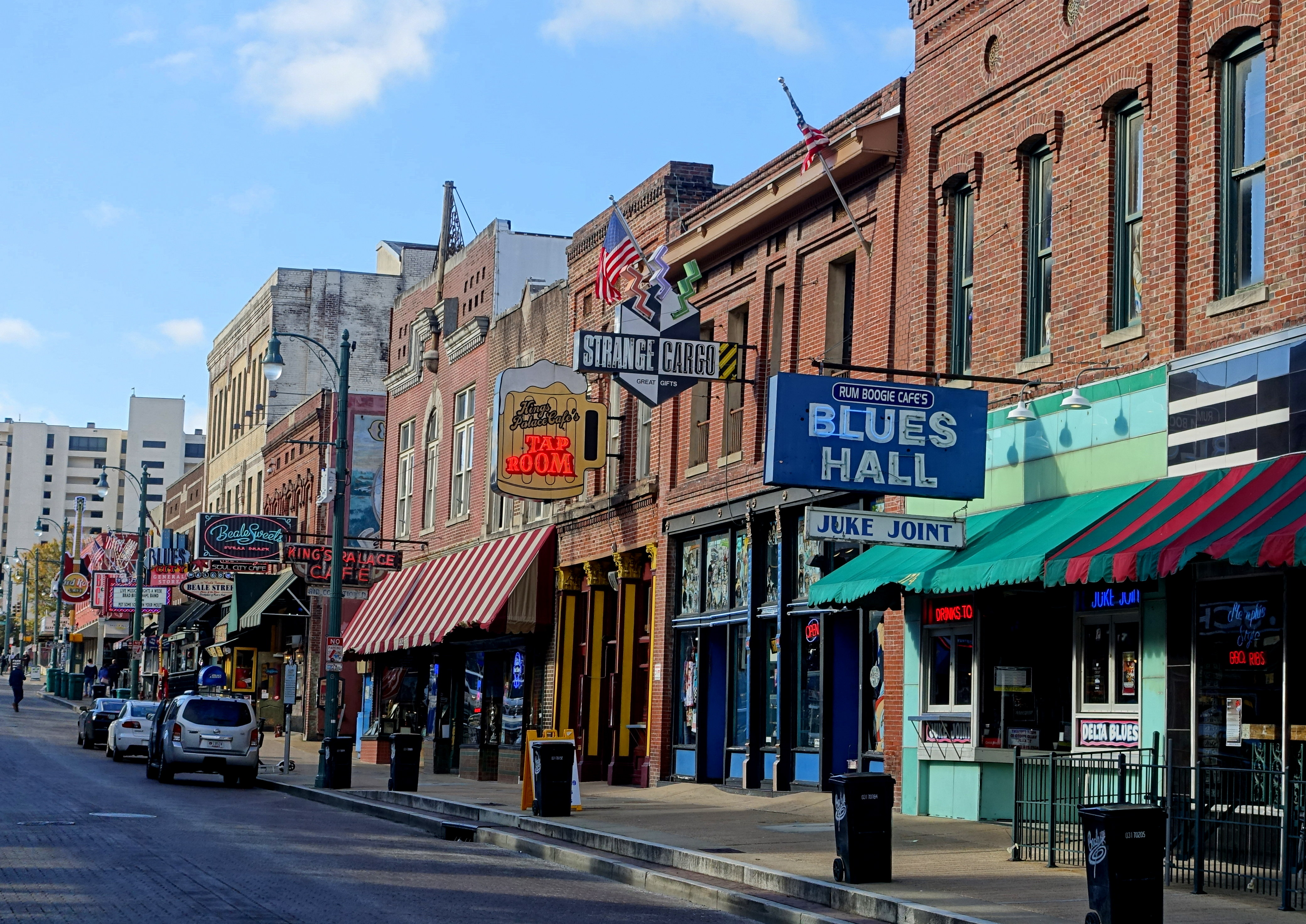


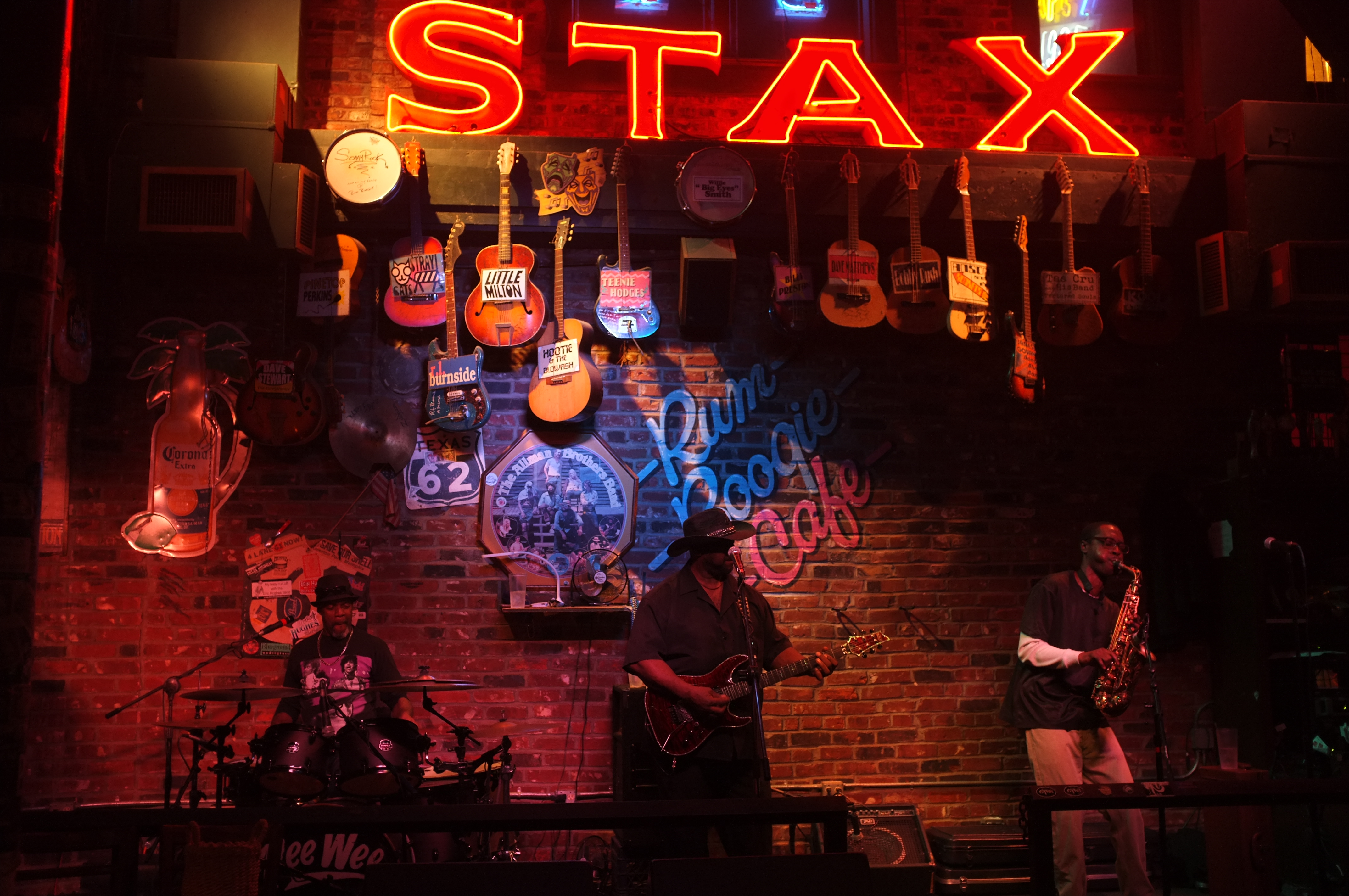
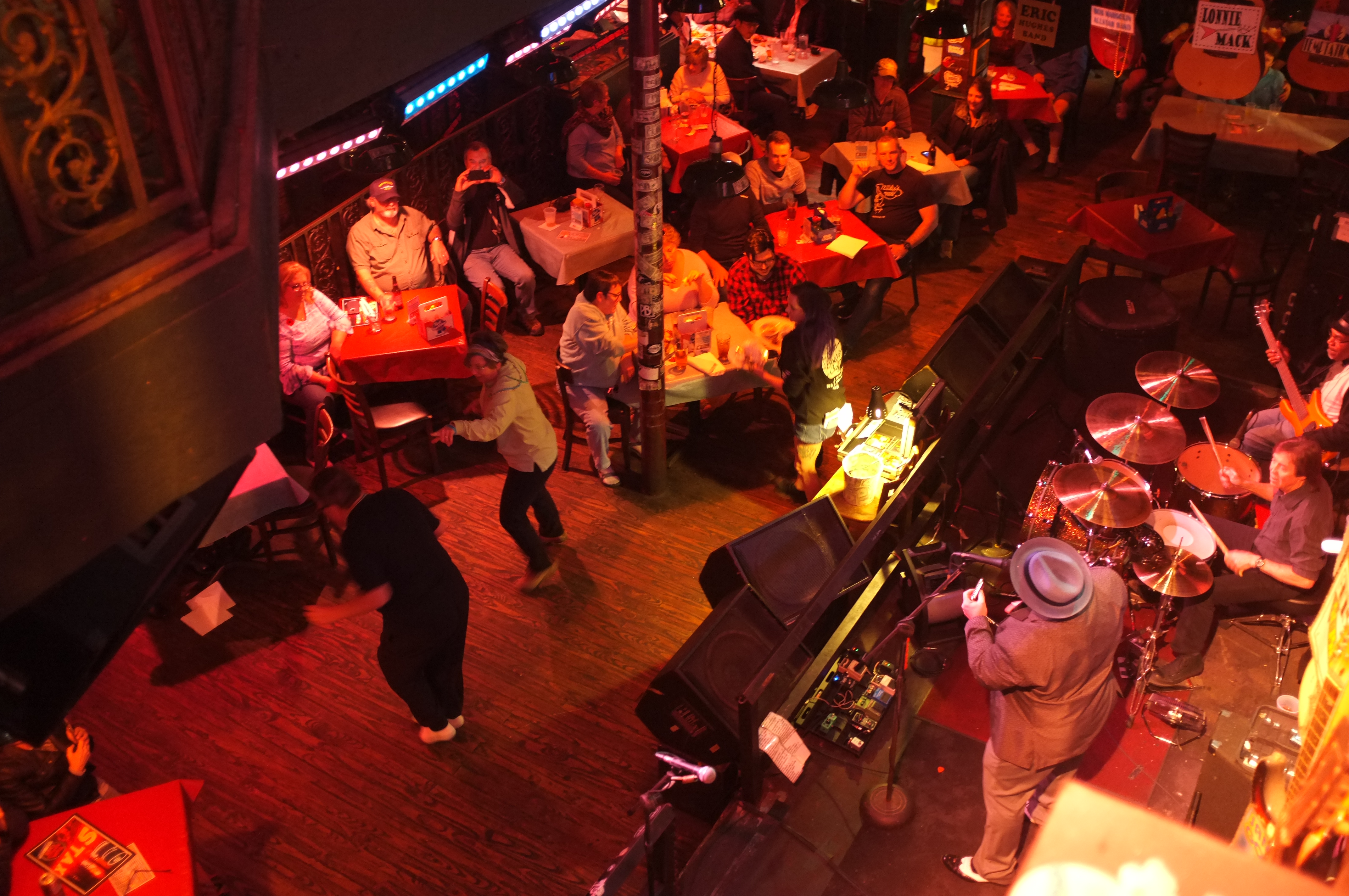
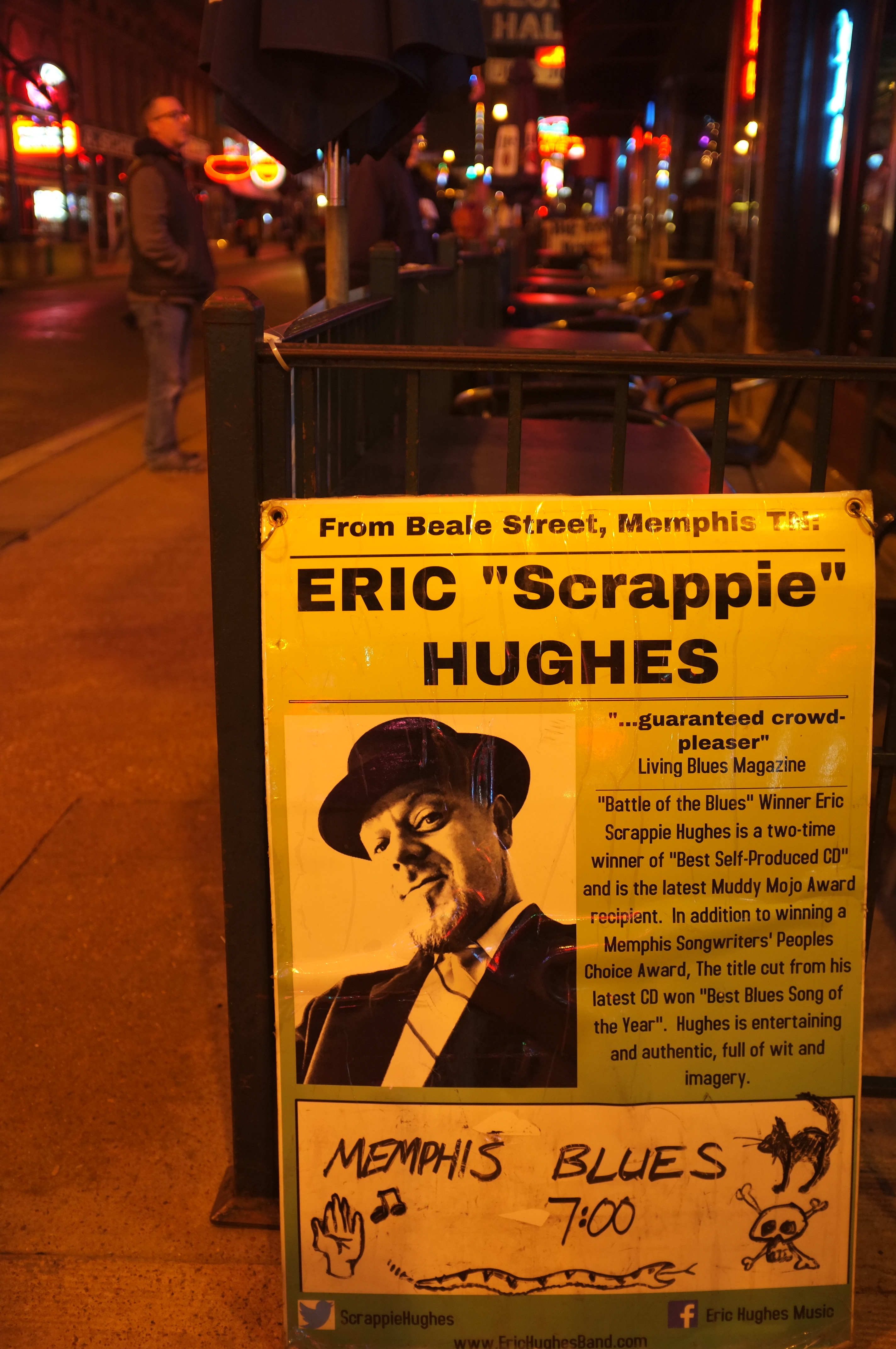
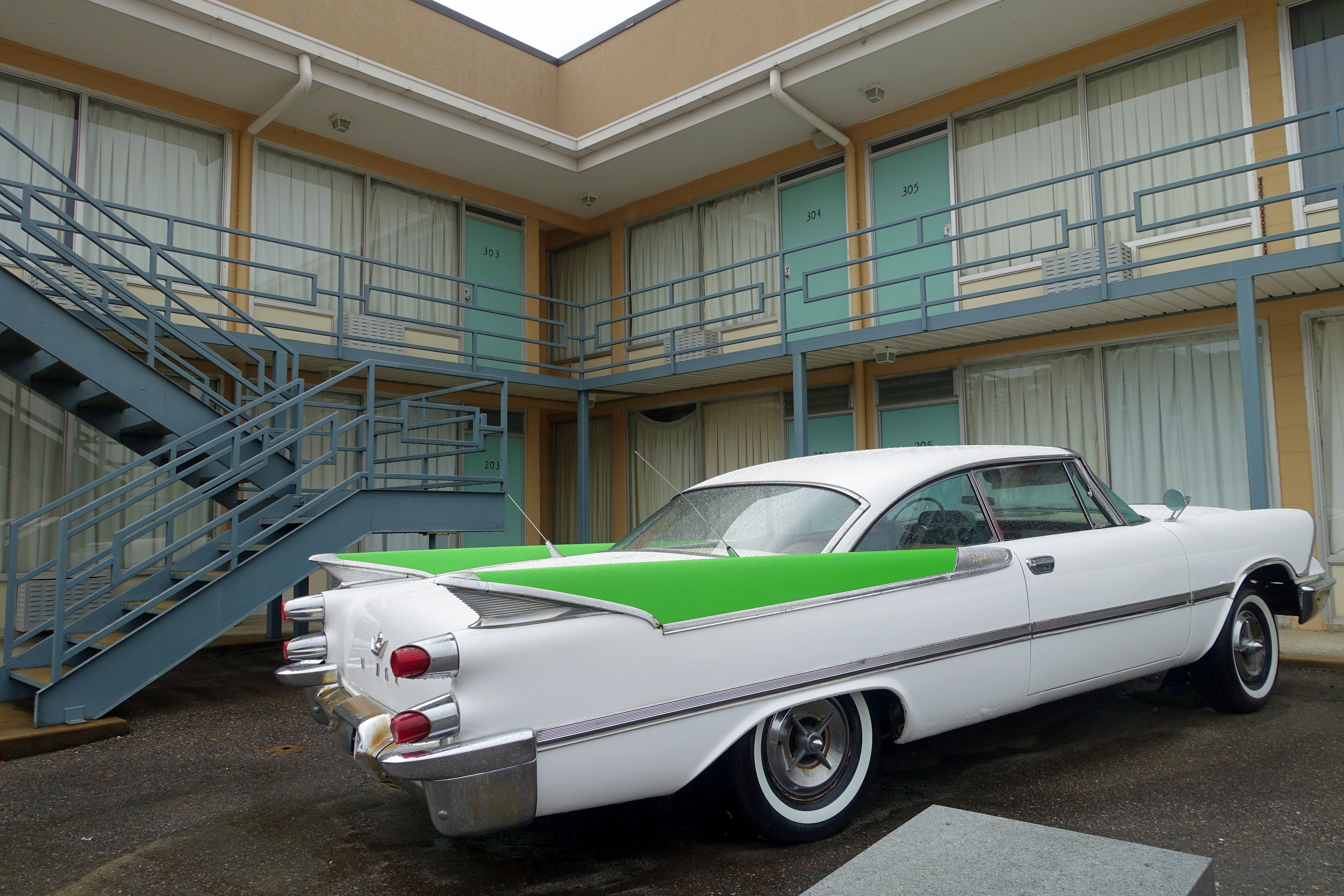
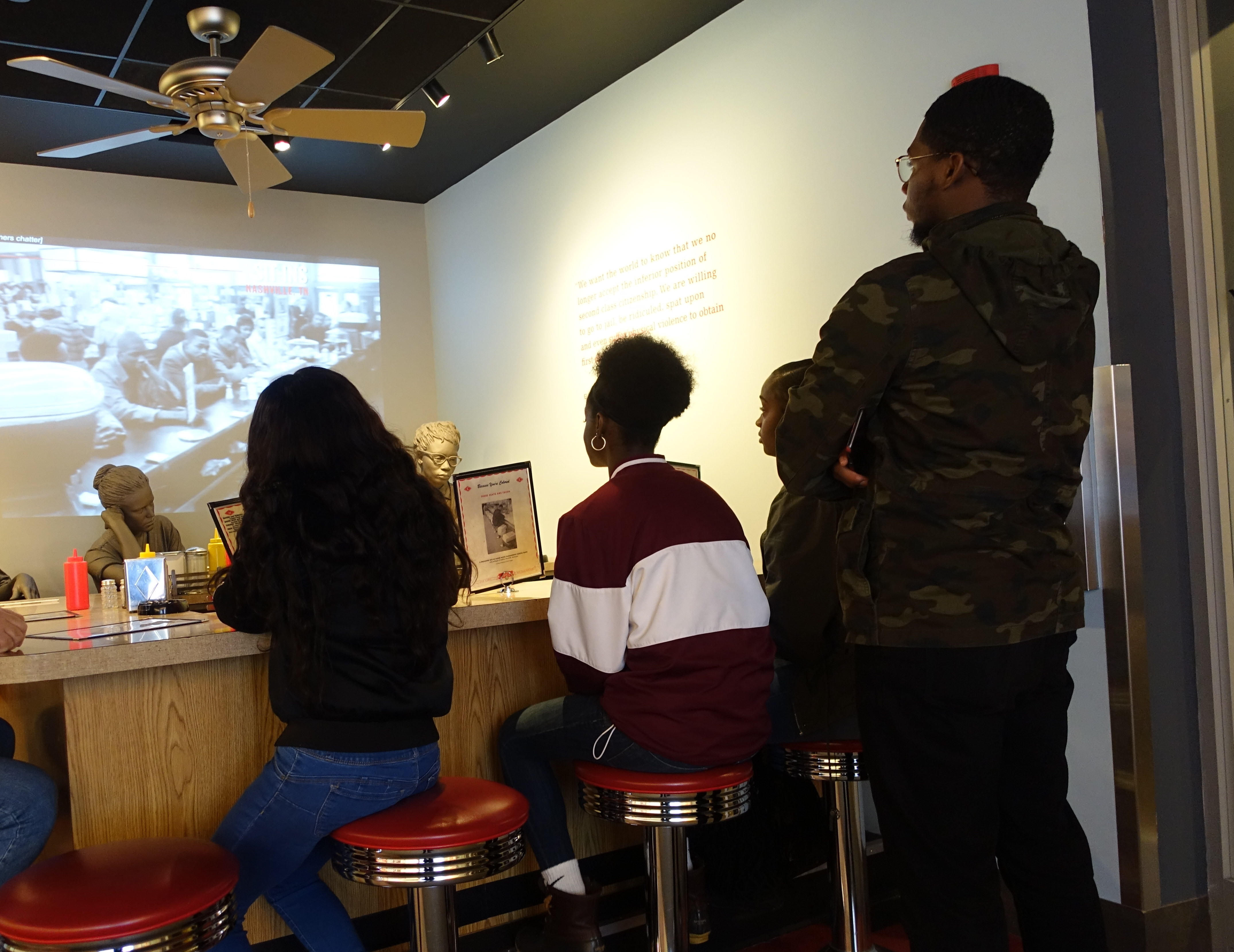

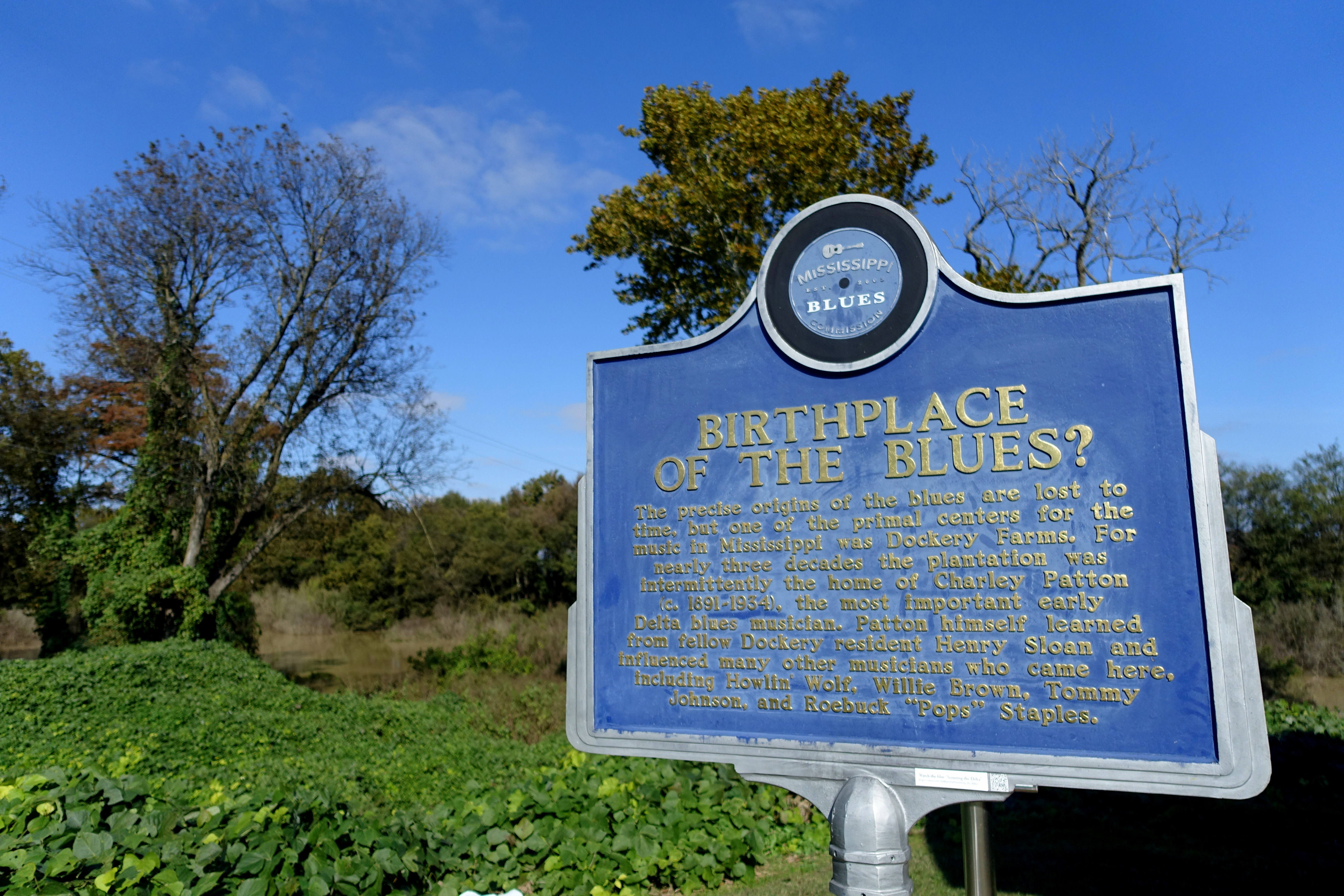



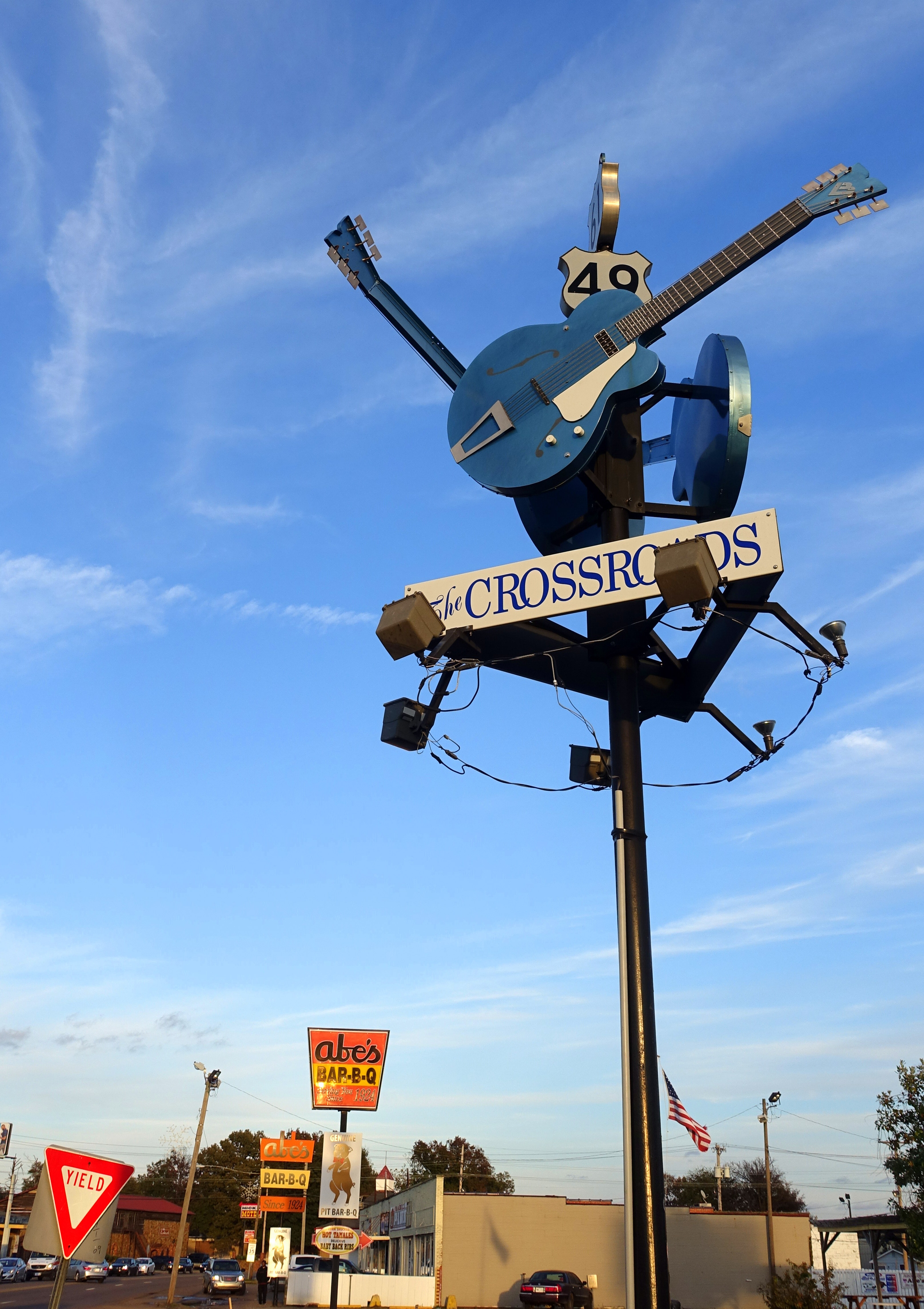
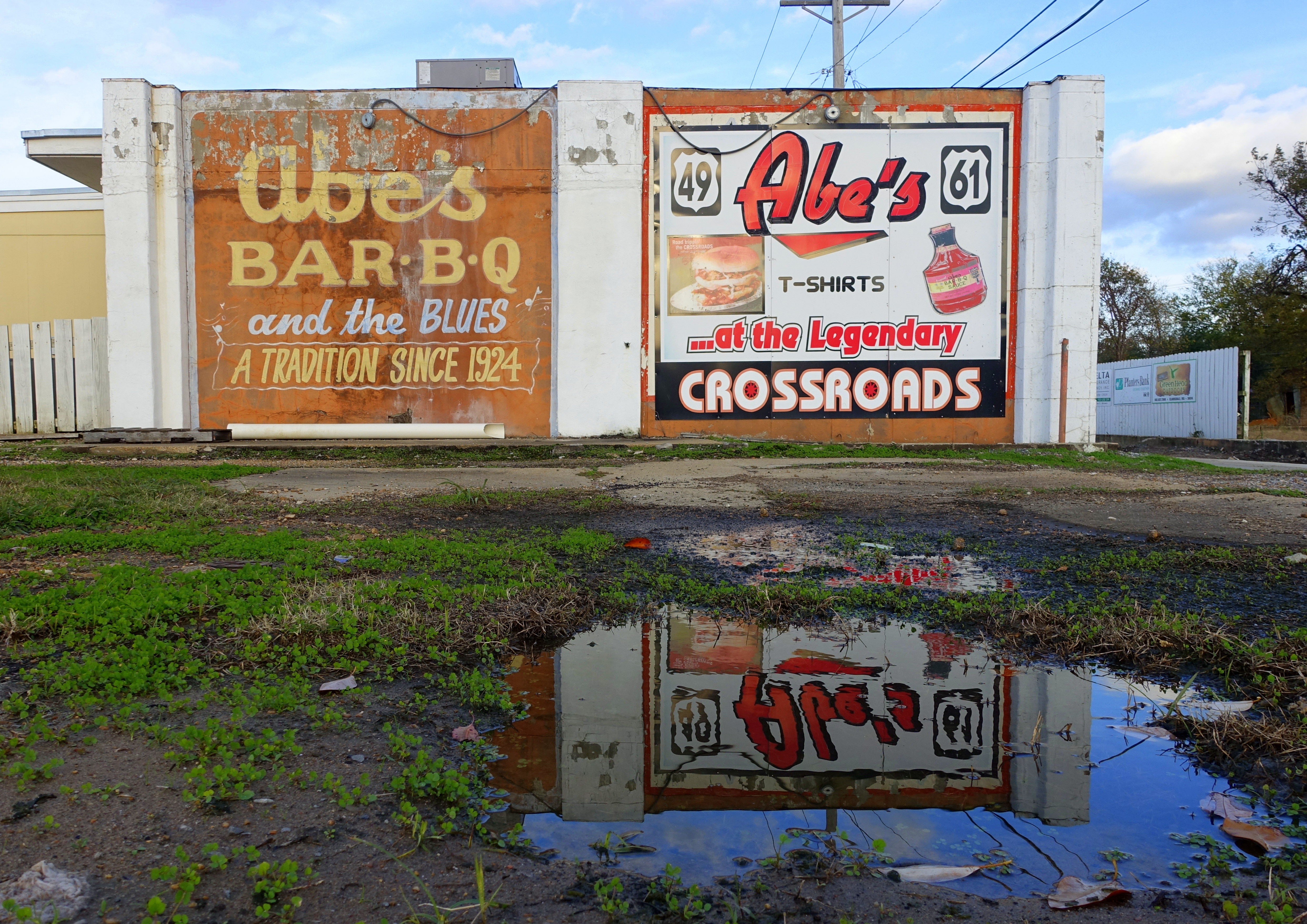



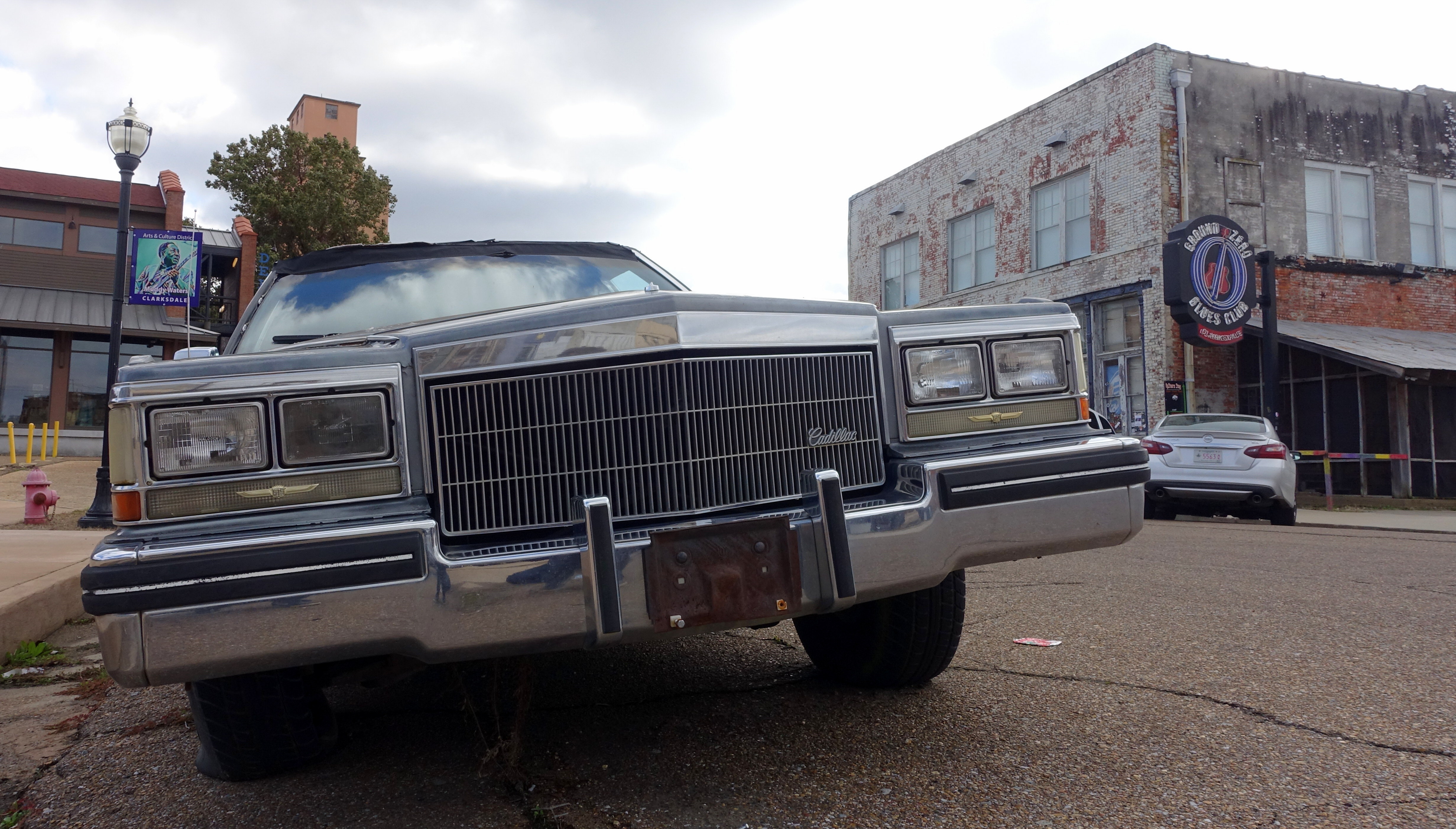


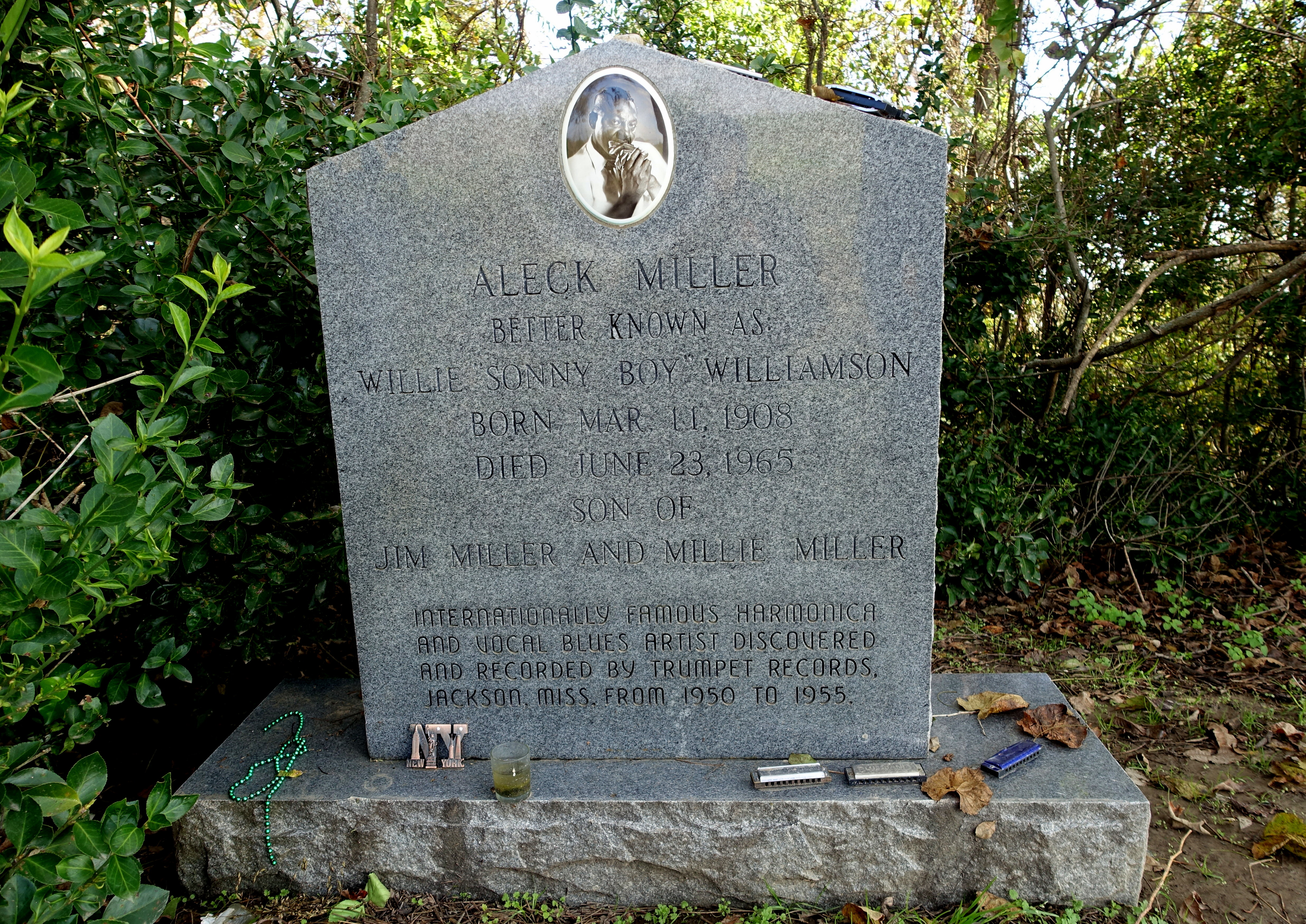



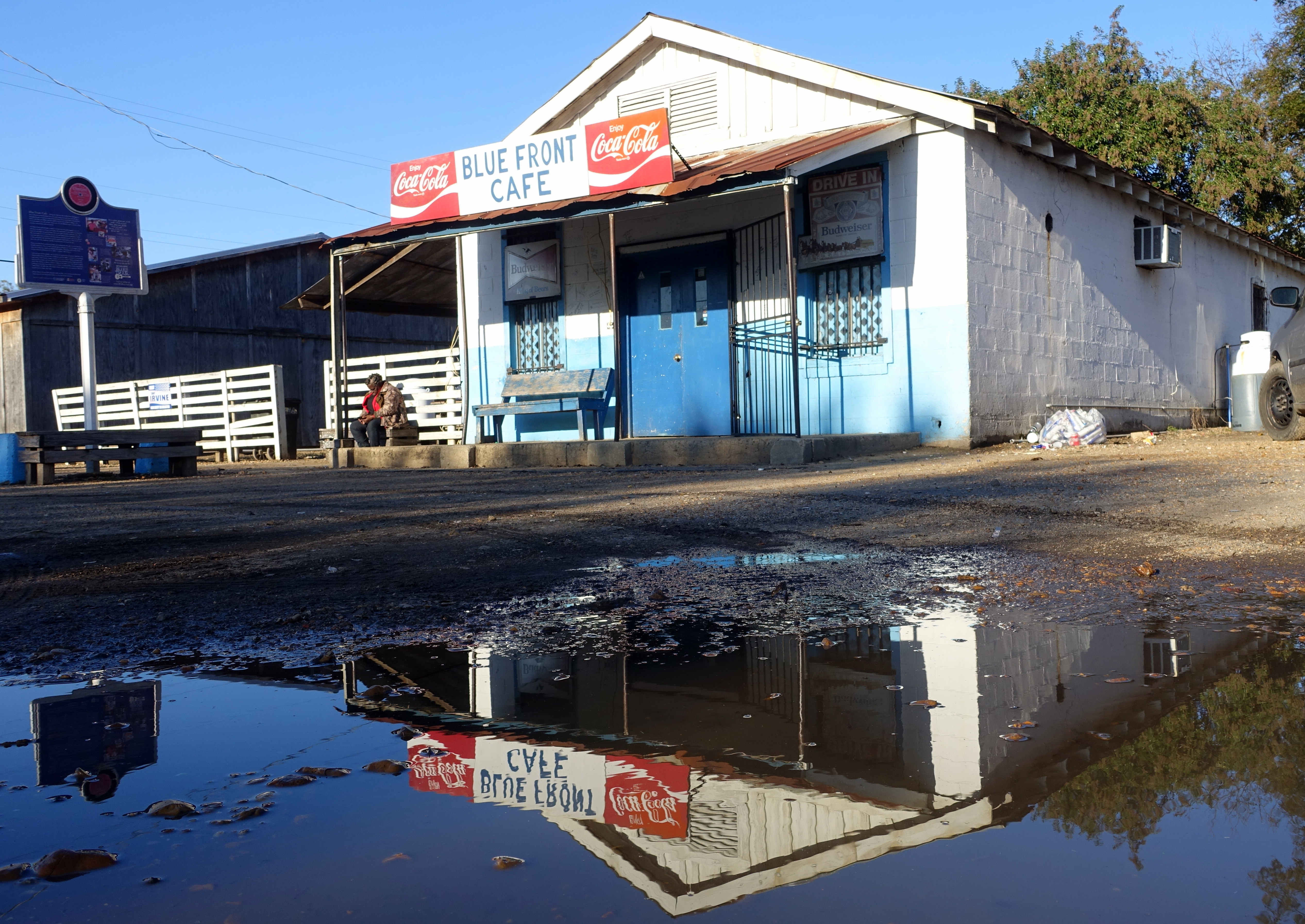
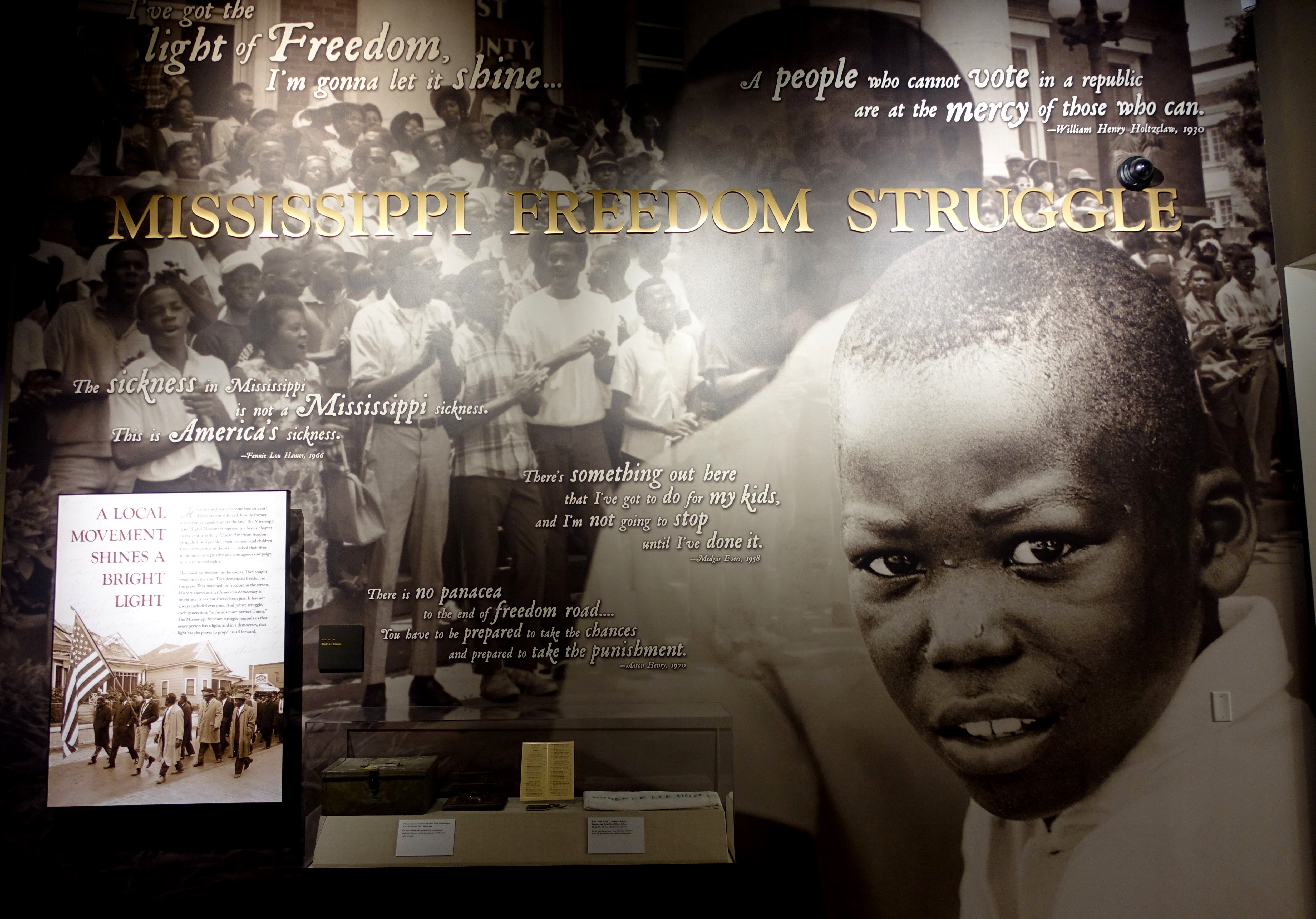

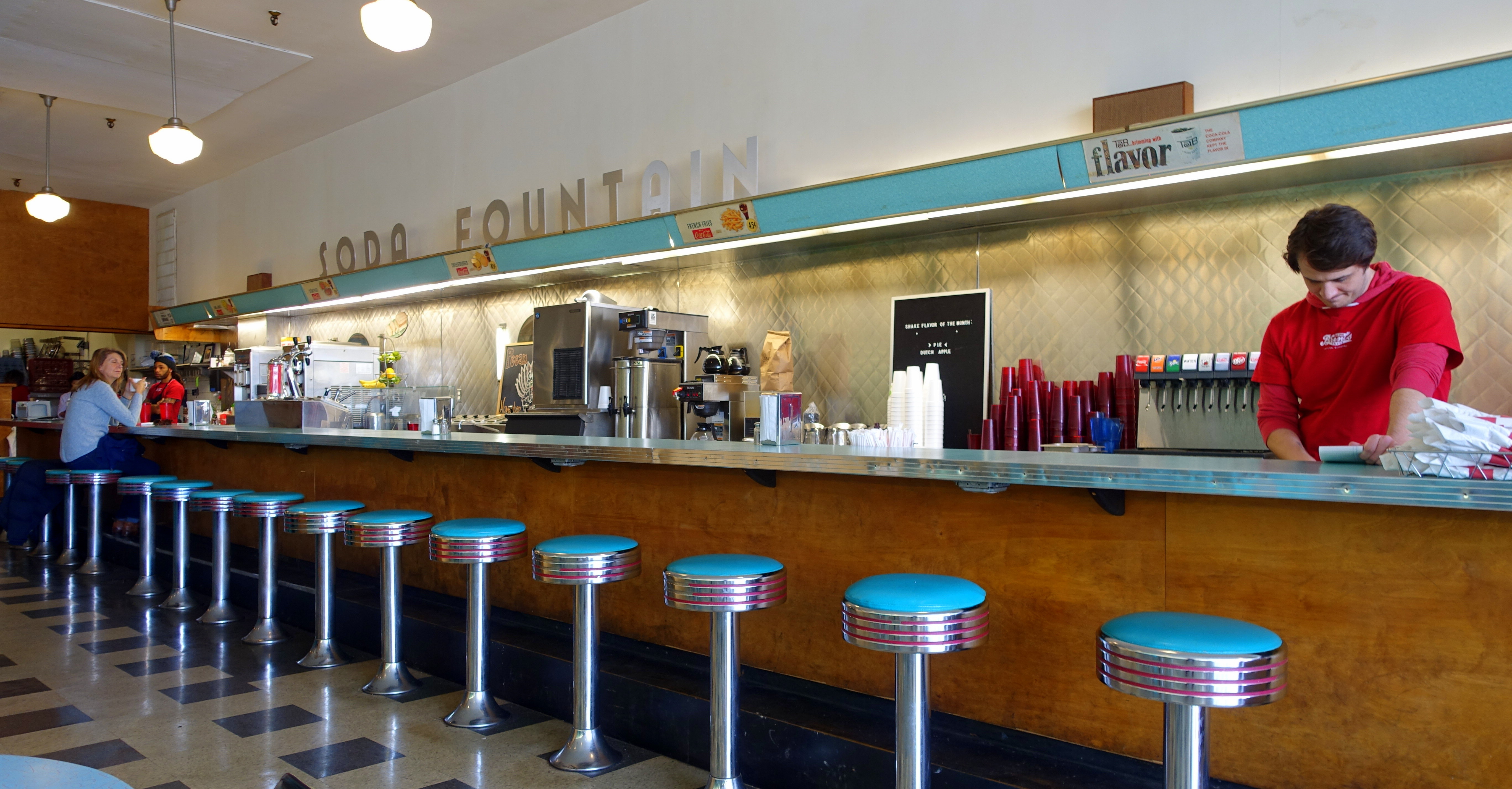

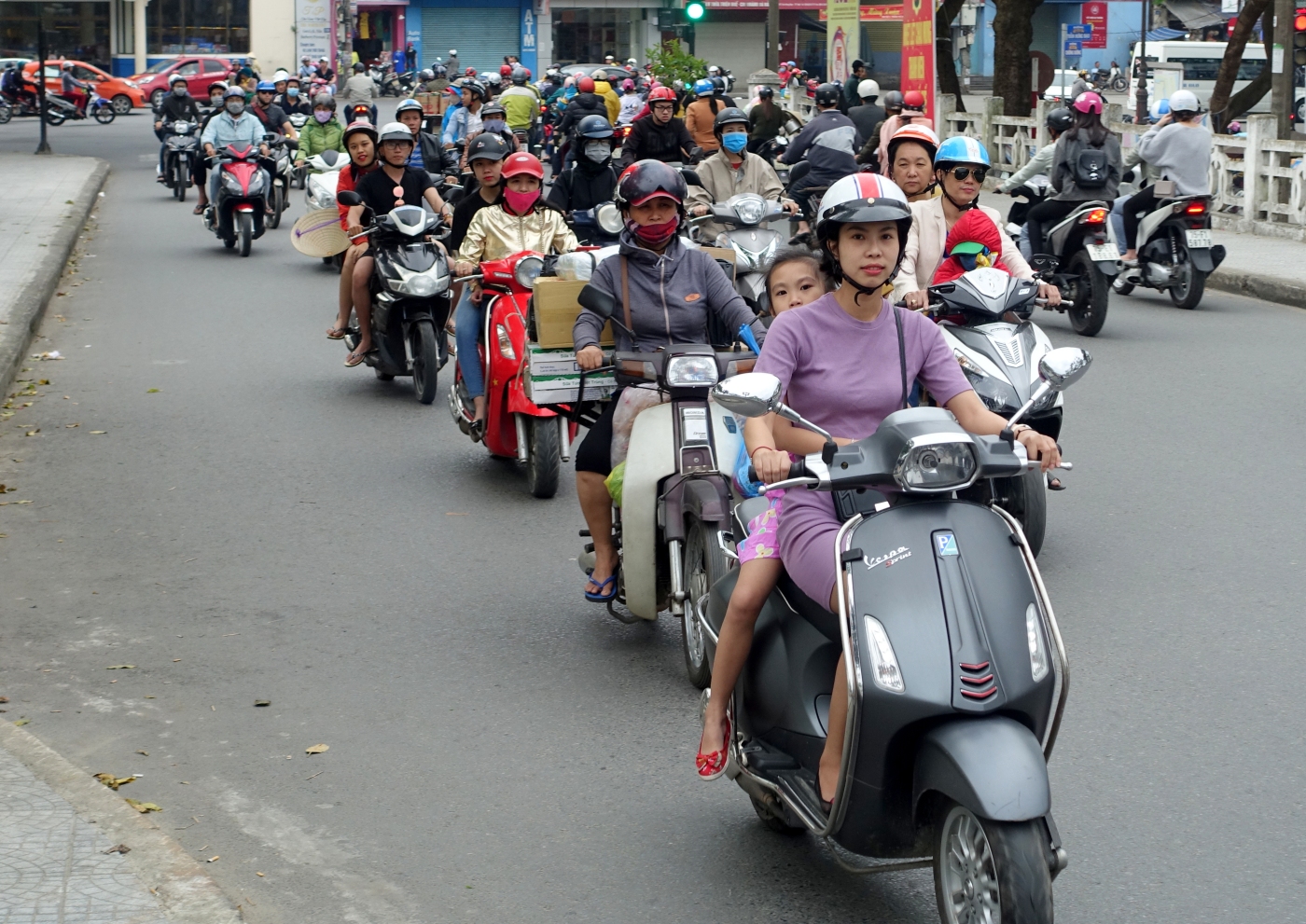
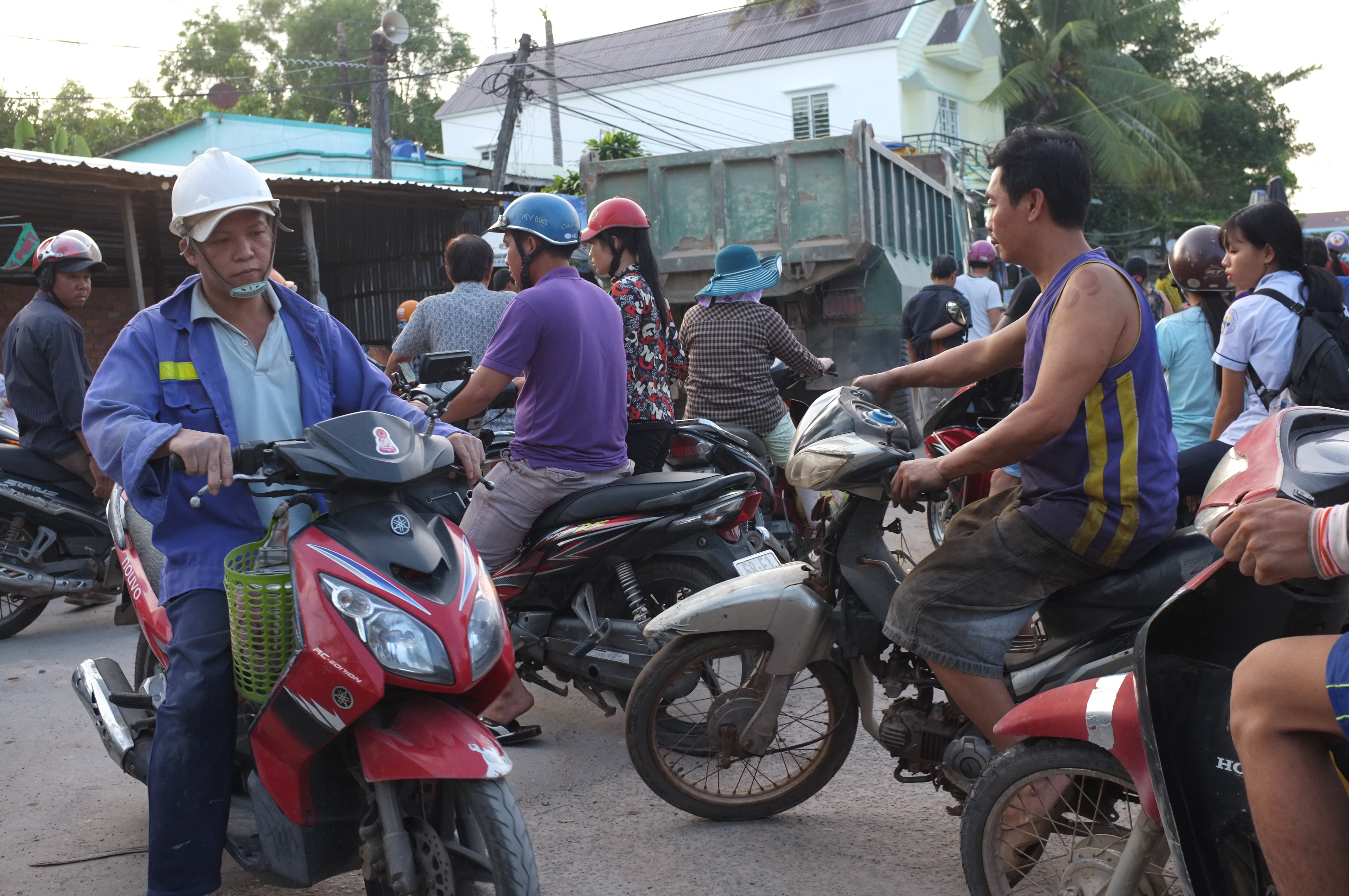

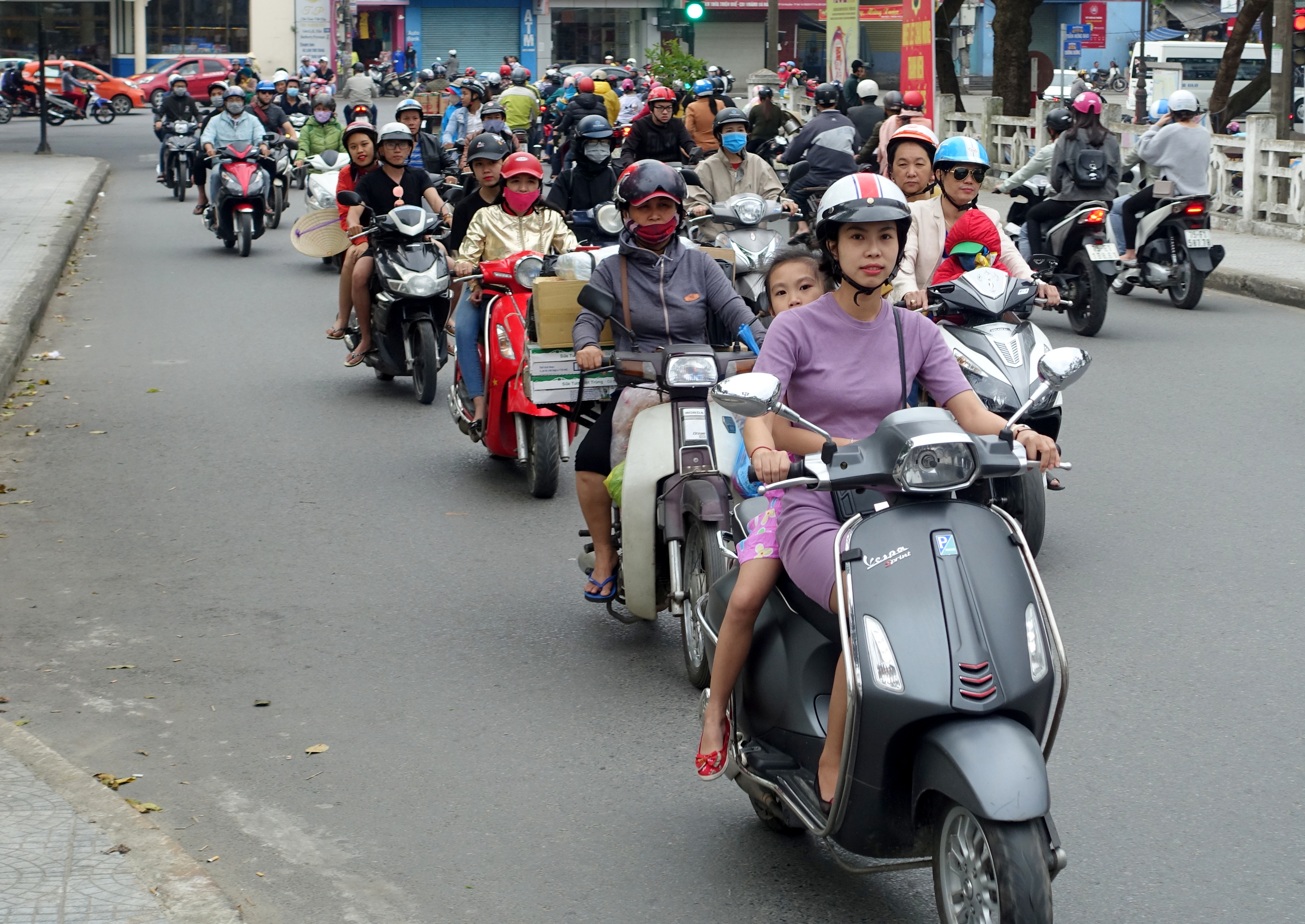
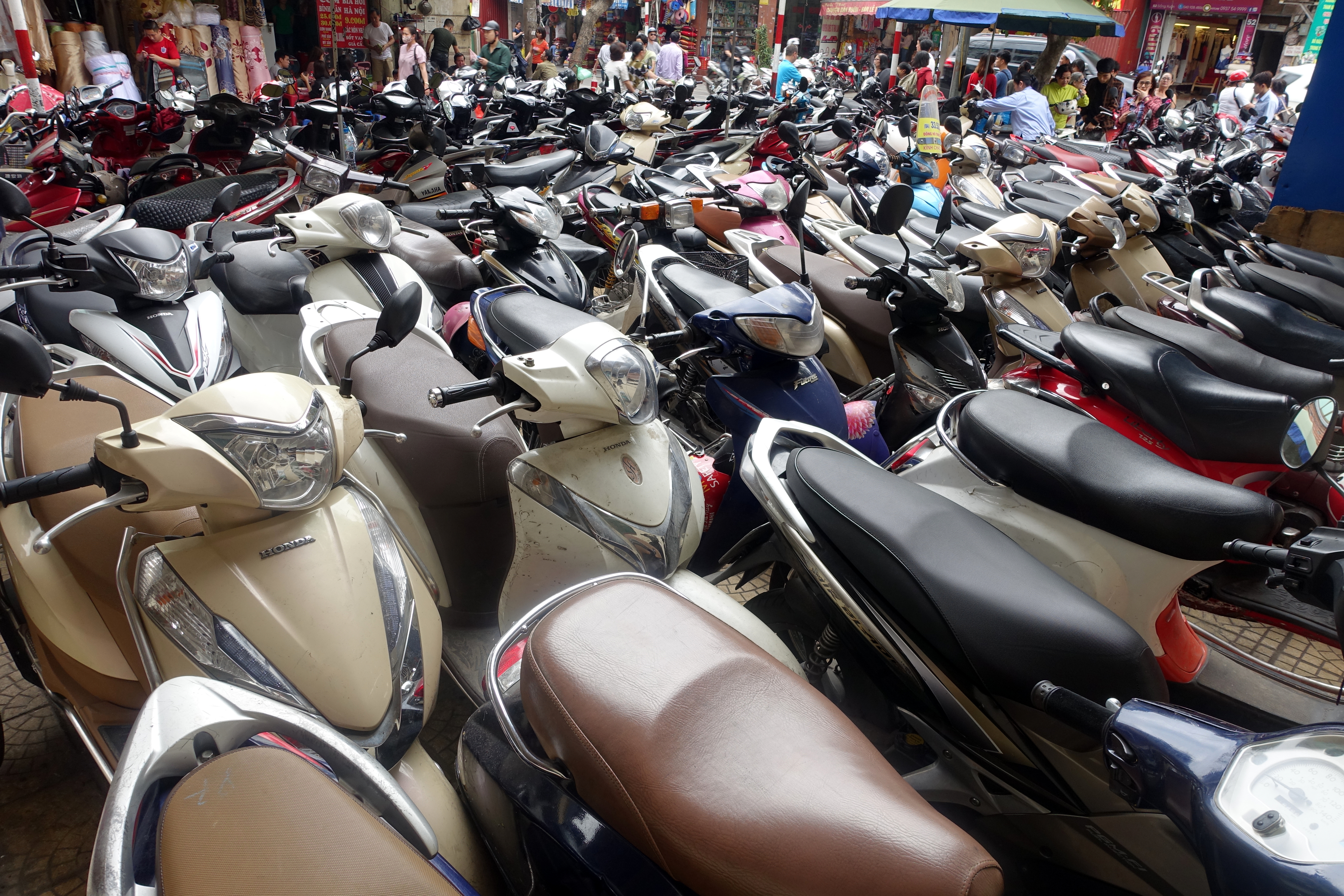


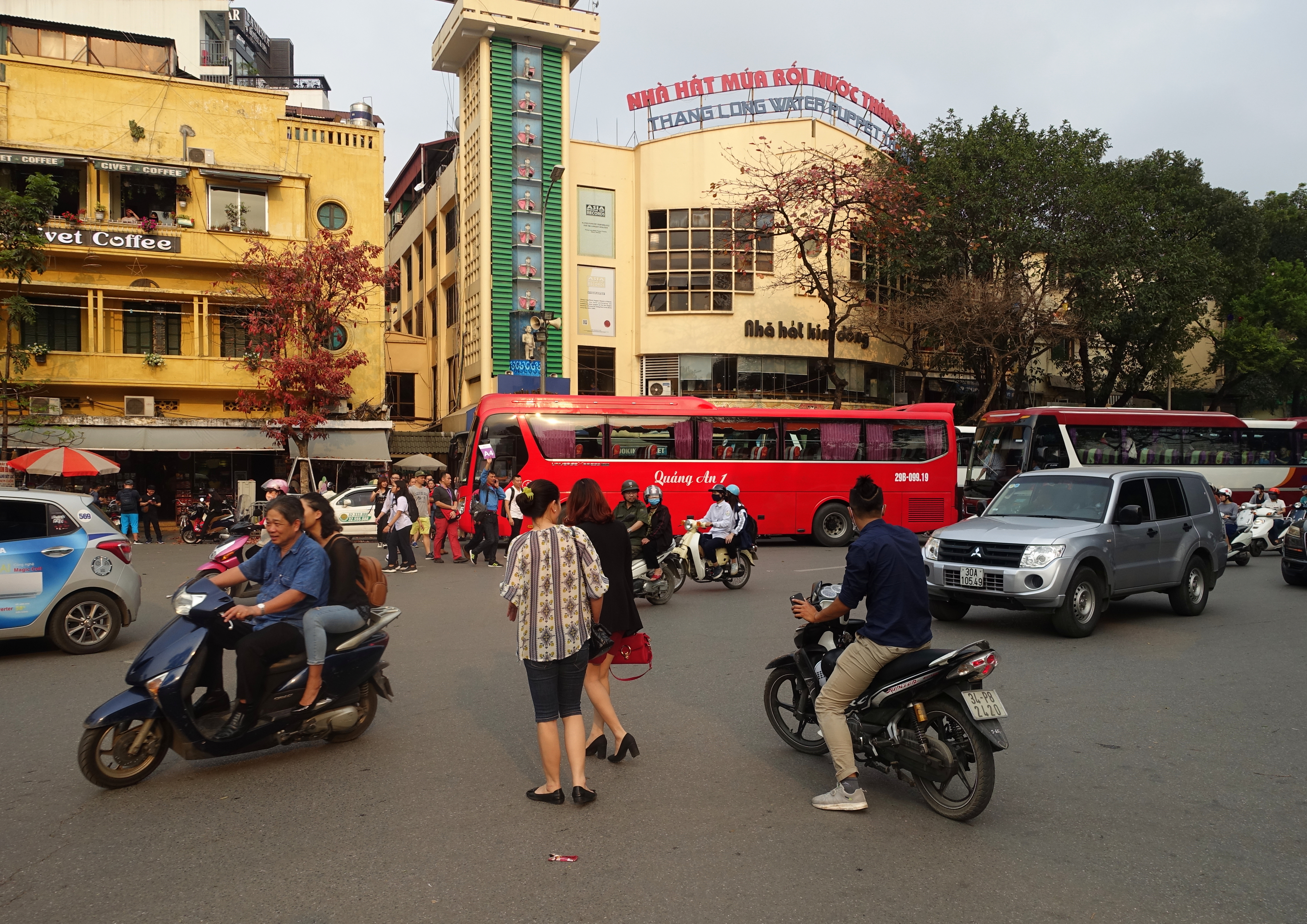
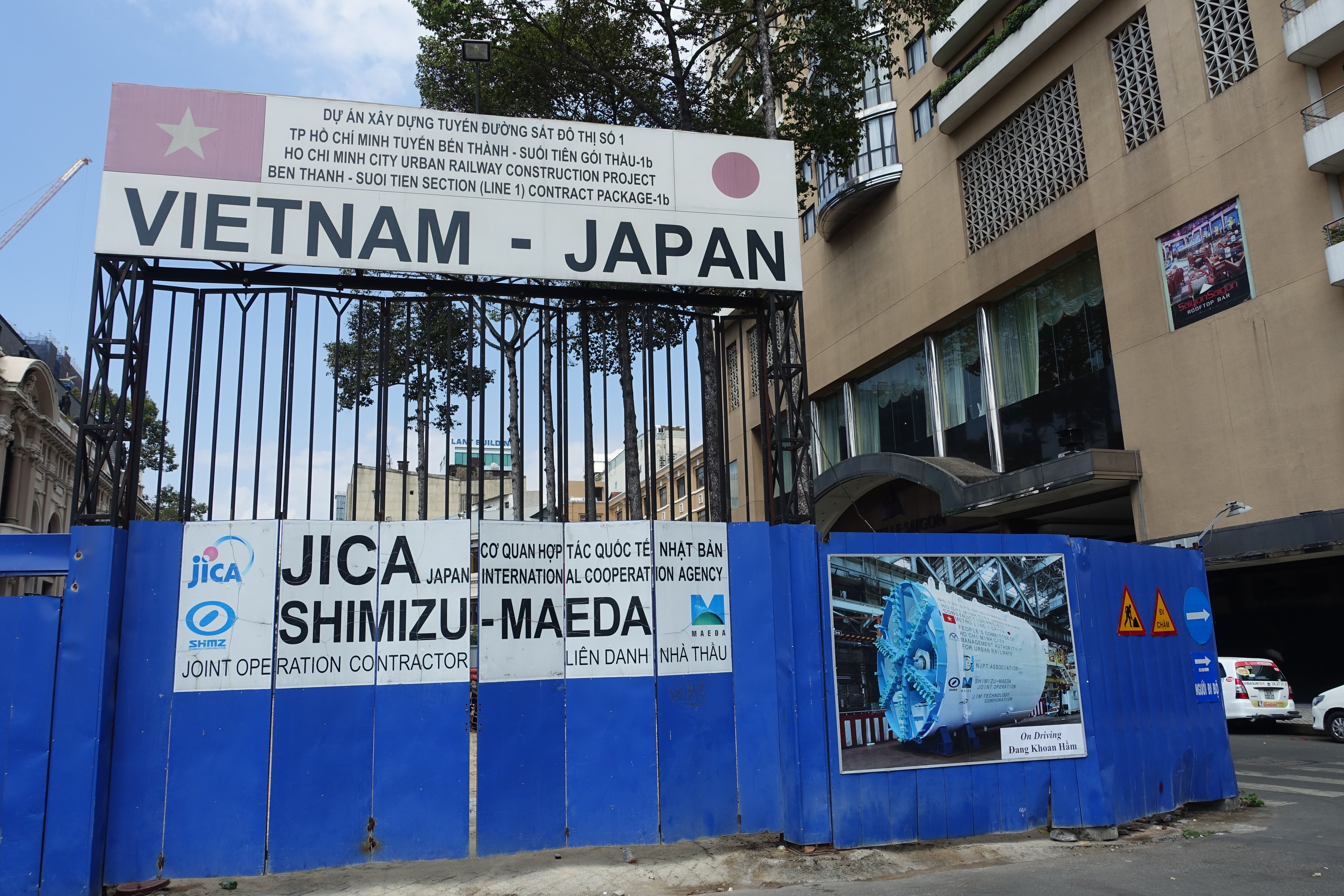

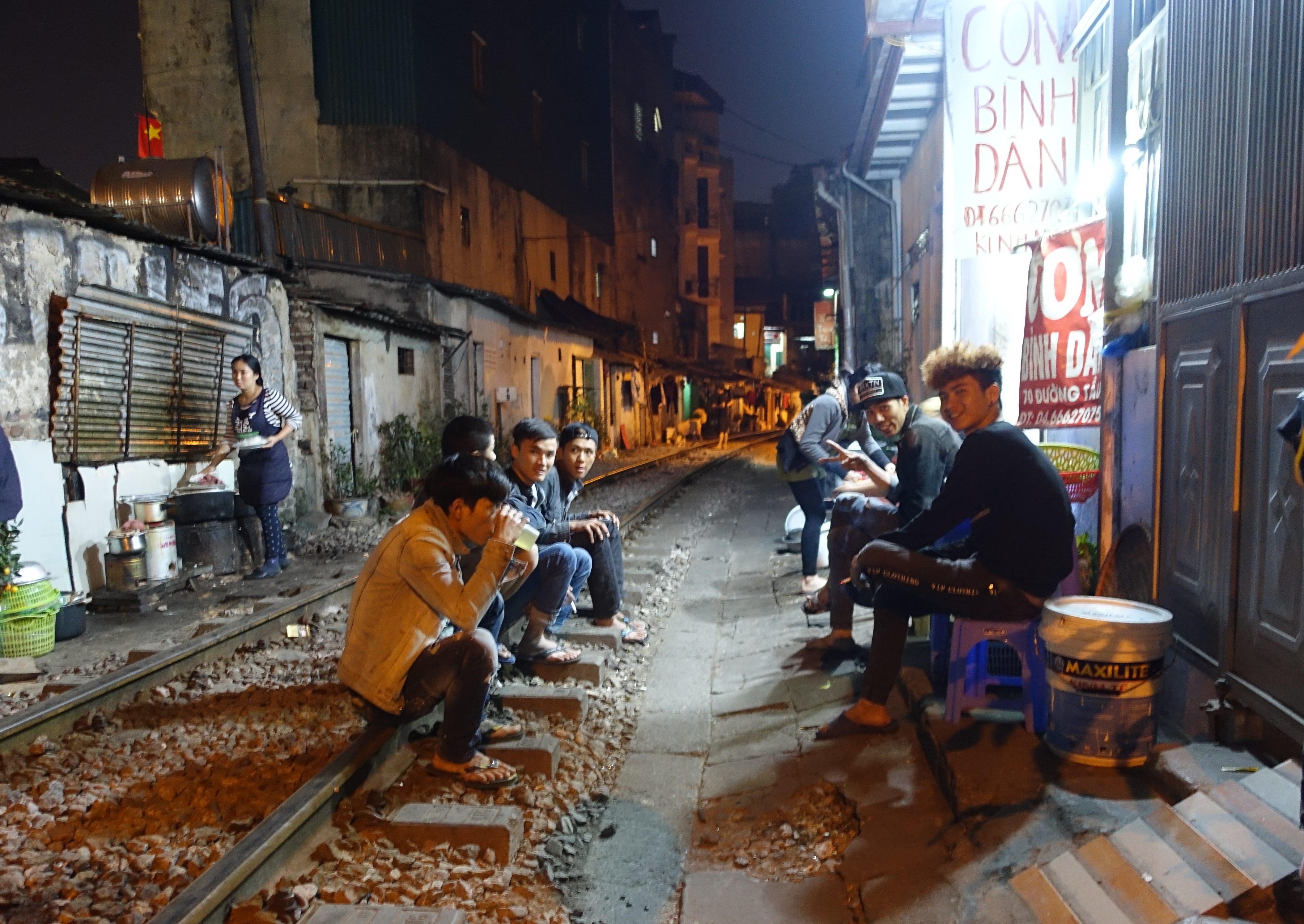



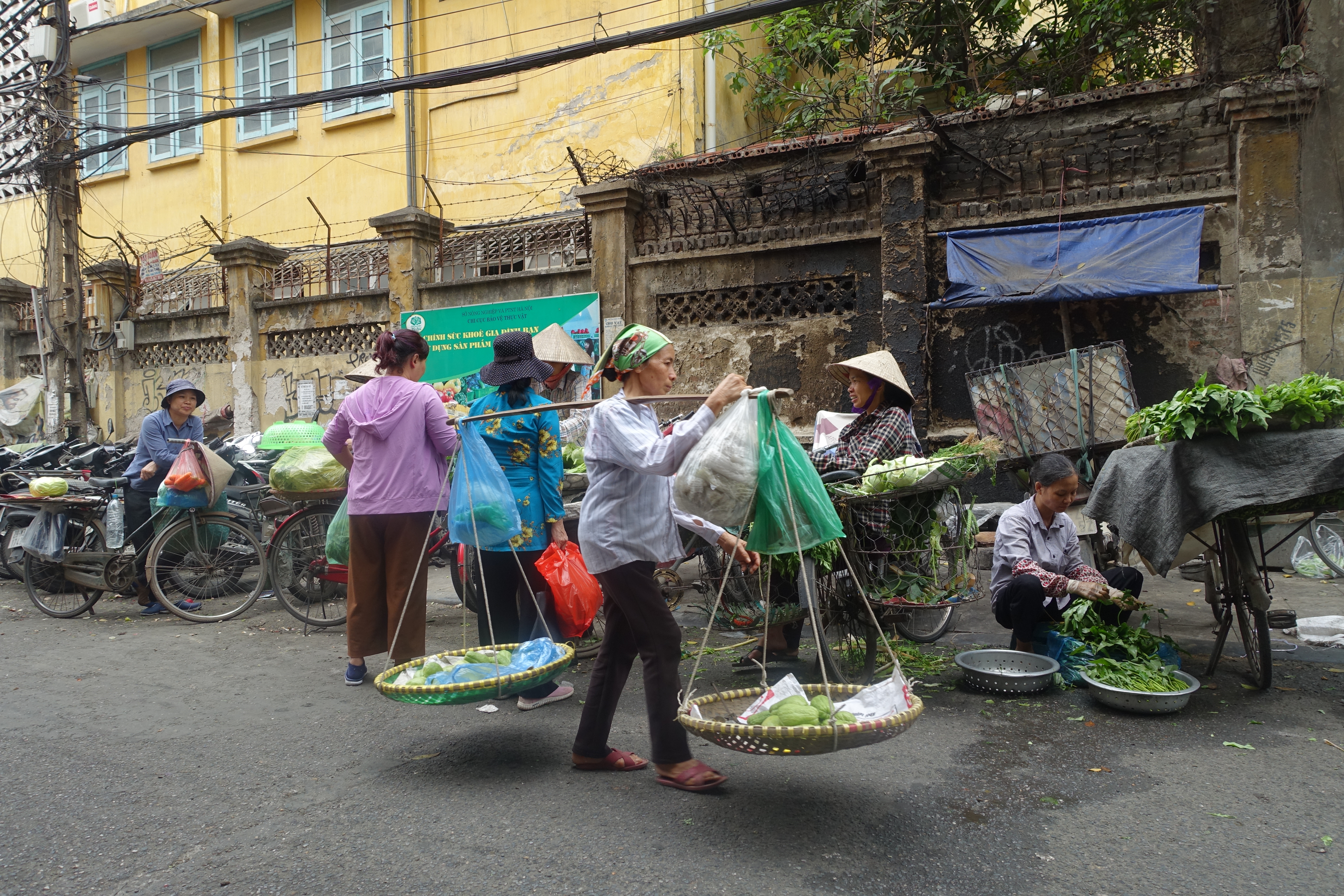
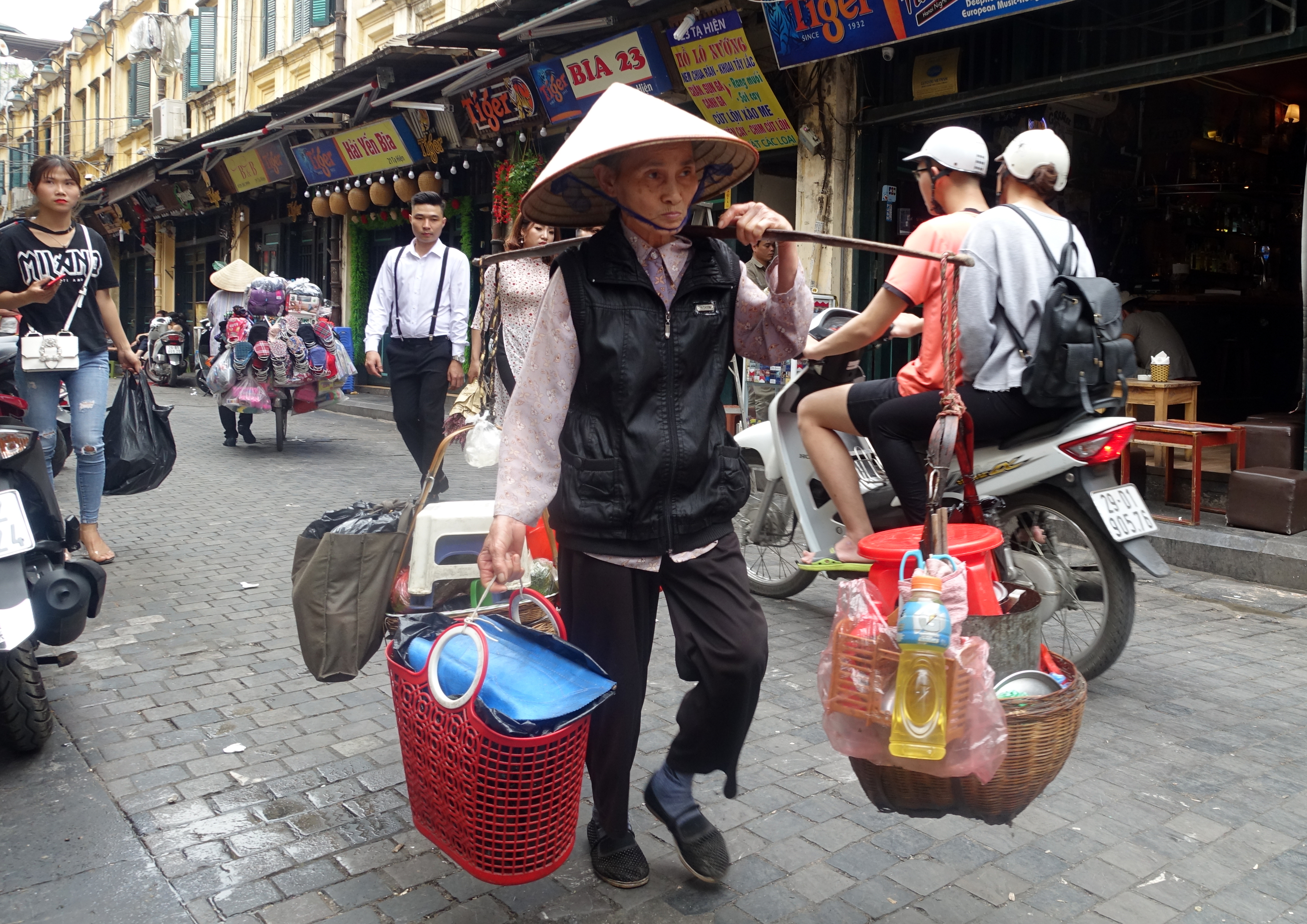



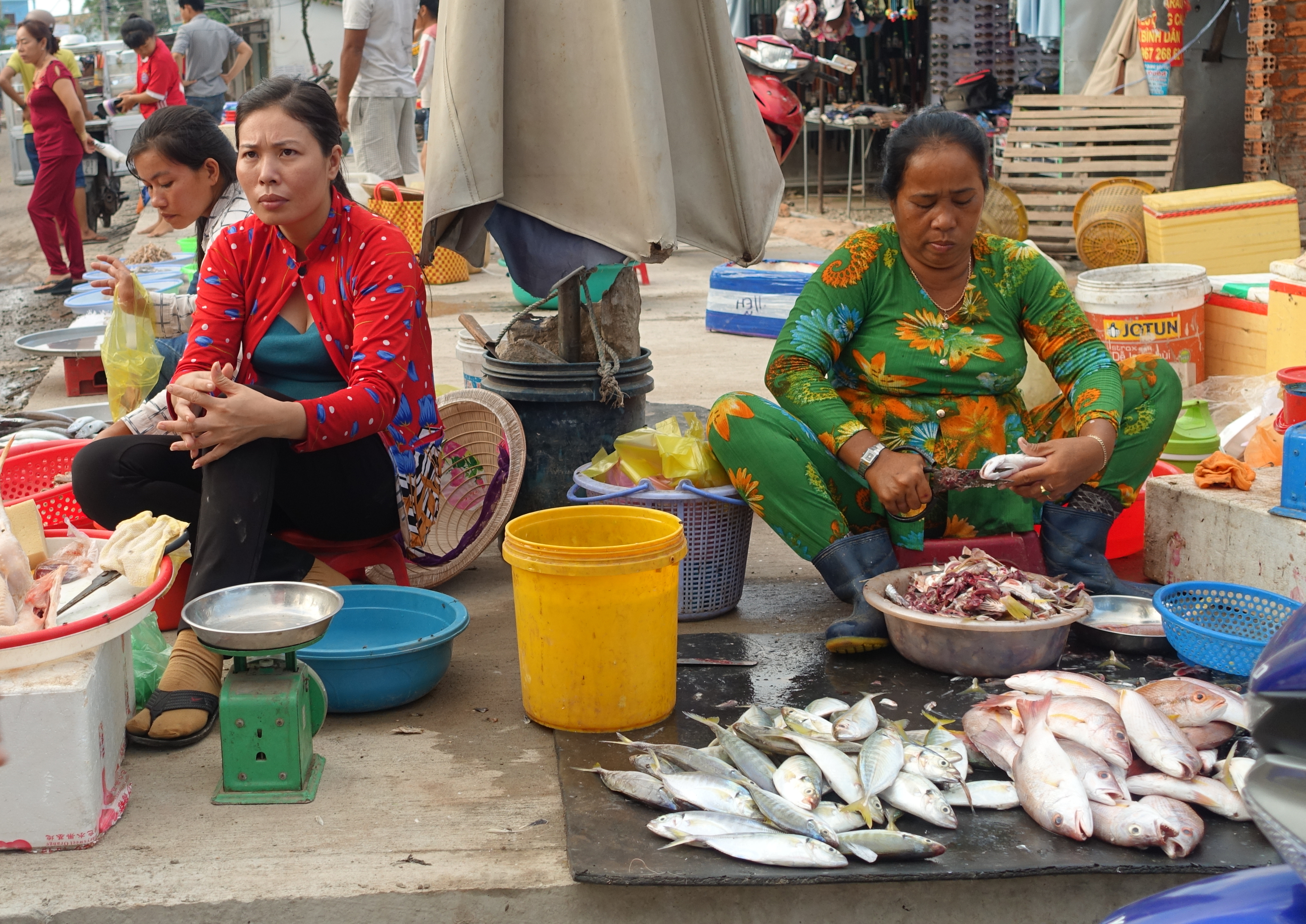




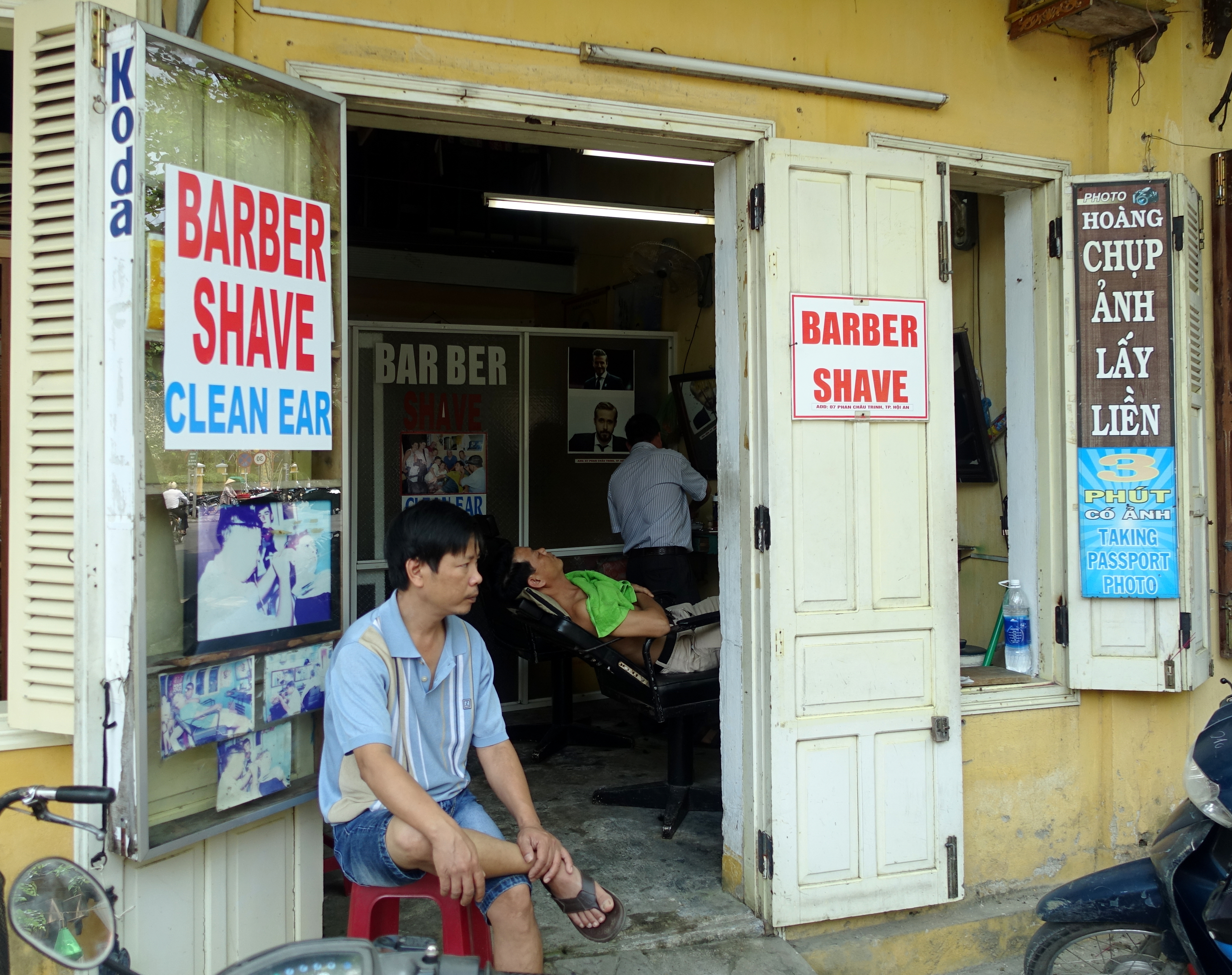
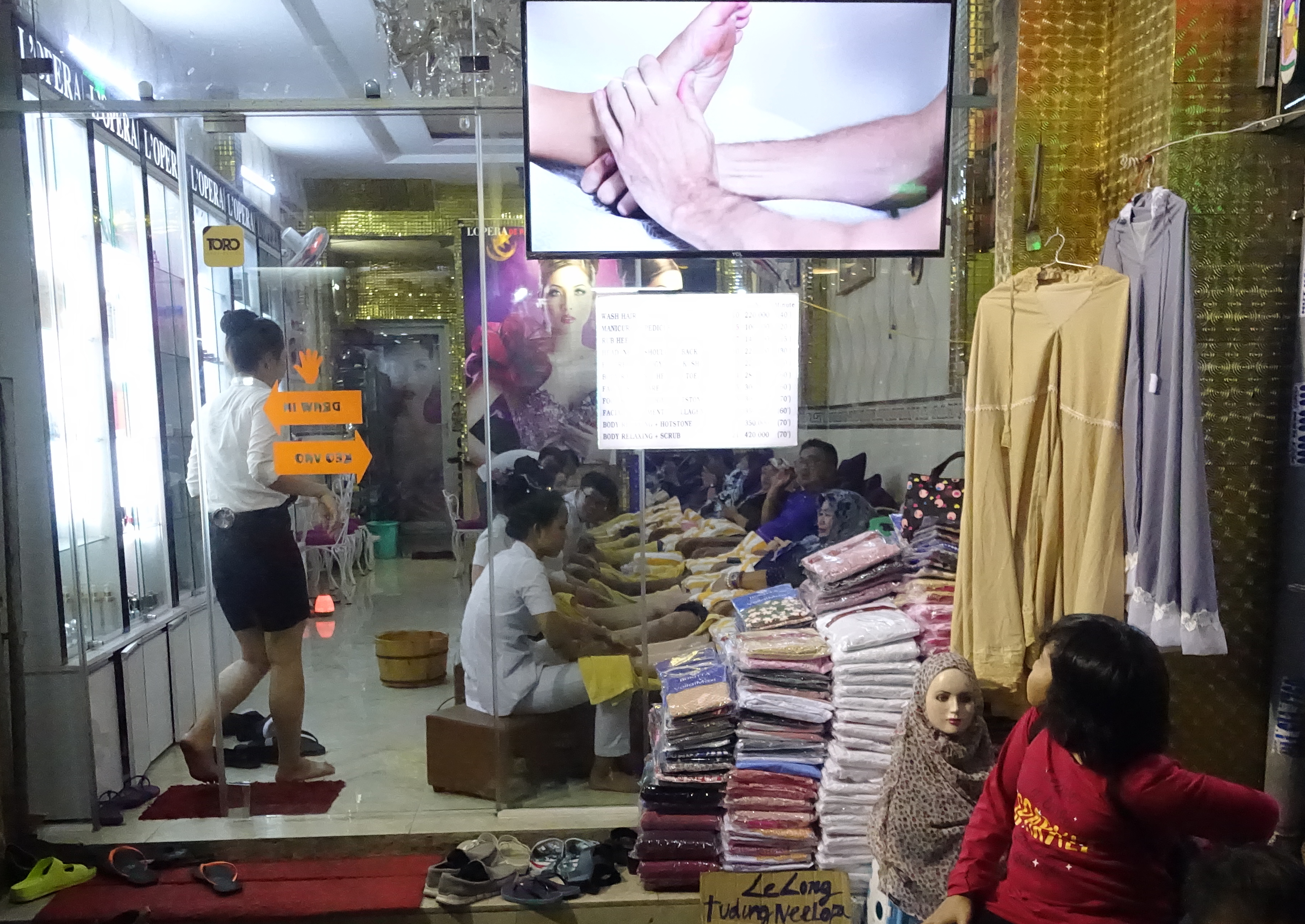









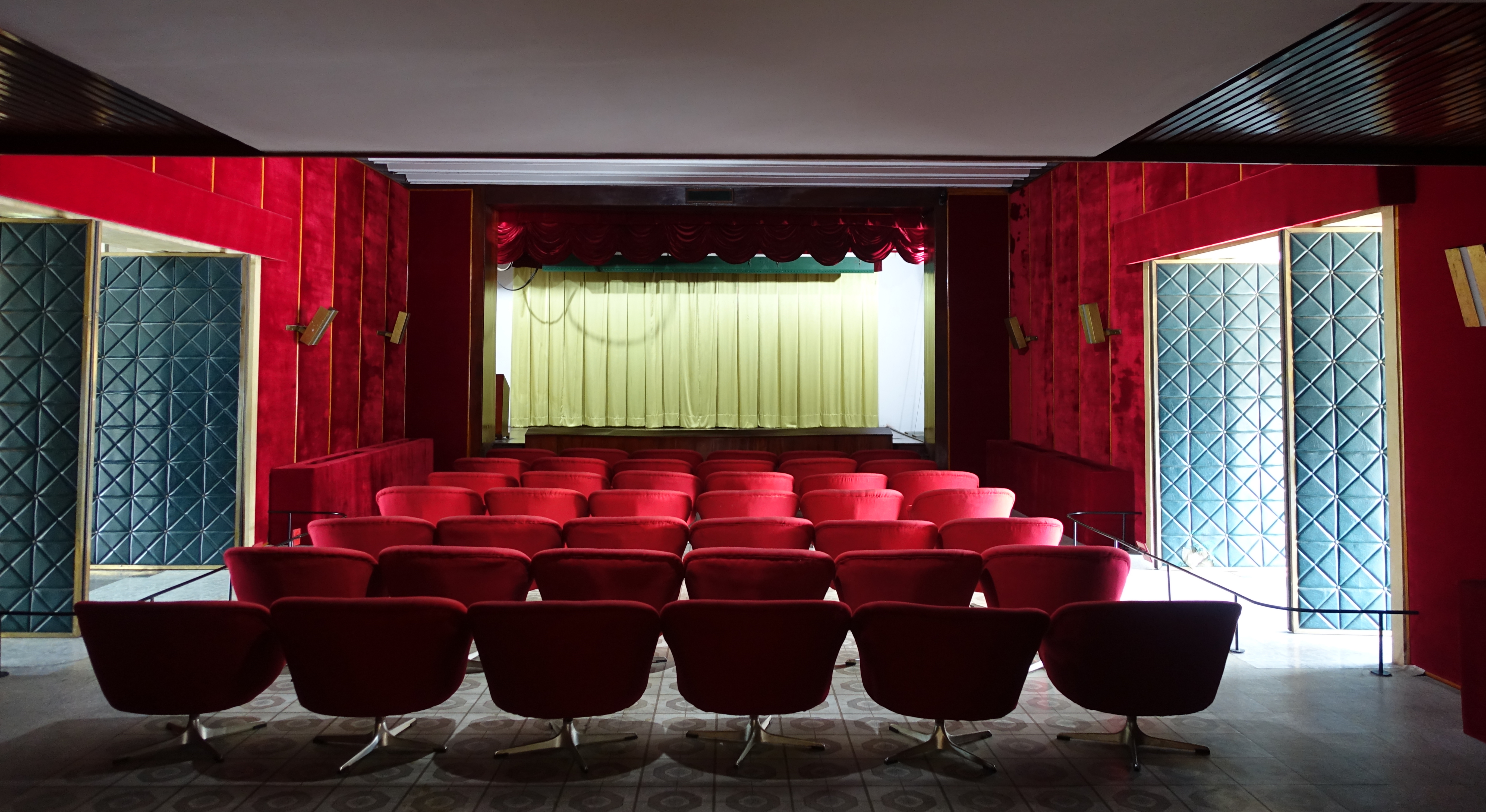












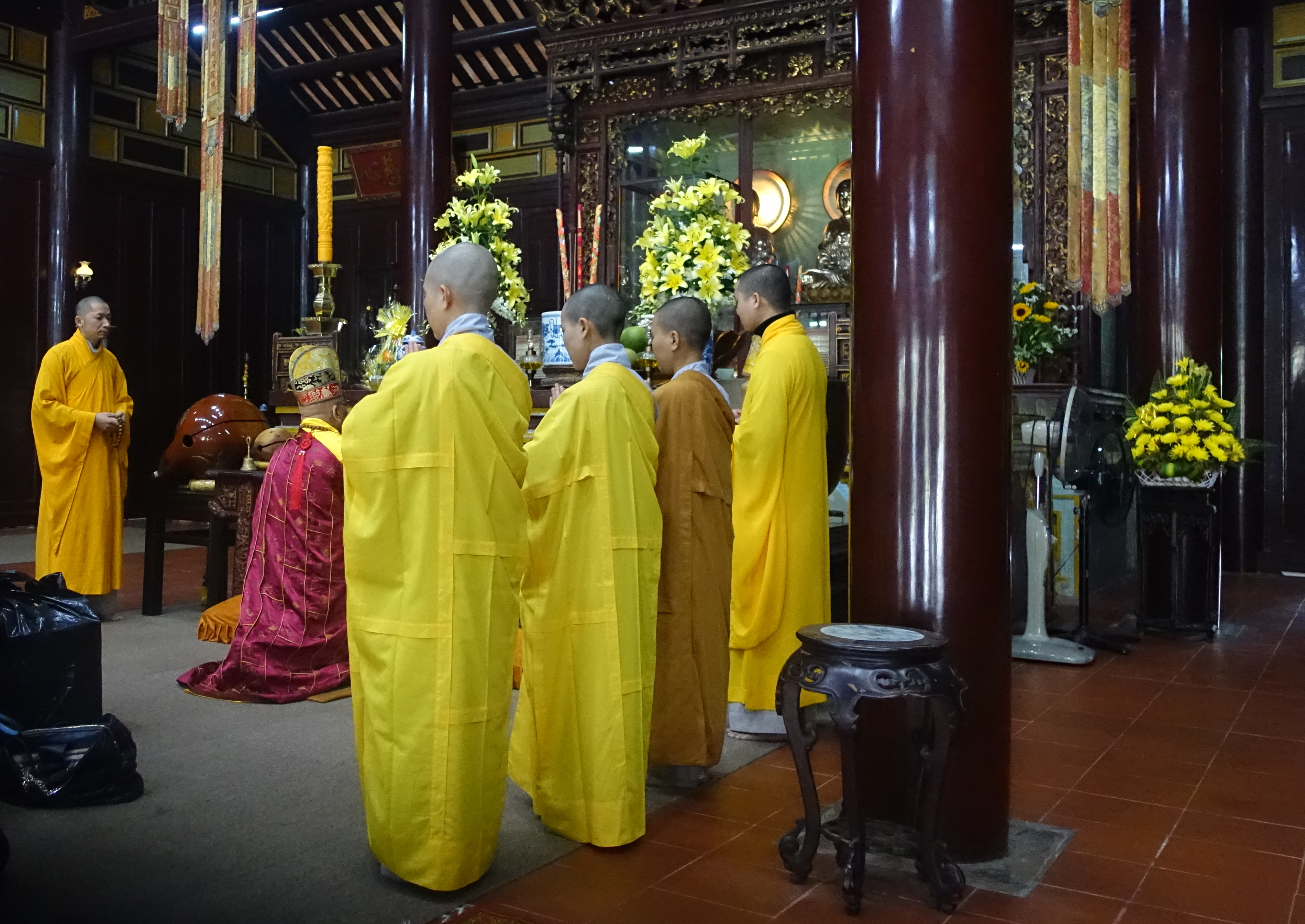



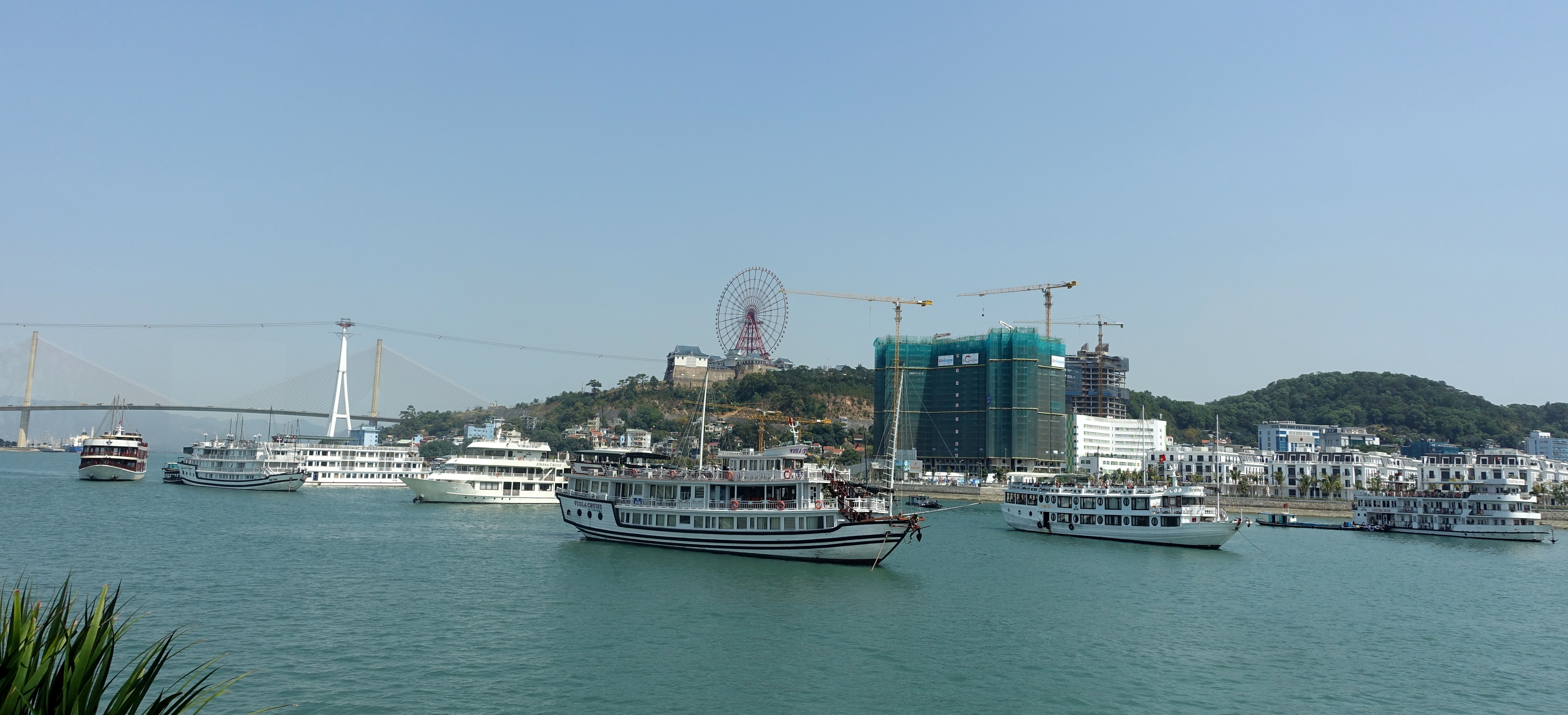



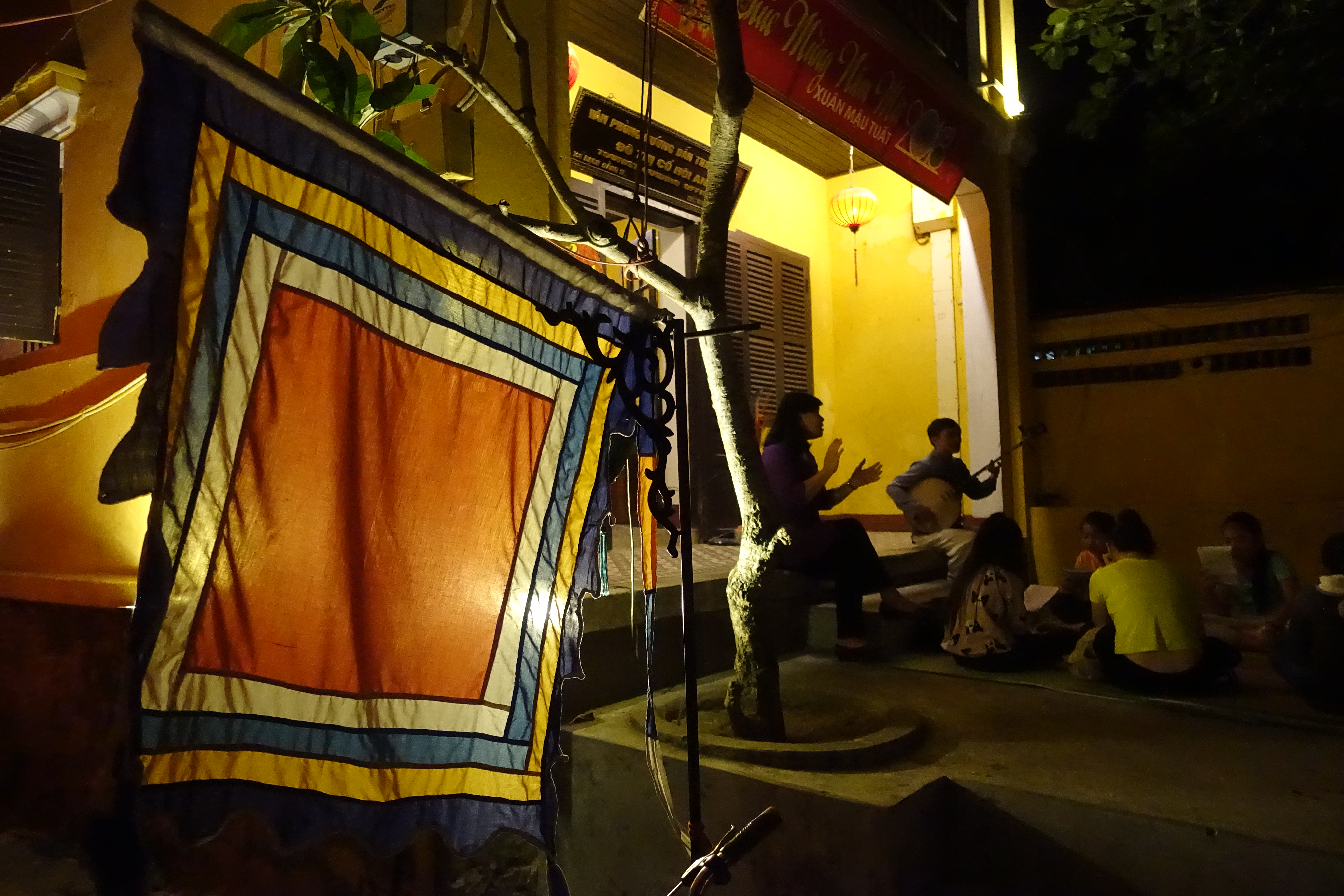
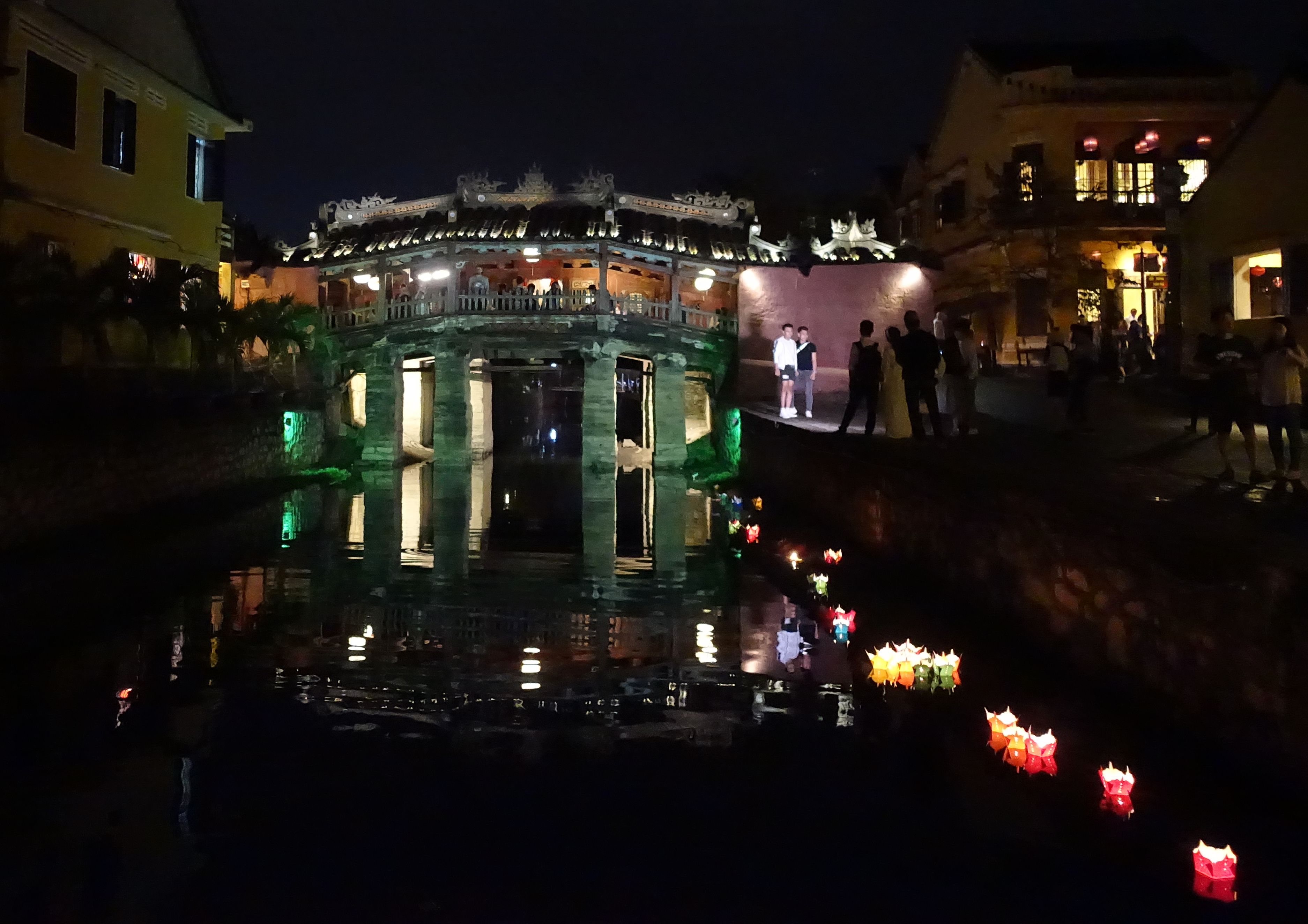



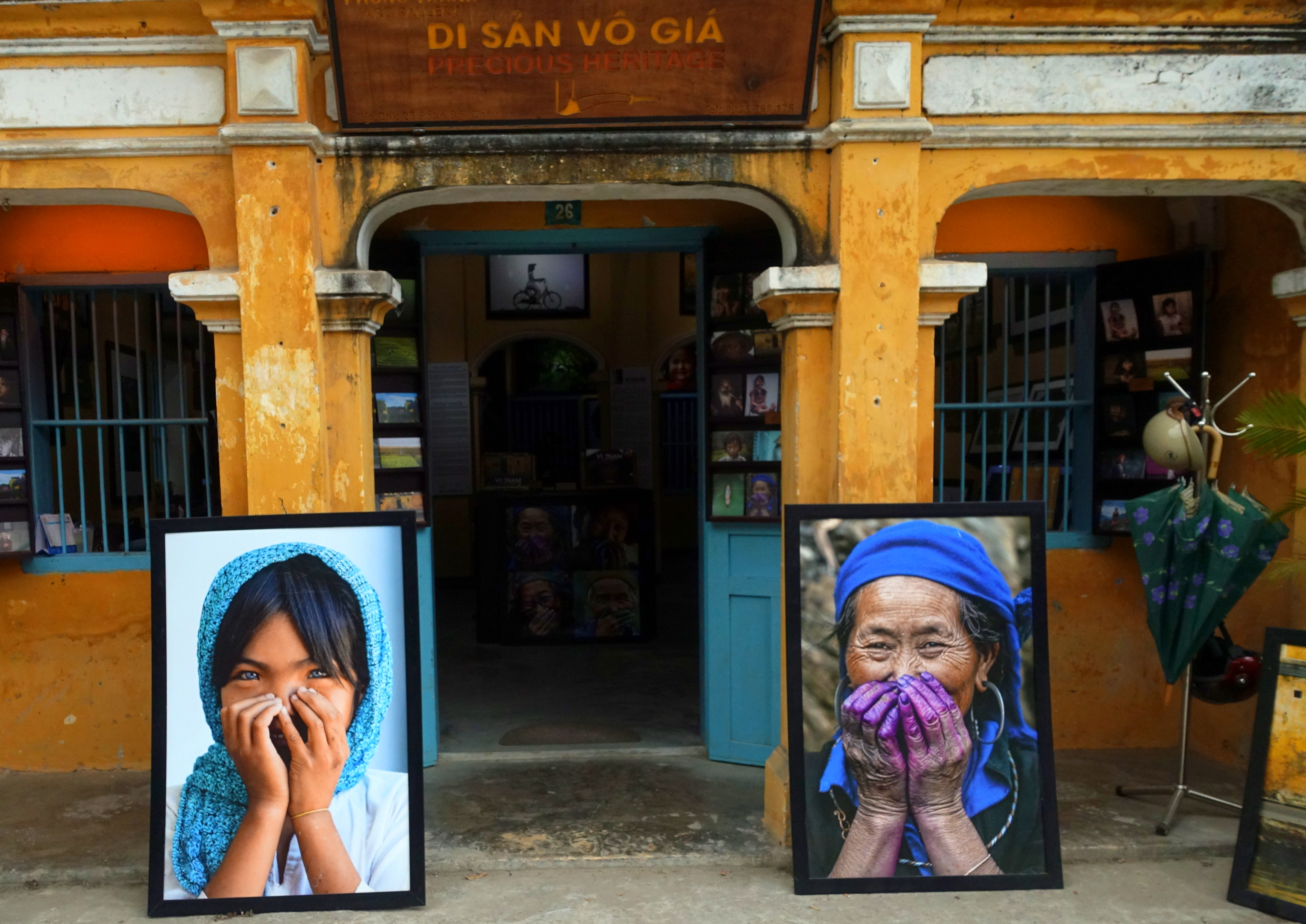



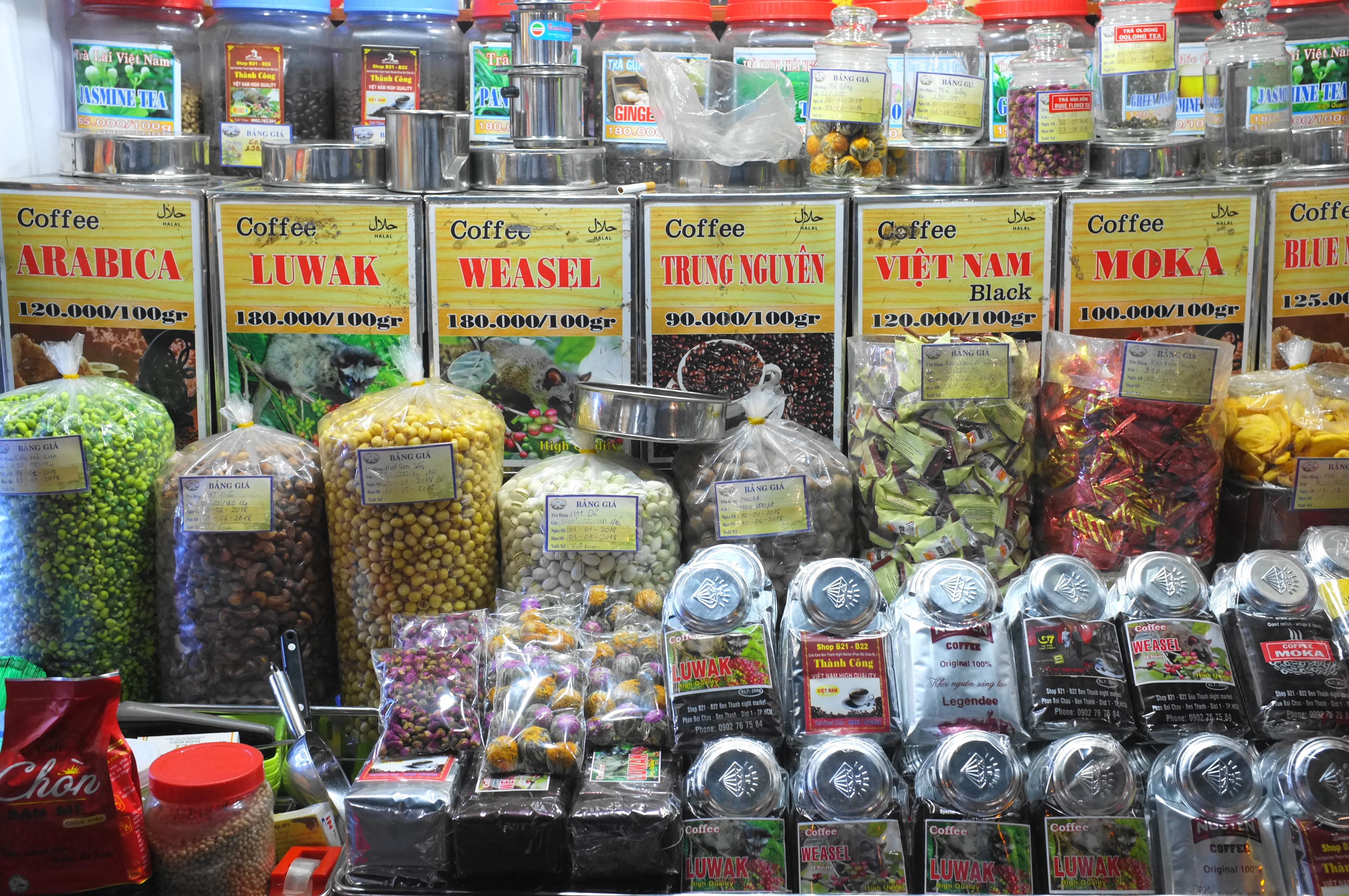




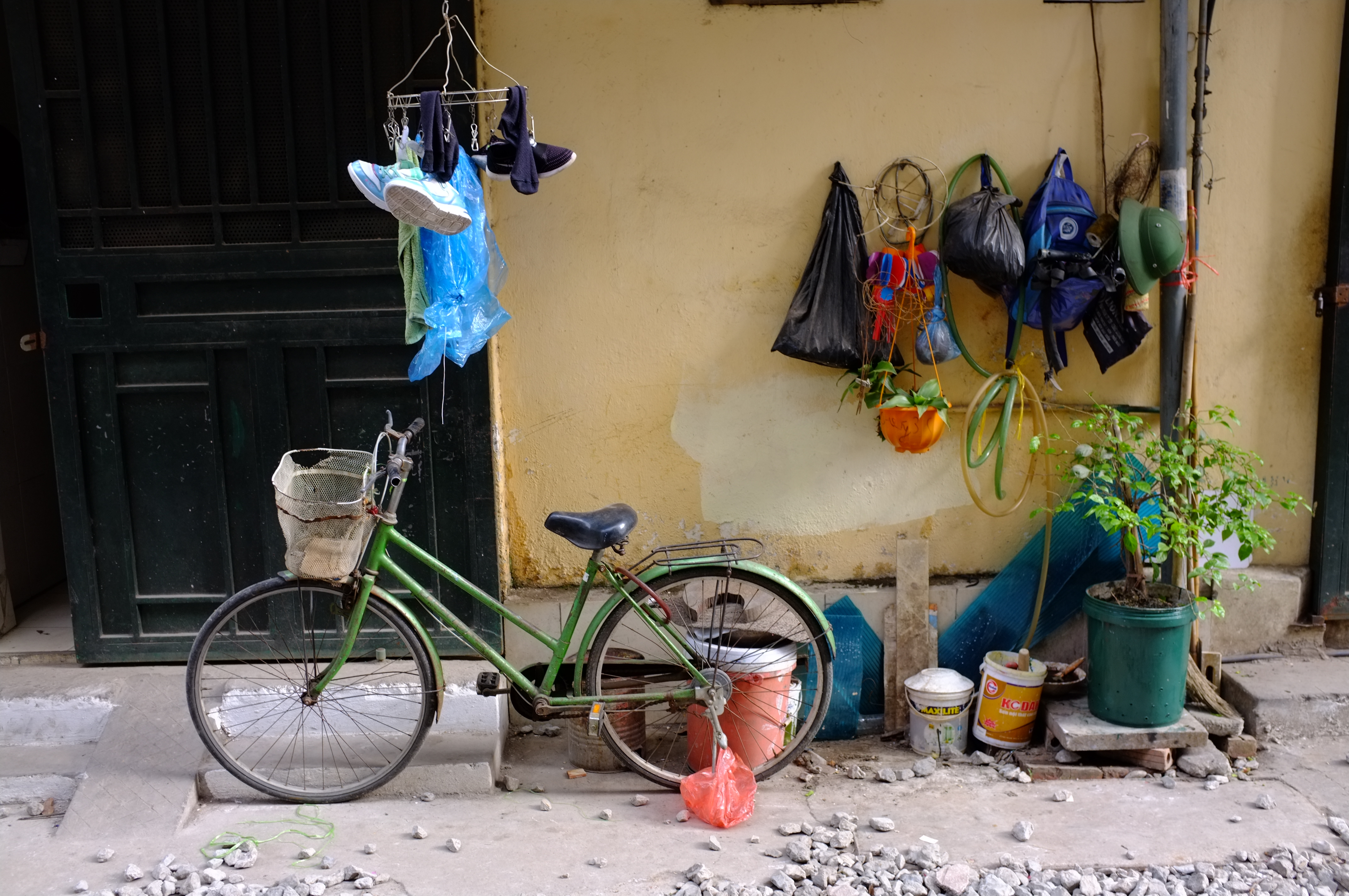
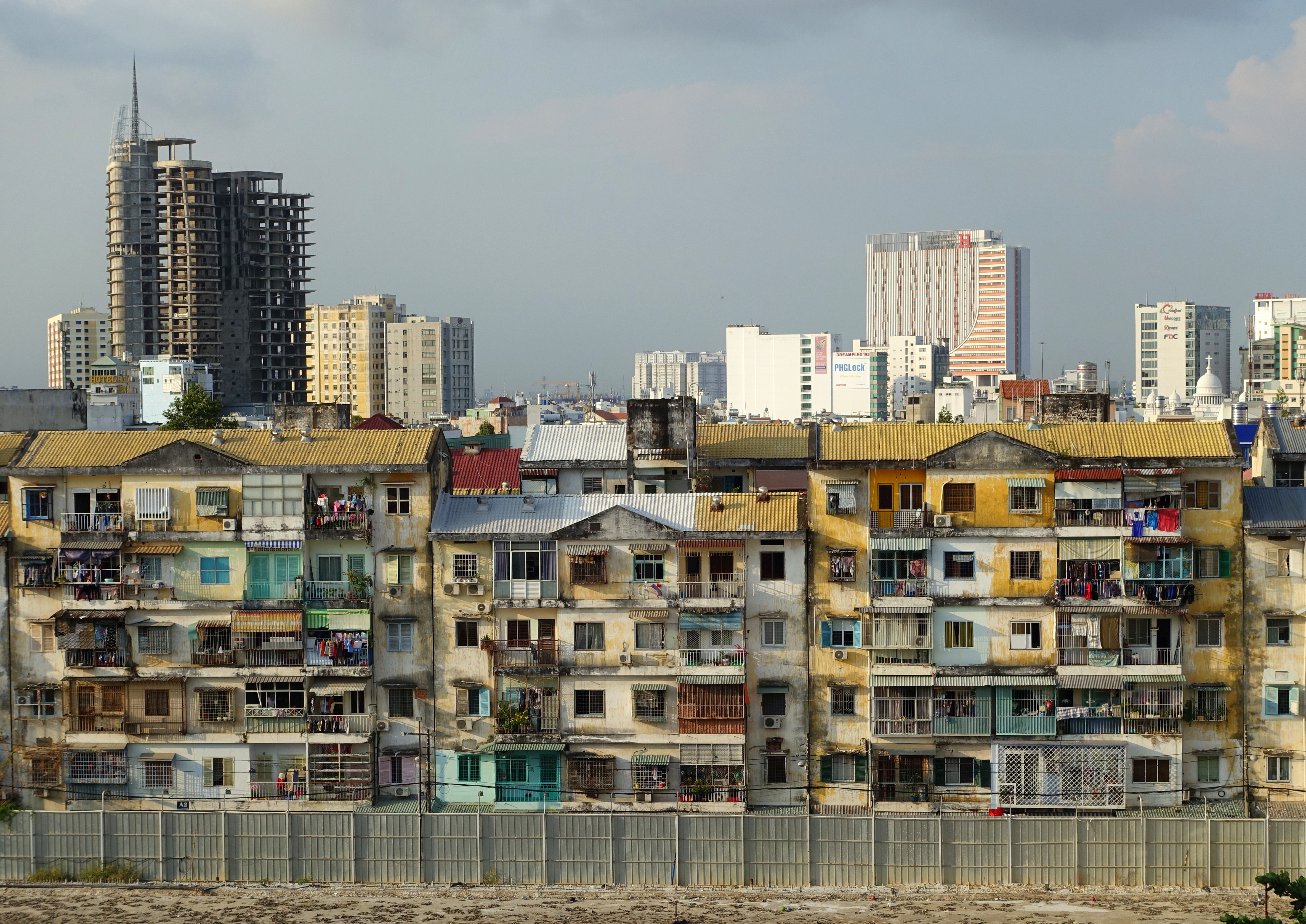



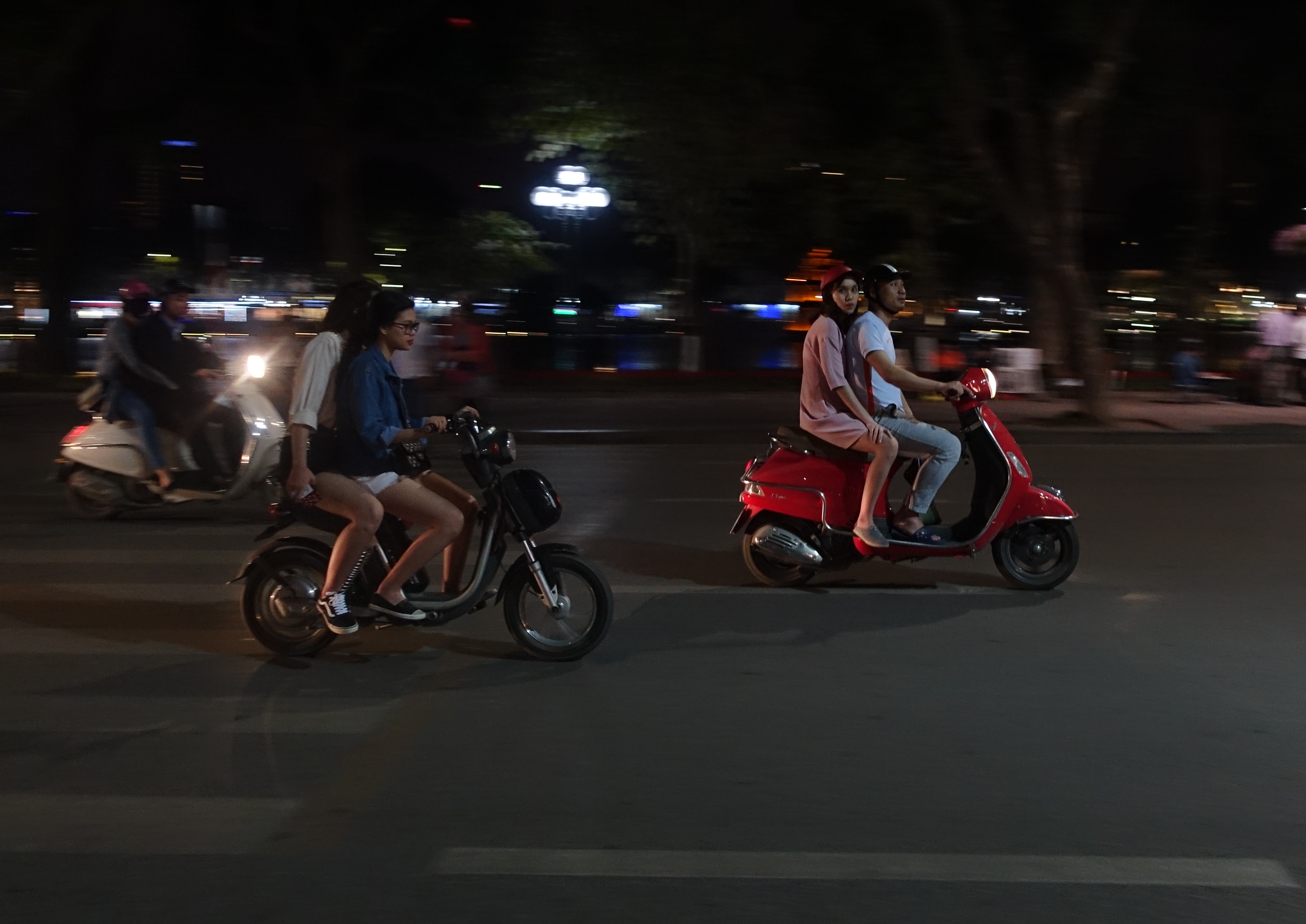





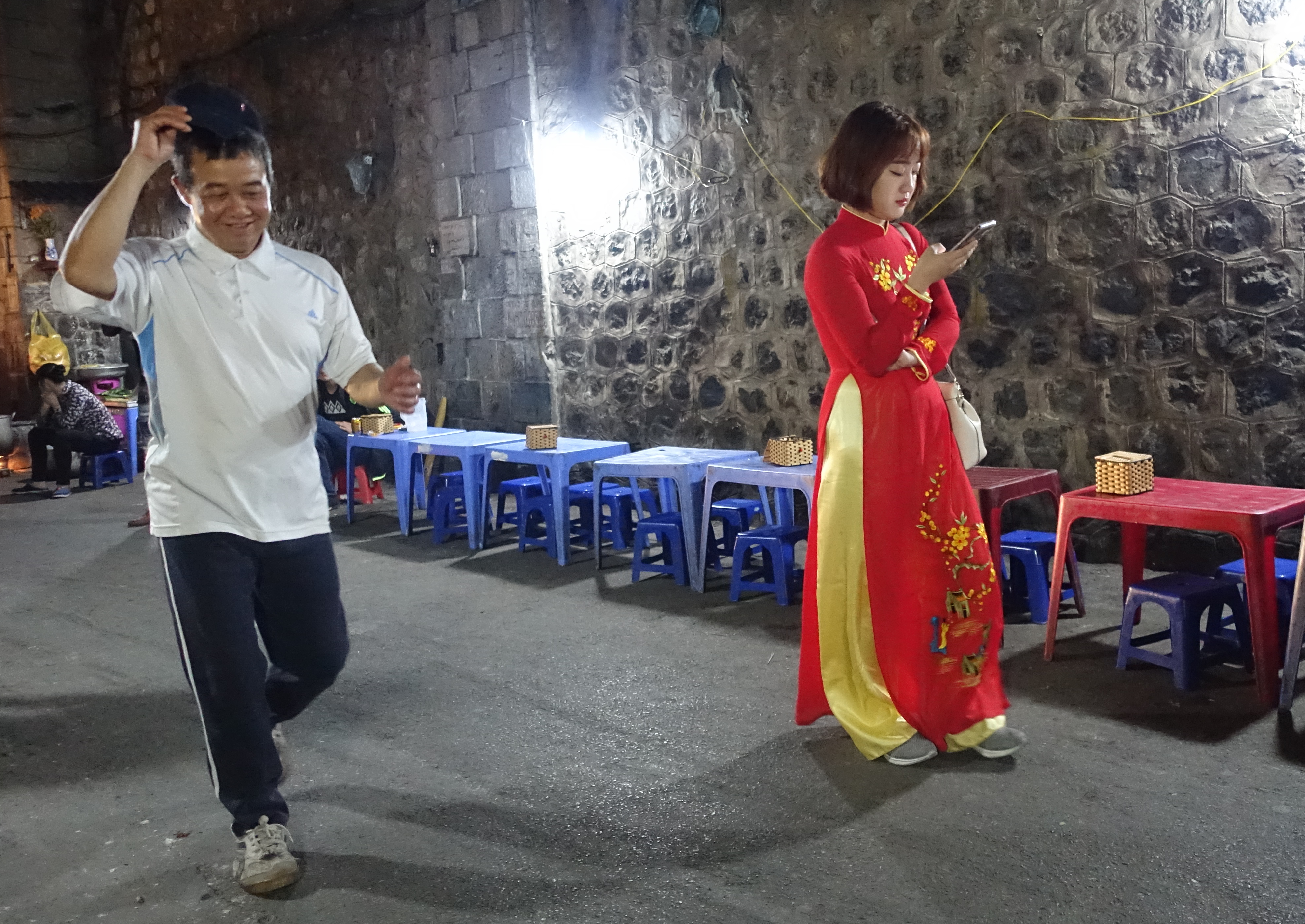










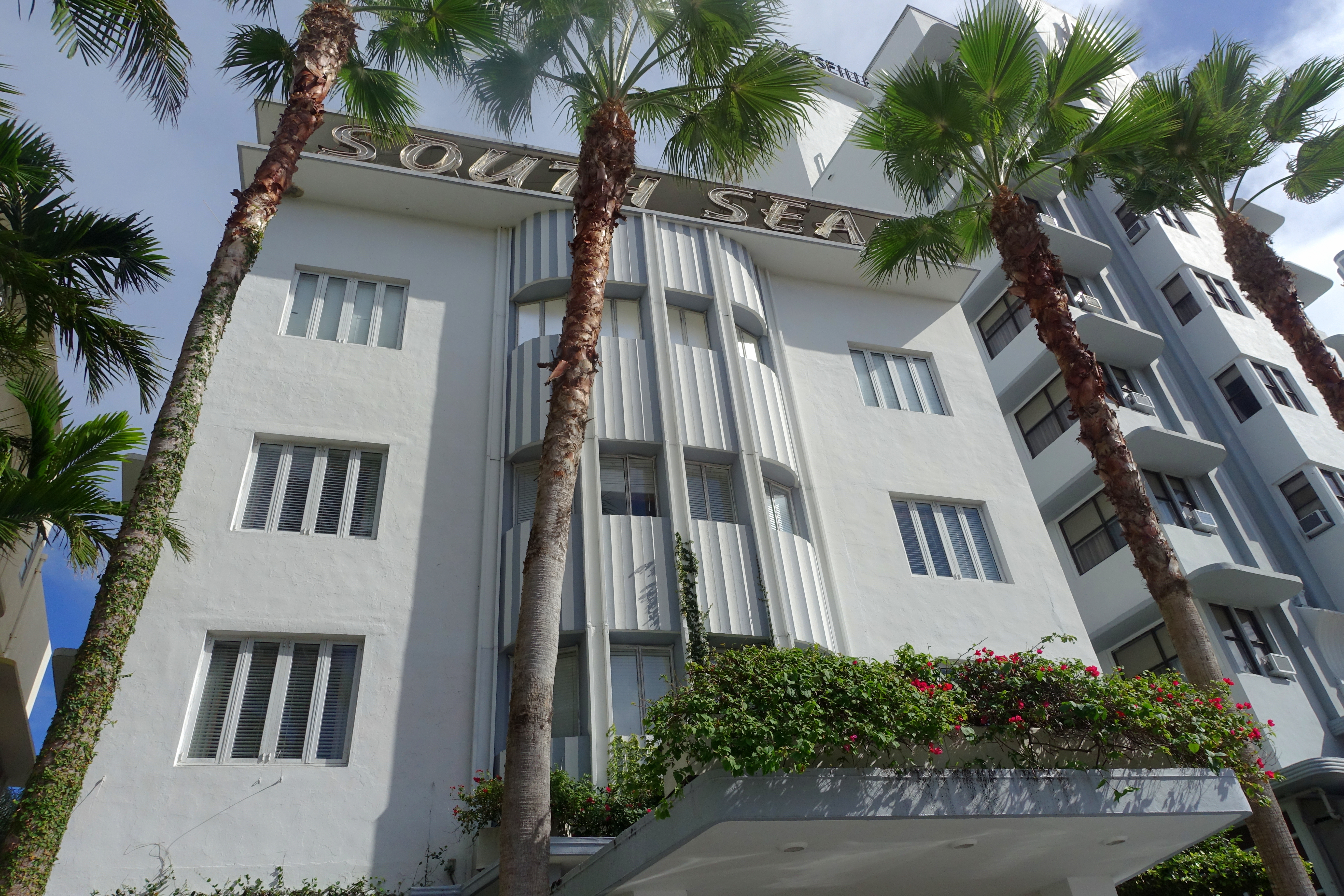




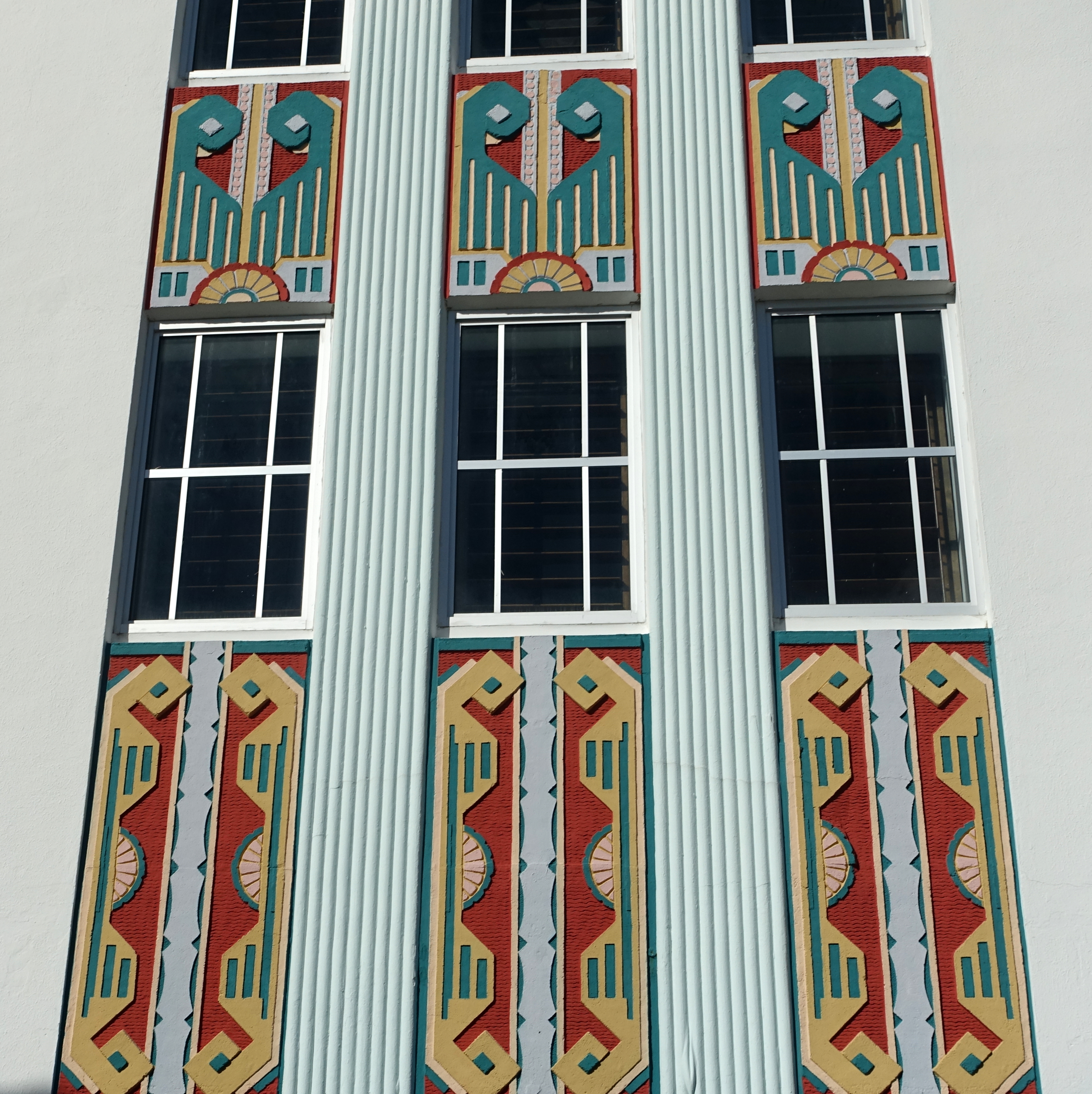



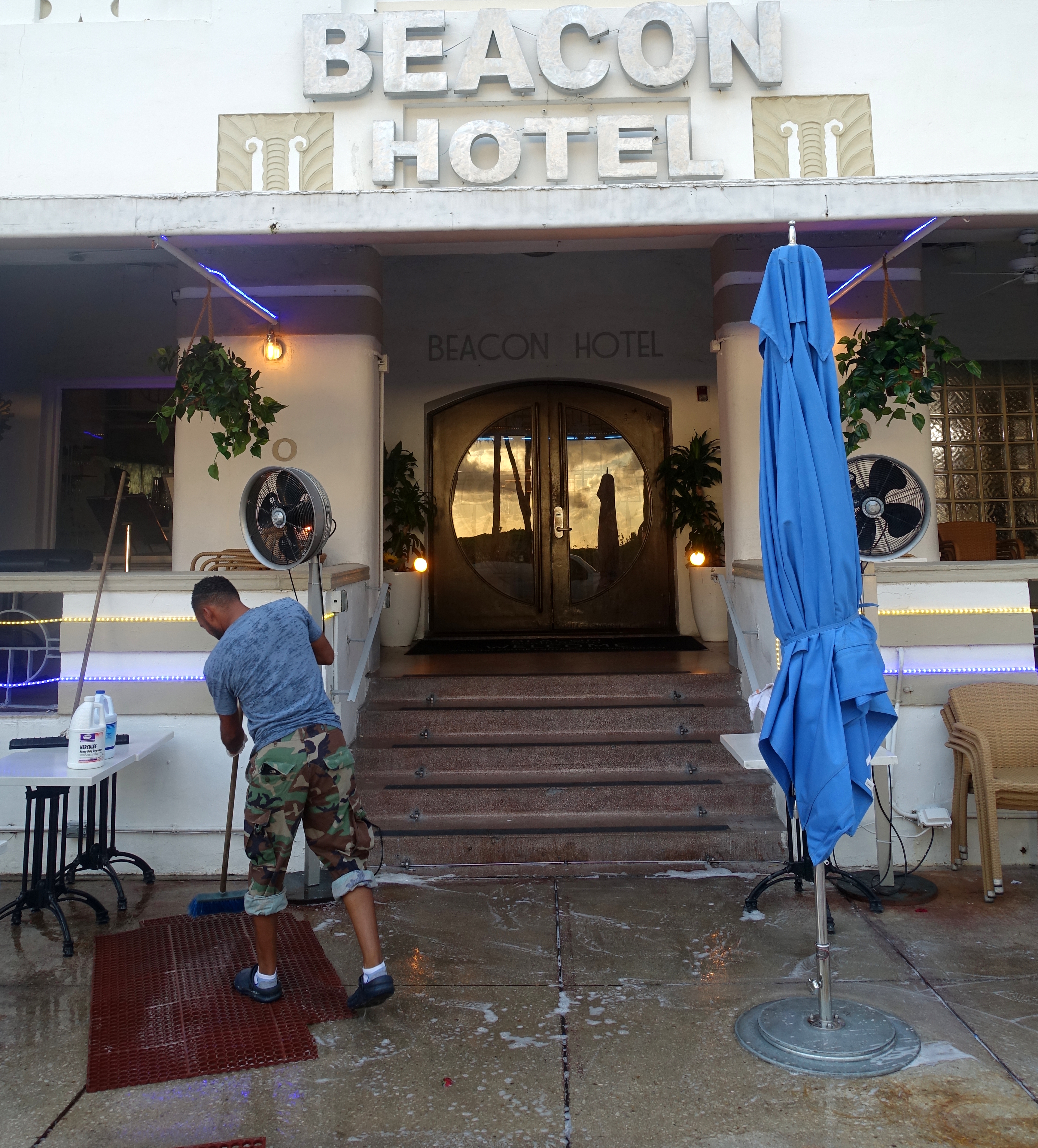


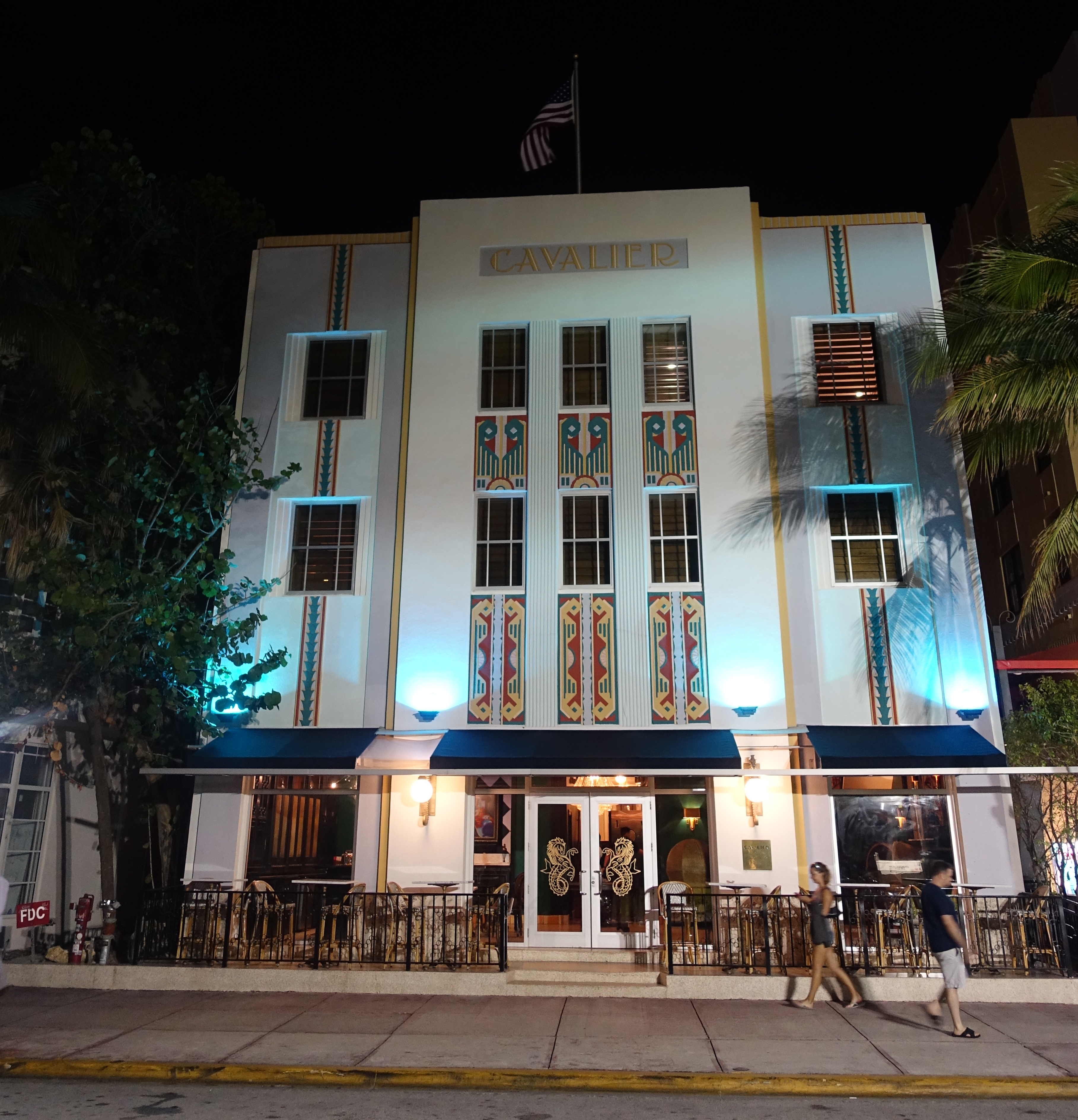








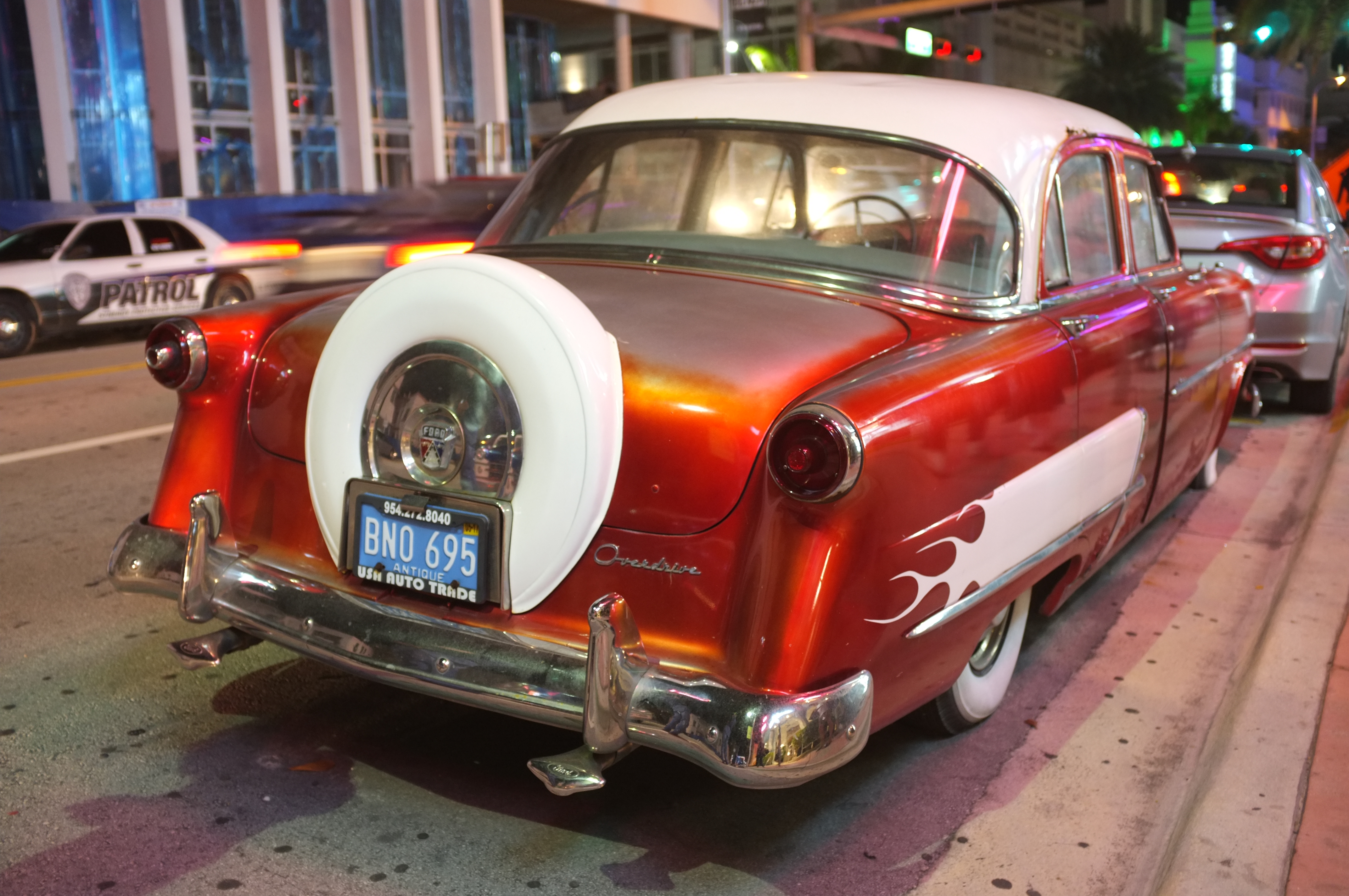









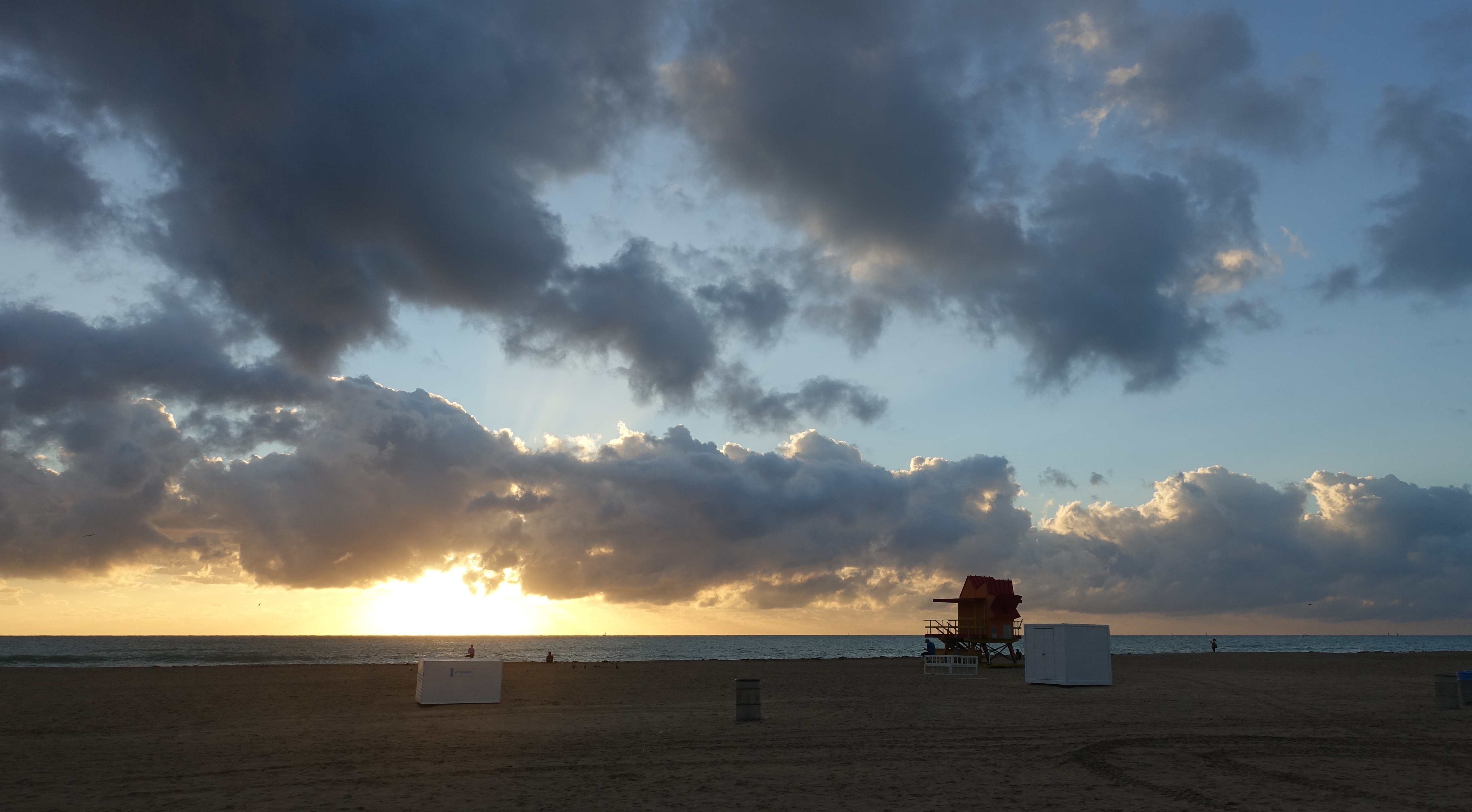





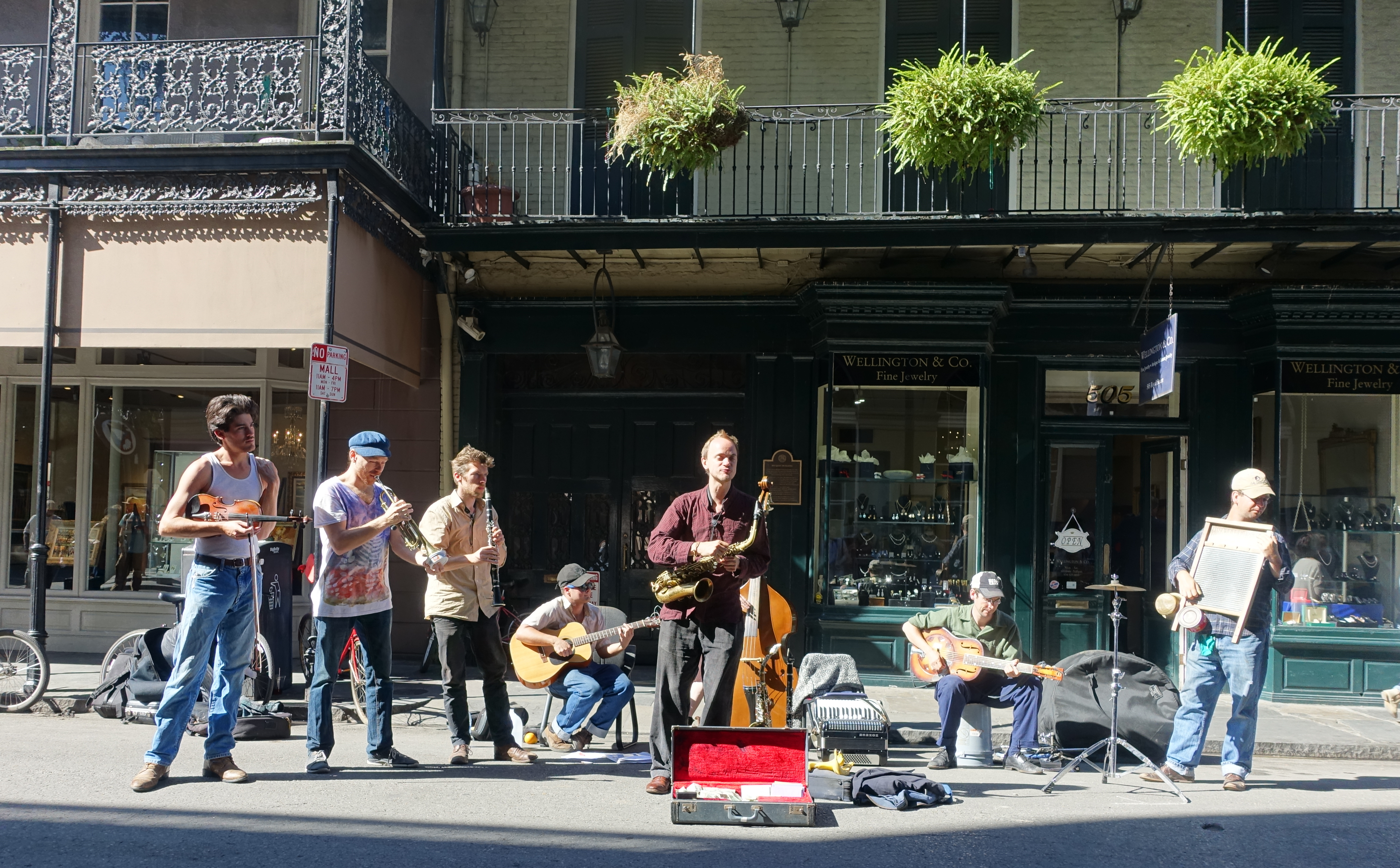


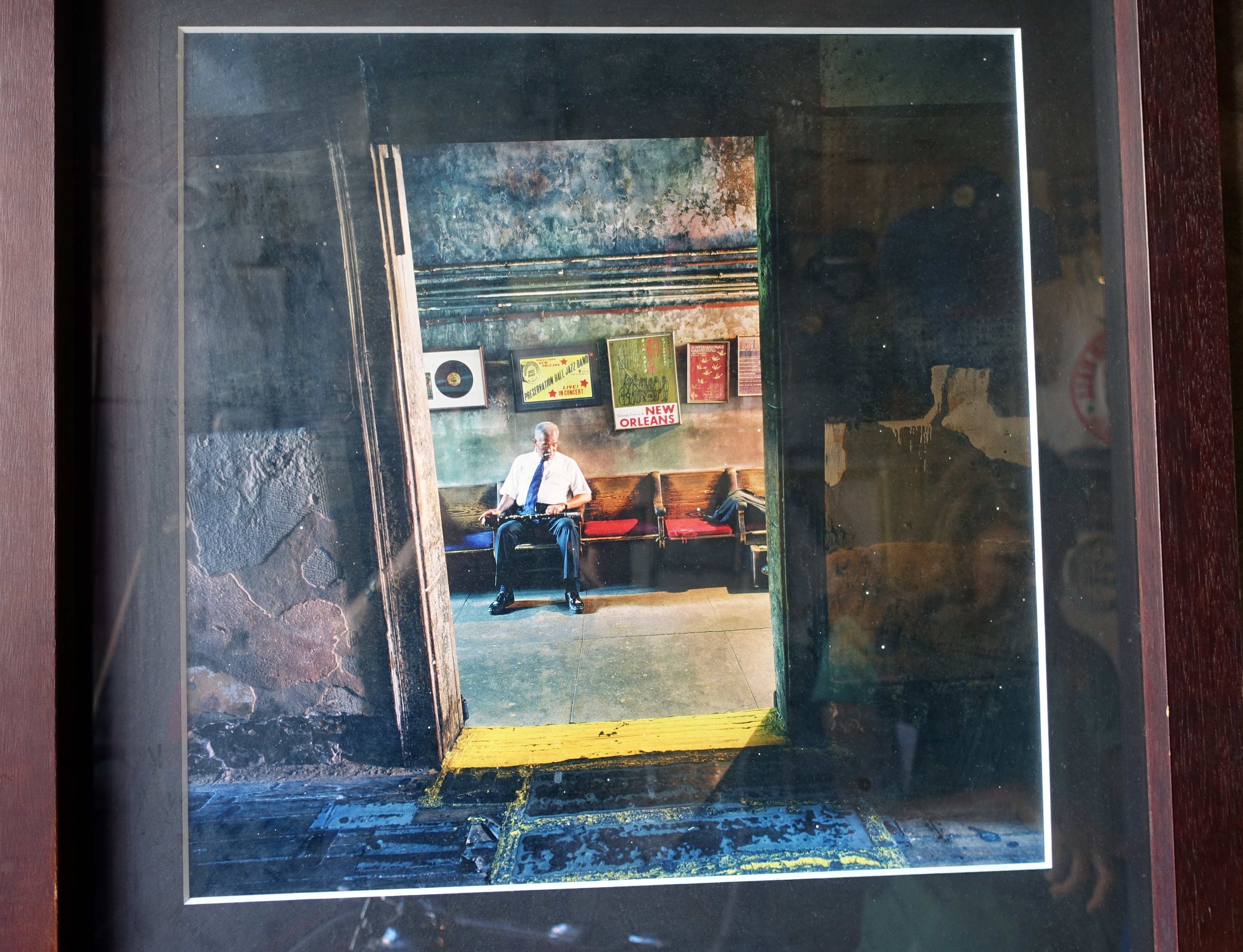



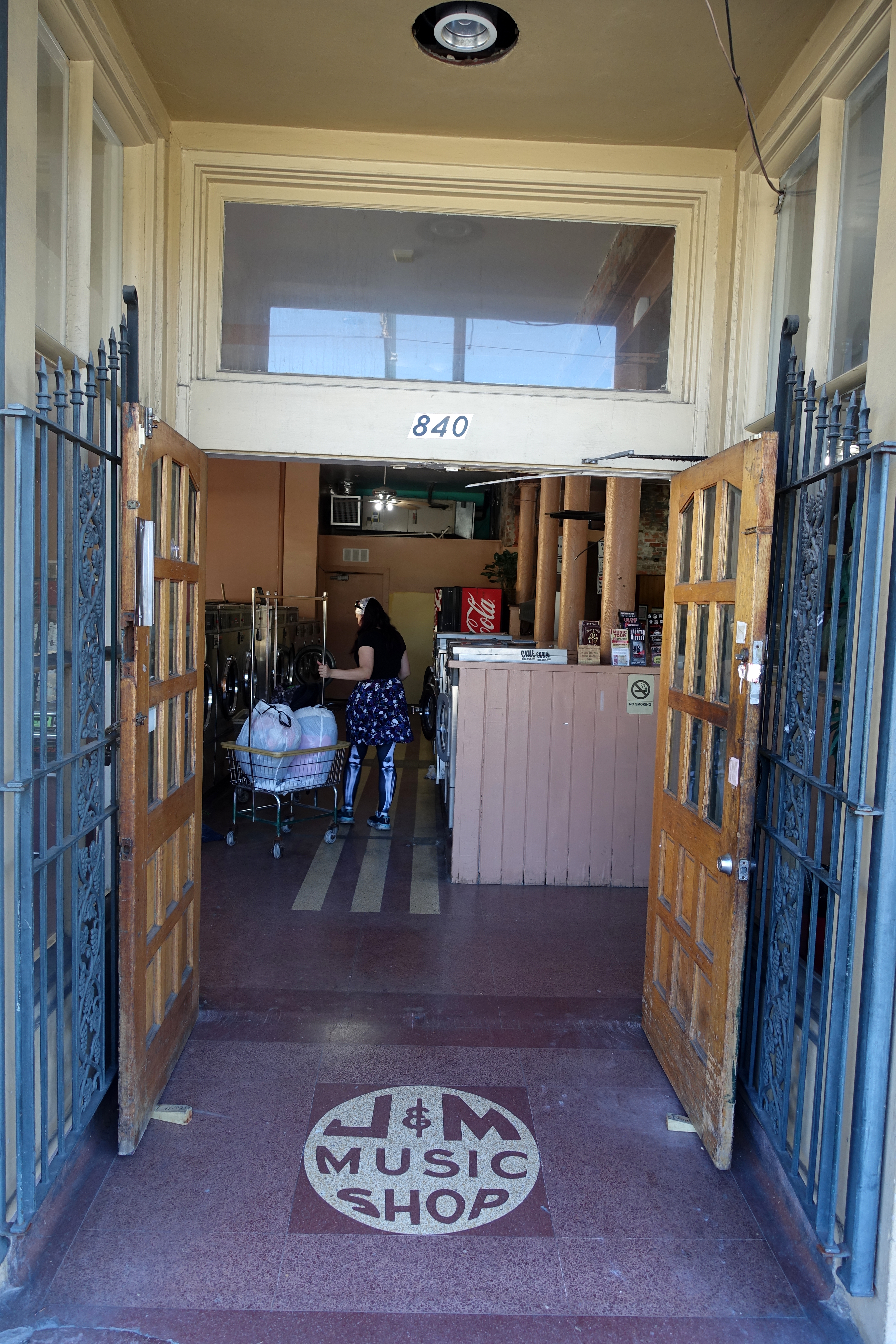


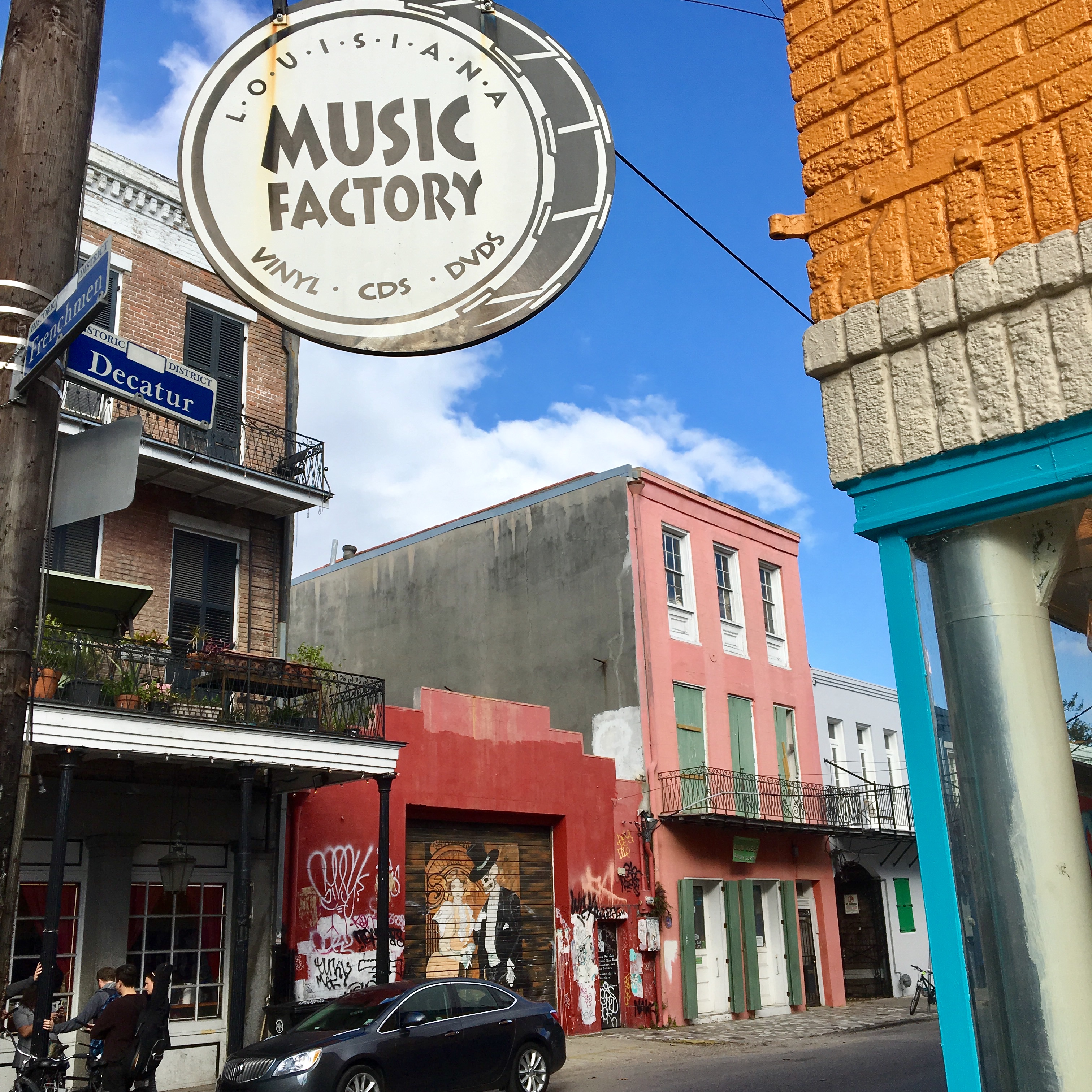

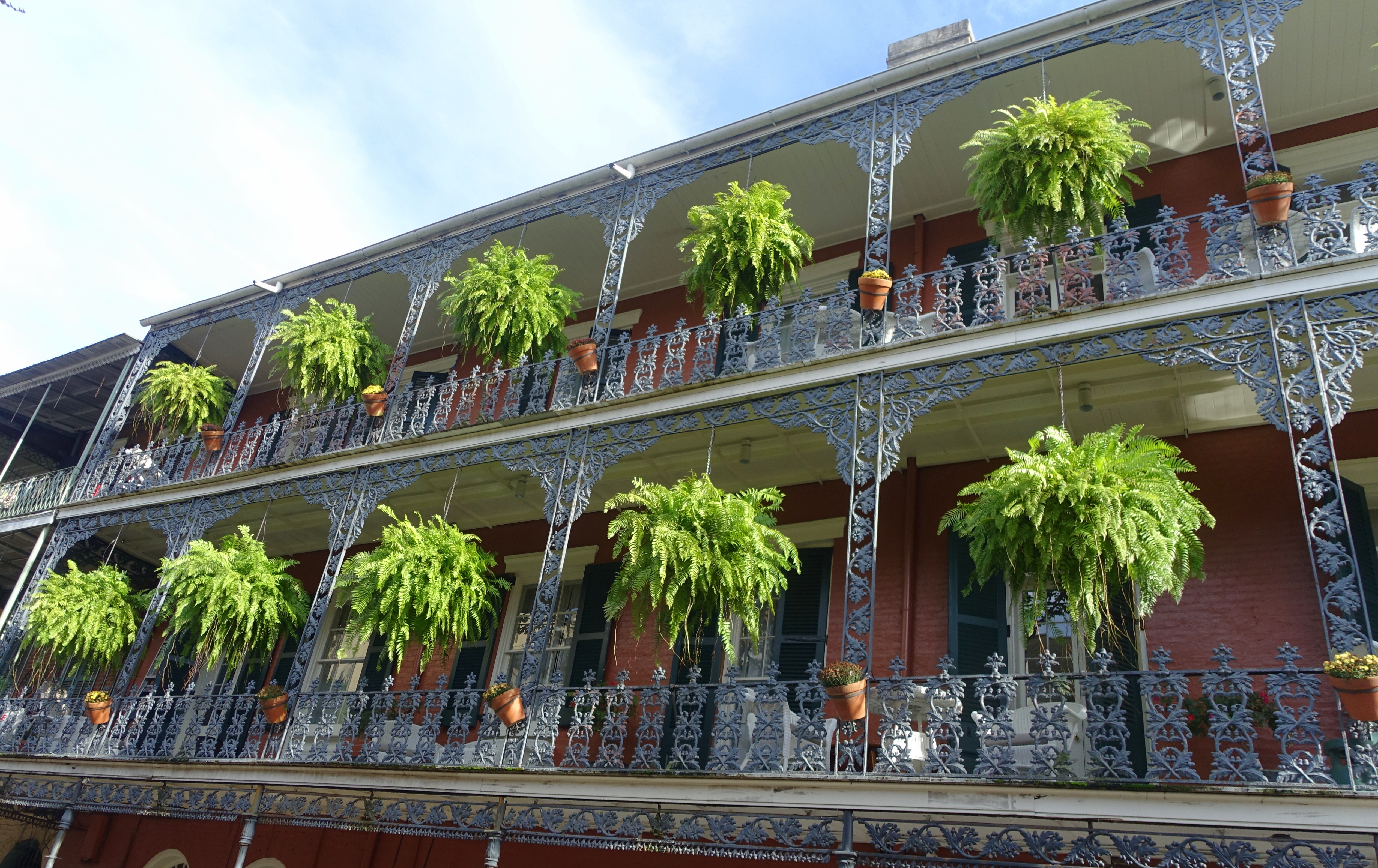
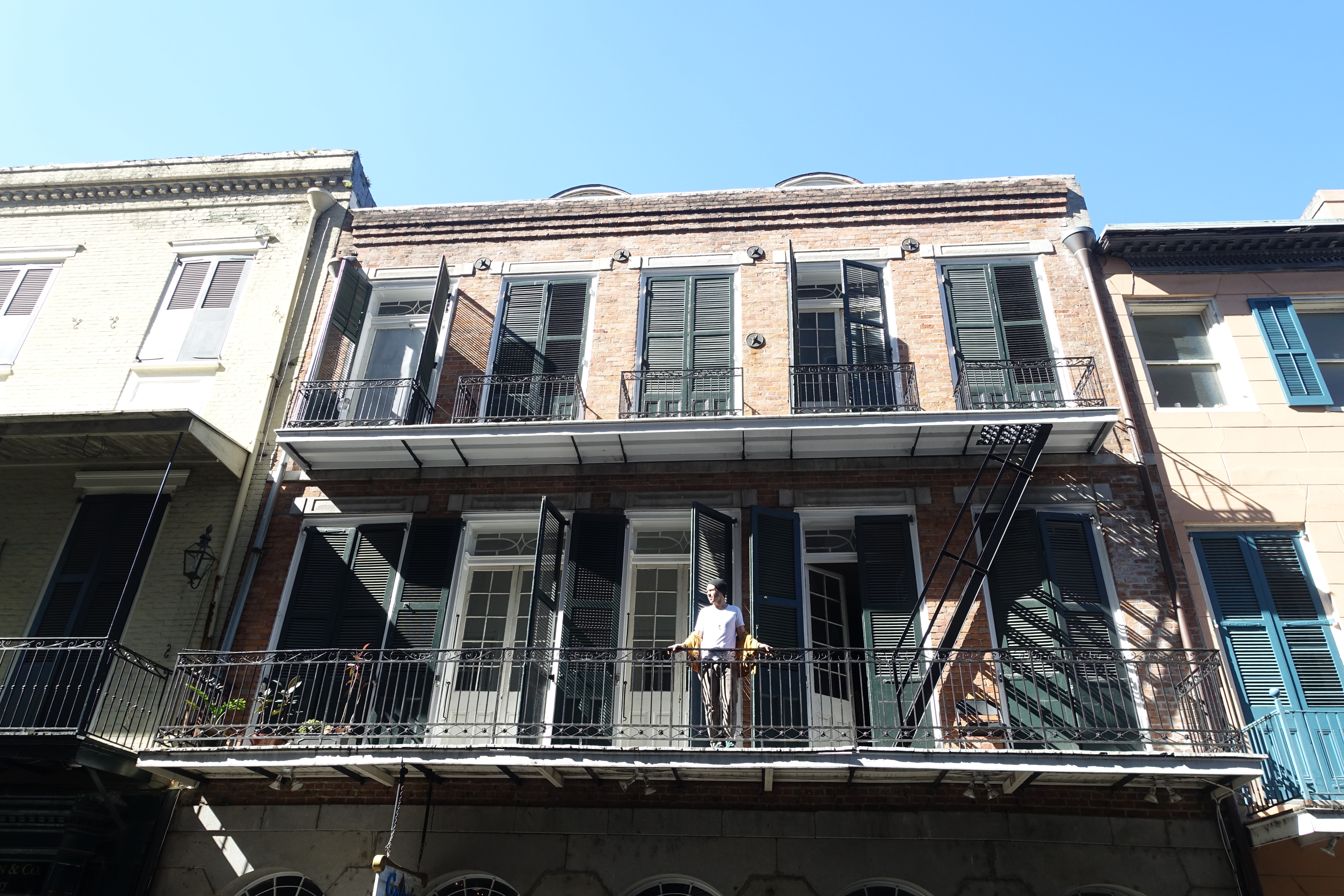





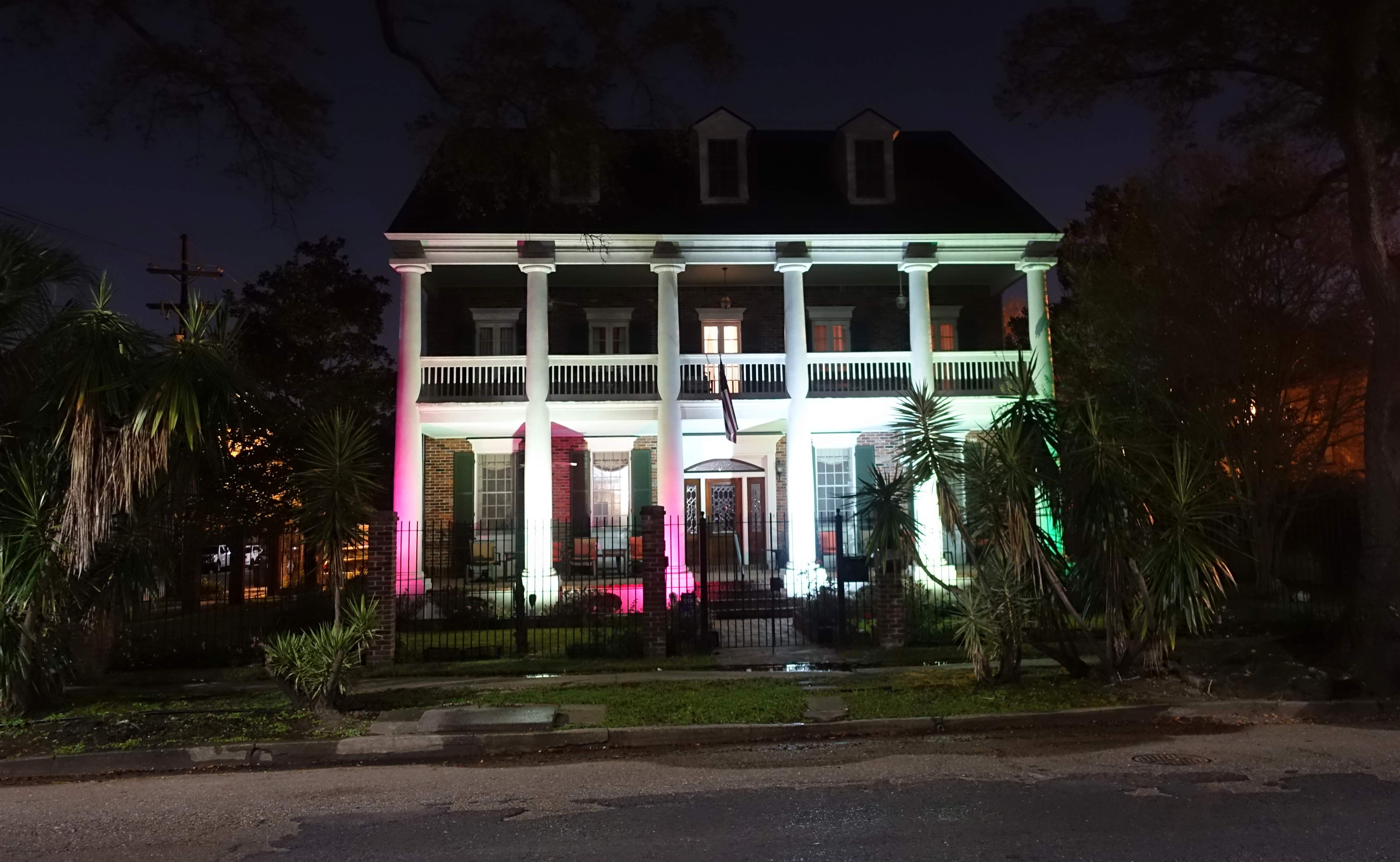

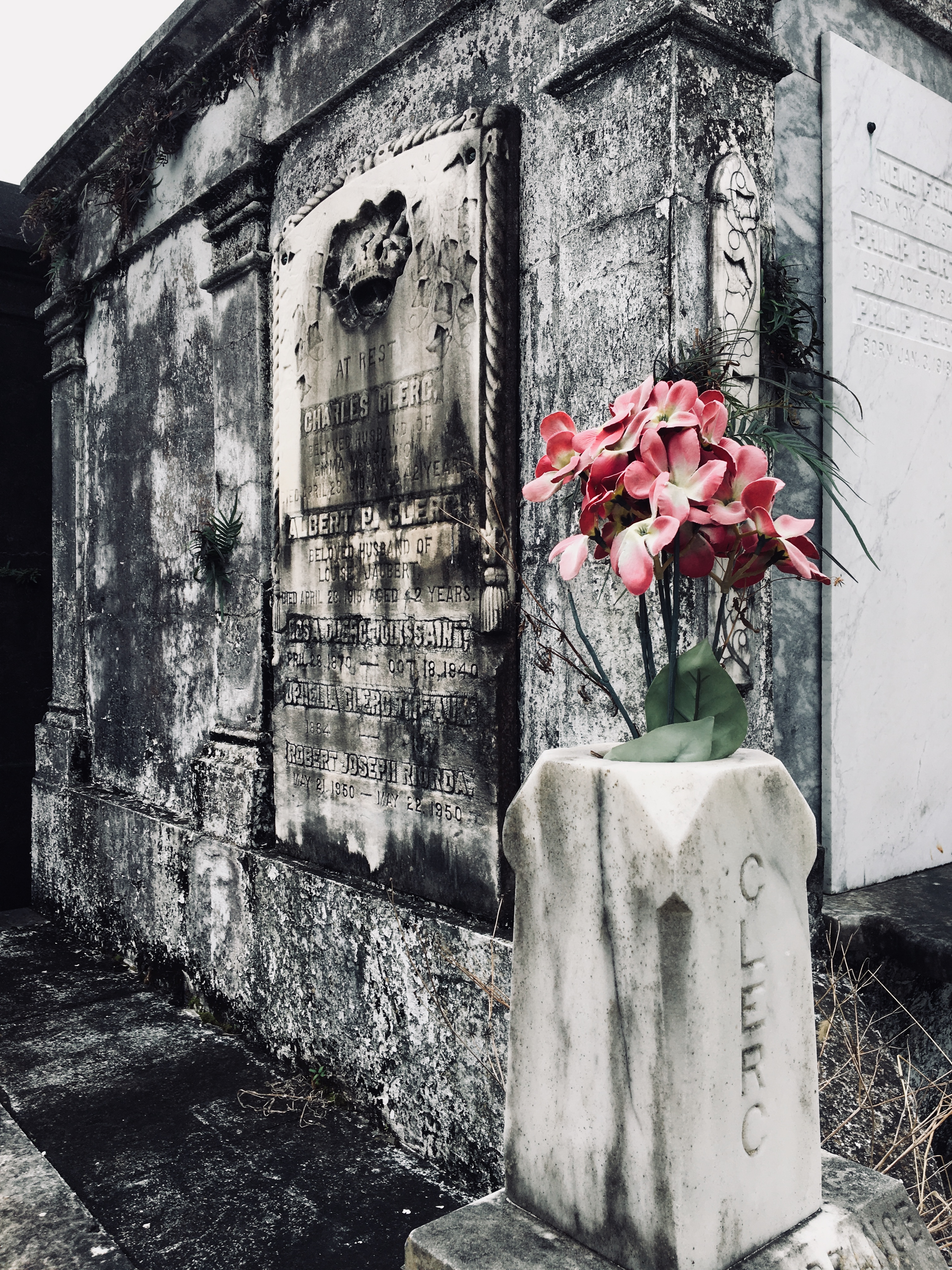



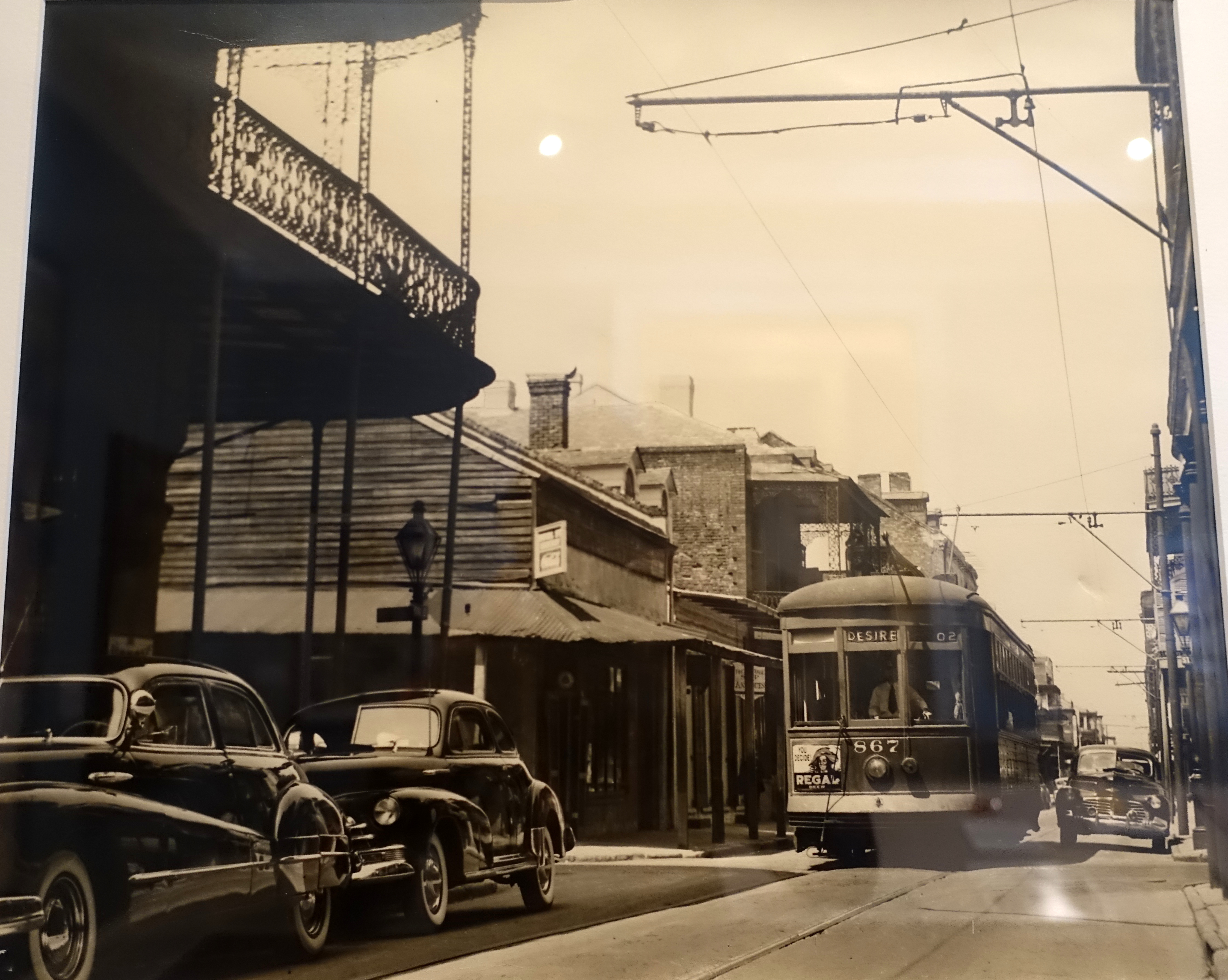







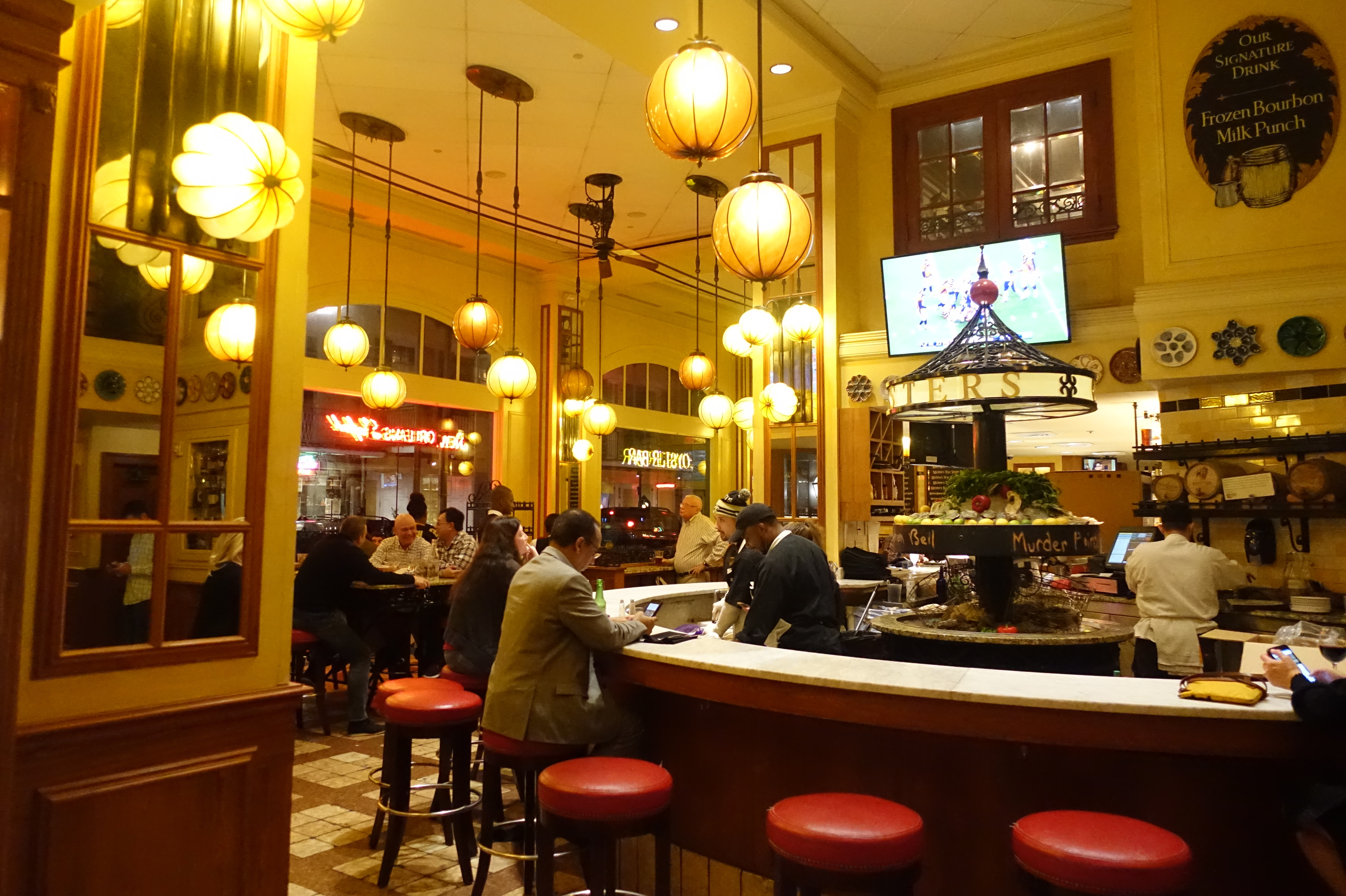 The above picture features the Bourbon House restaurant which specialises in oysters and bourbon whisky. It is also home to the New Orleans Bourbon Society (aka as NOBS)
The above picture features the Bourbon House restaurant which specialises in oysters and bourbon whisky. It is also home to the New Orleans Bourbon Society (aka as NOBS)